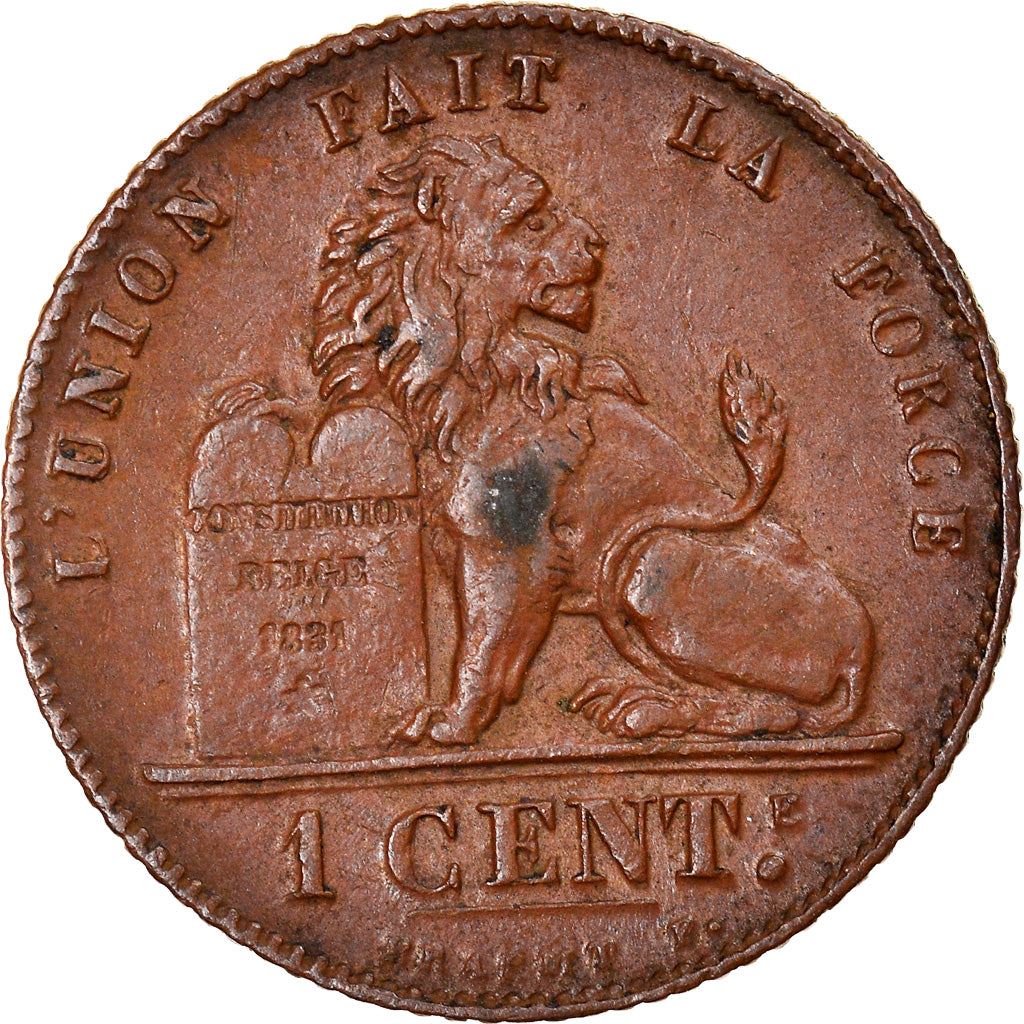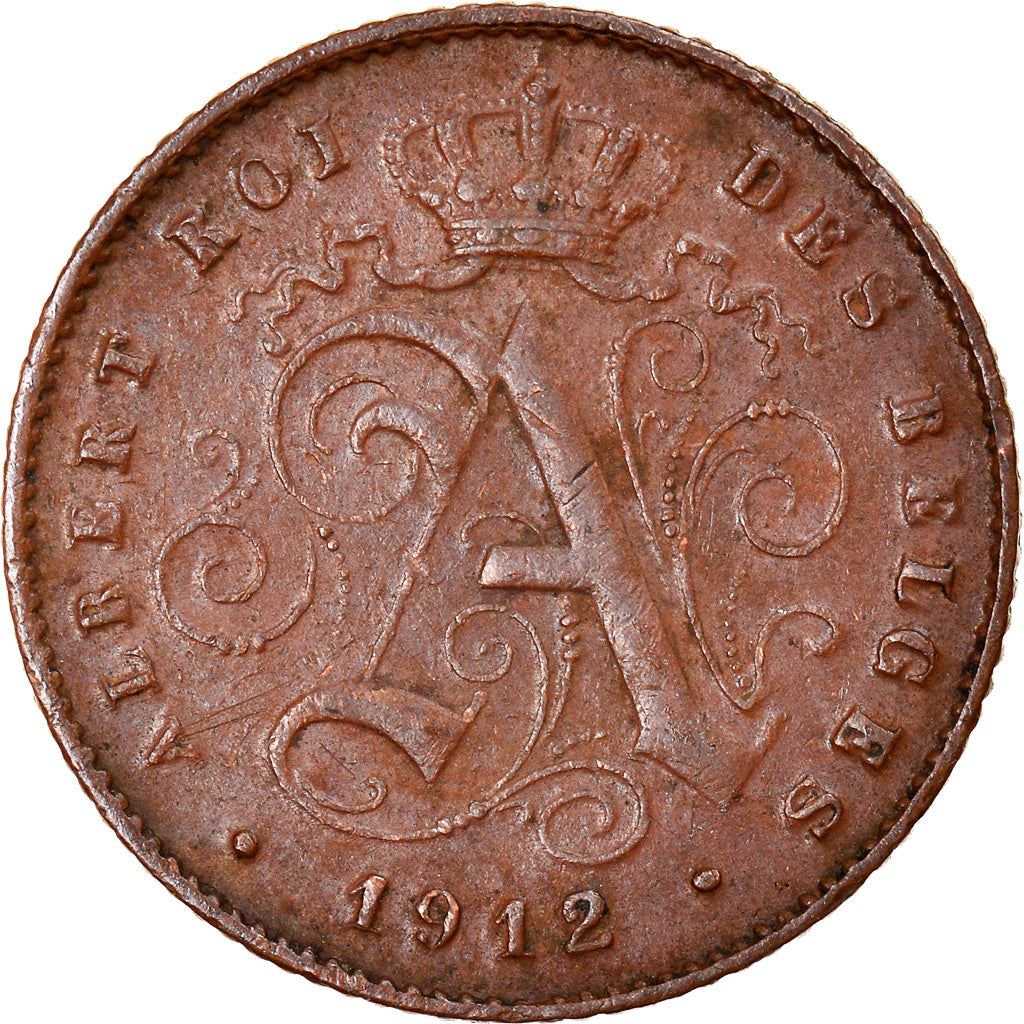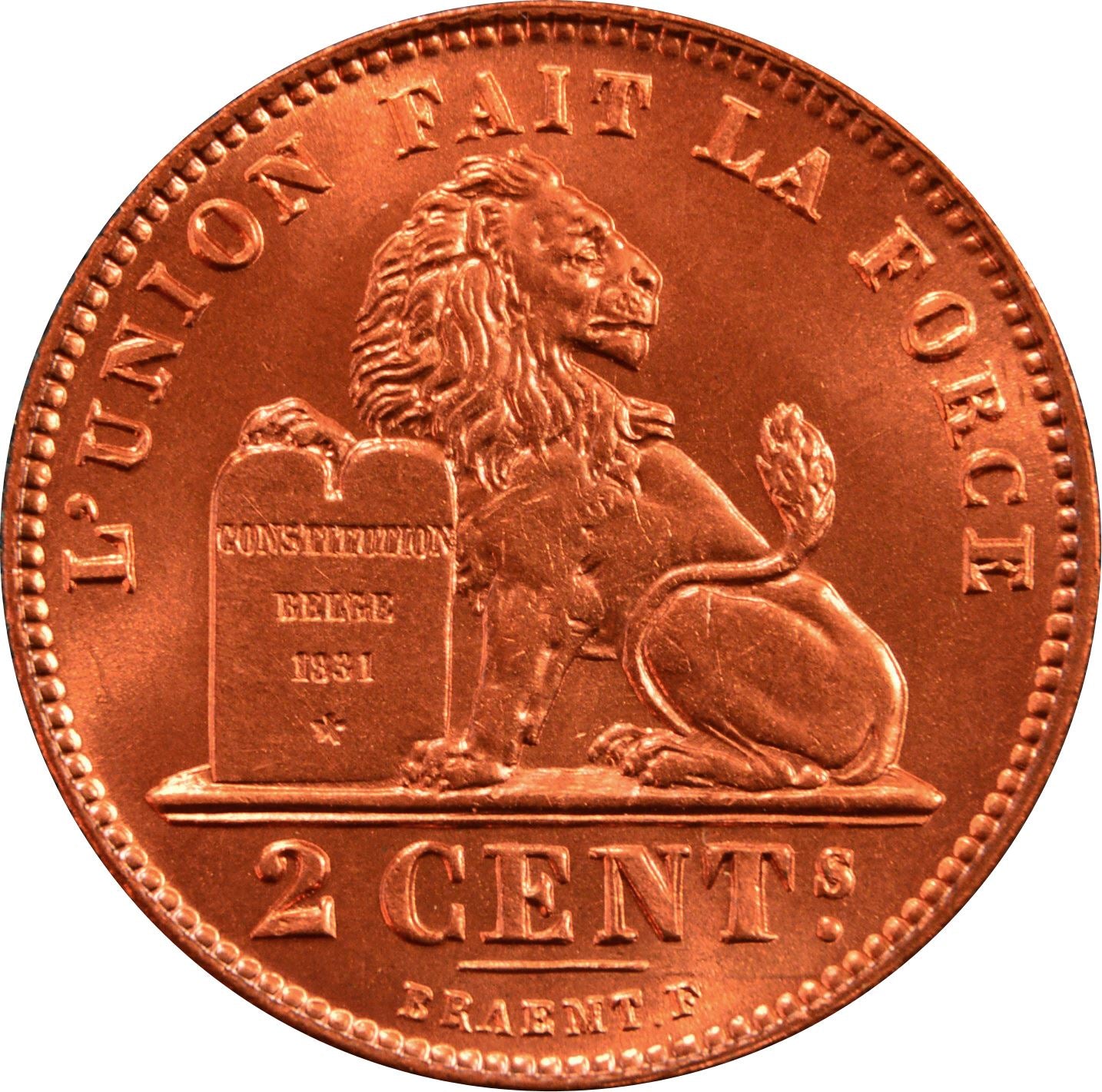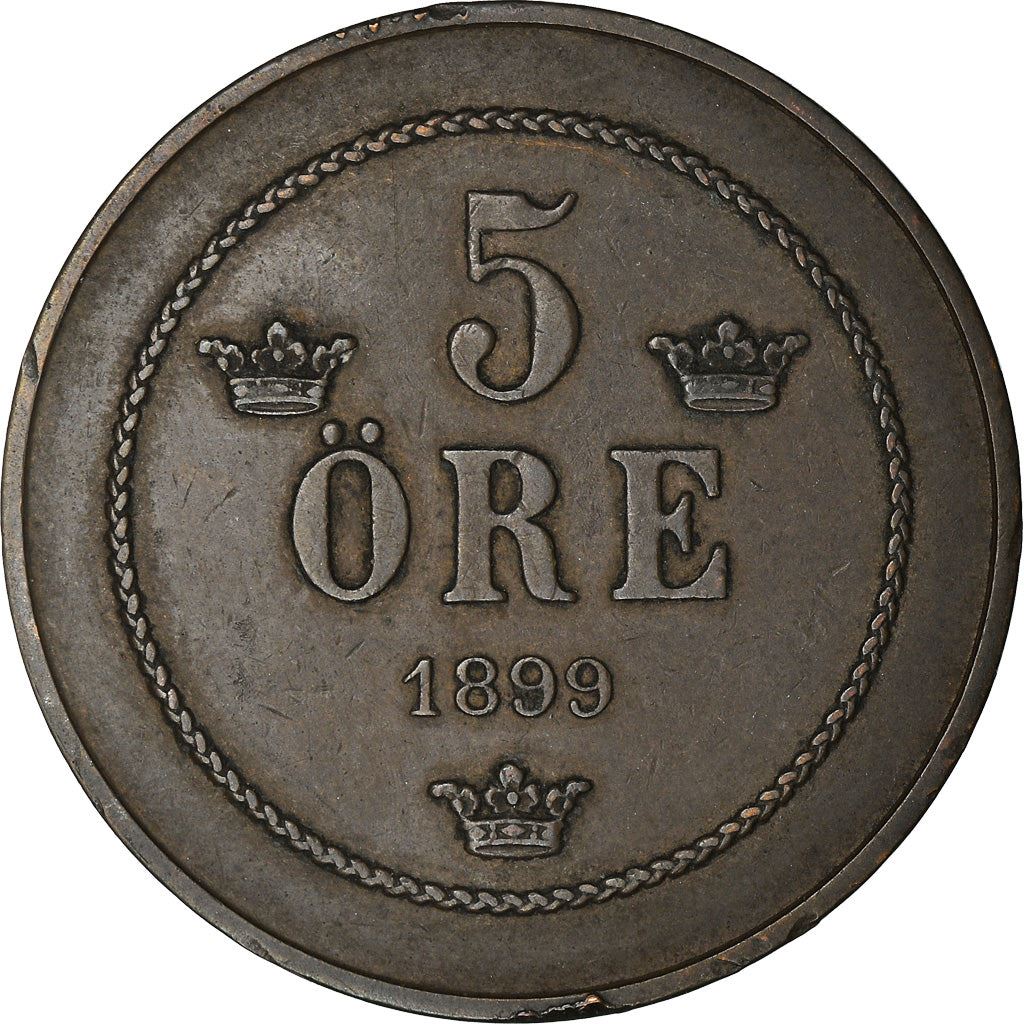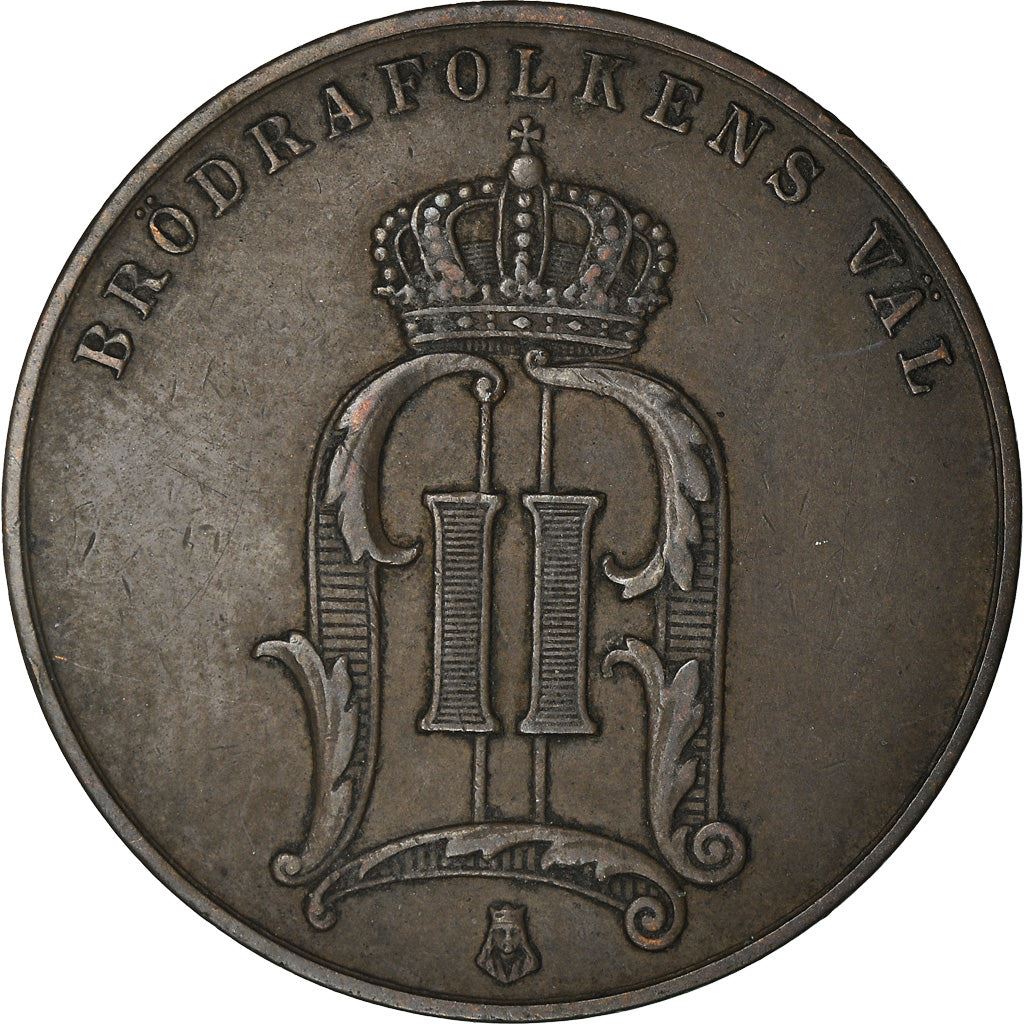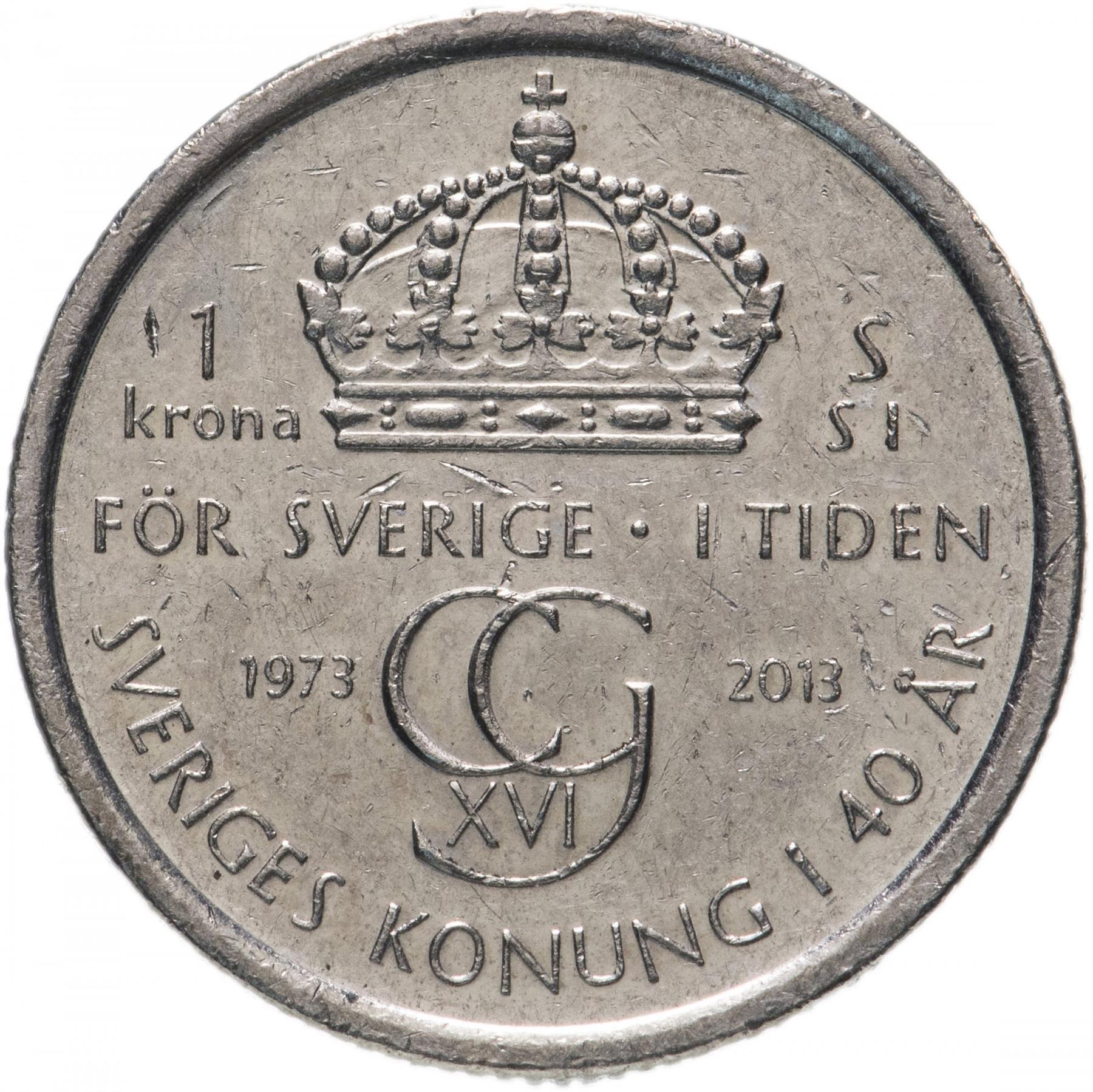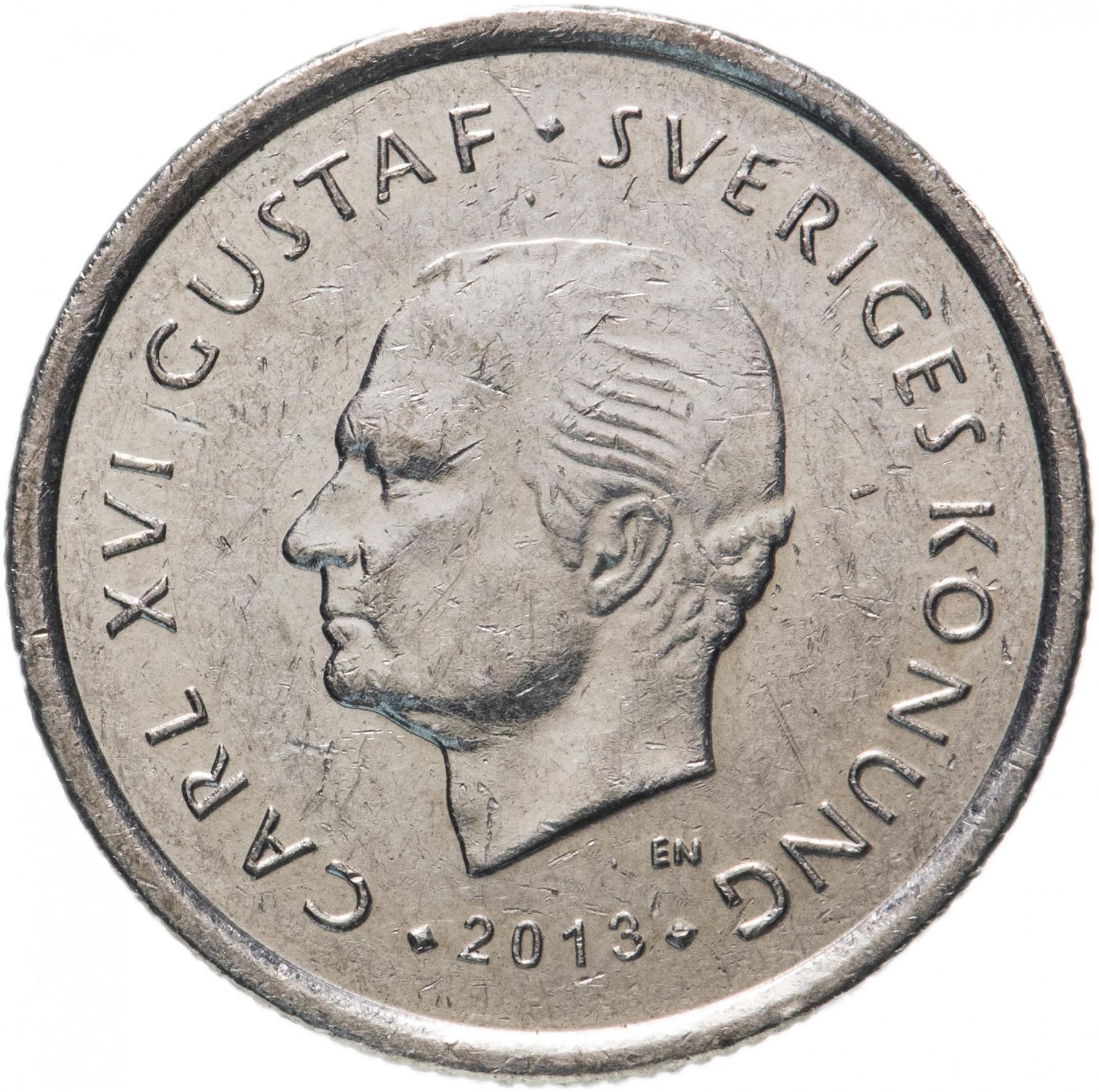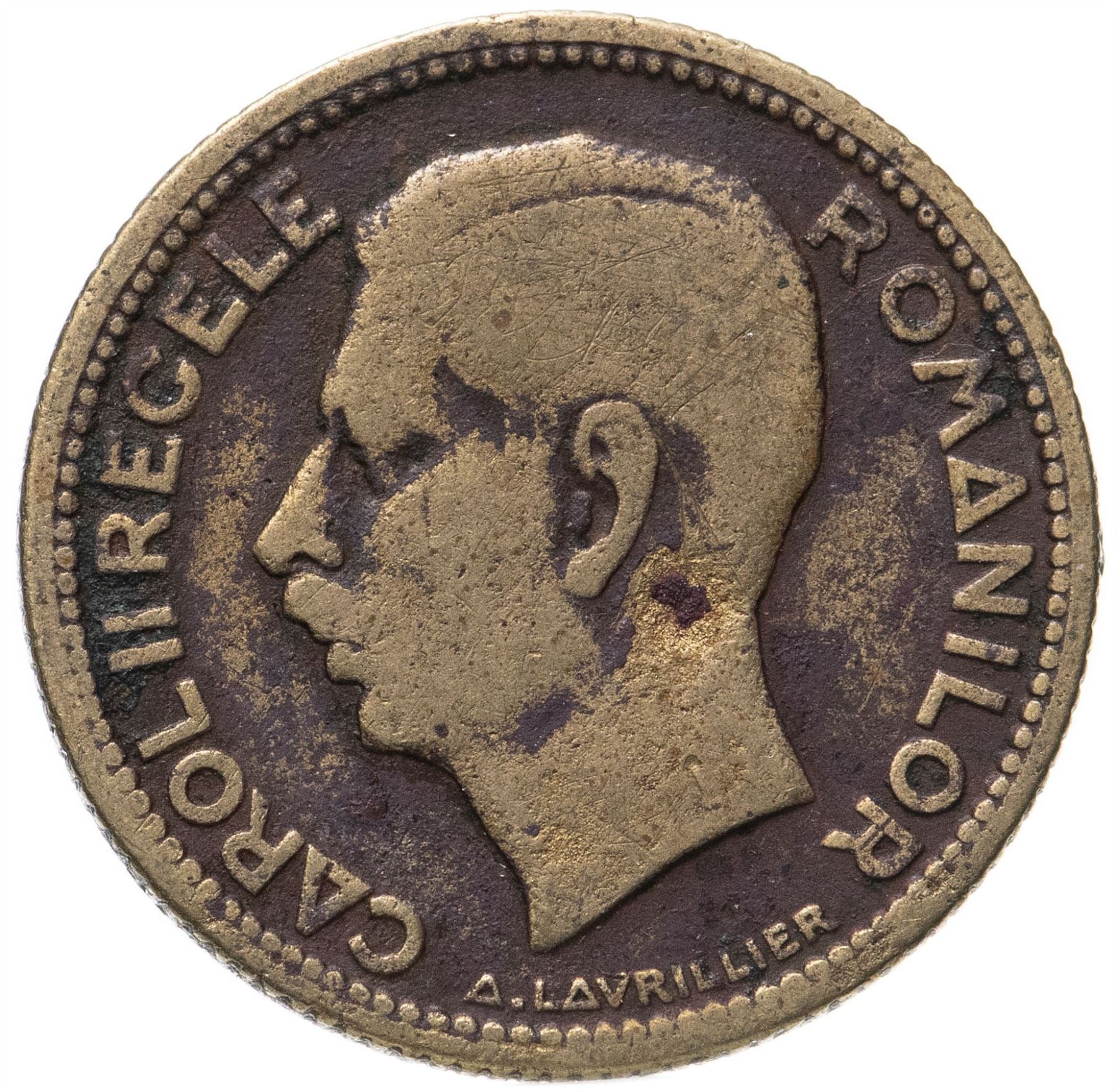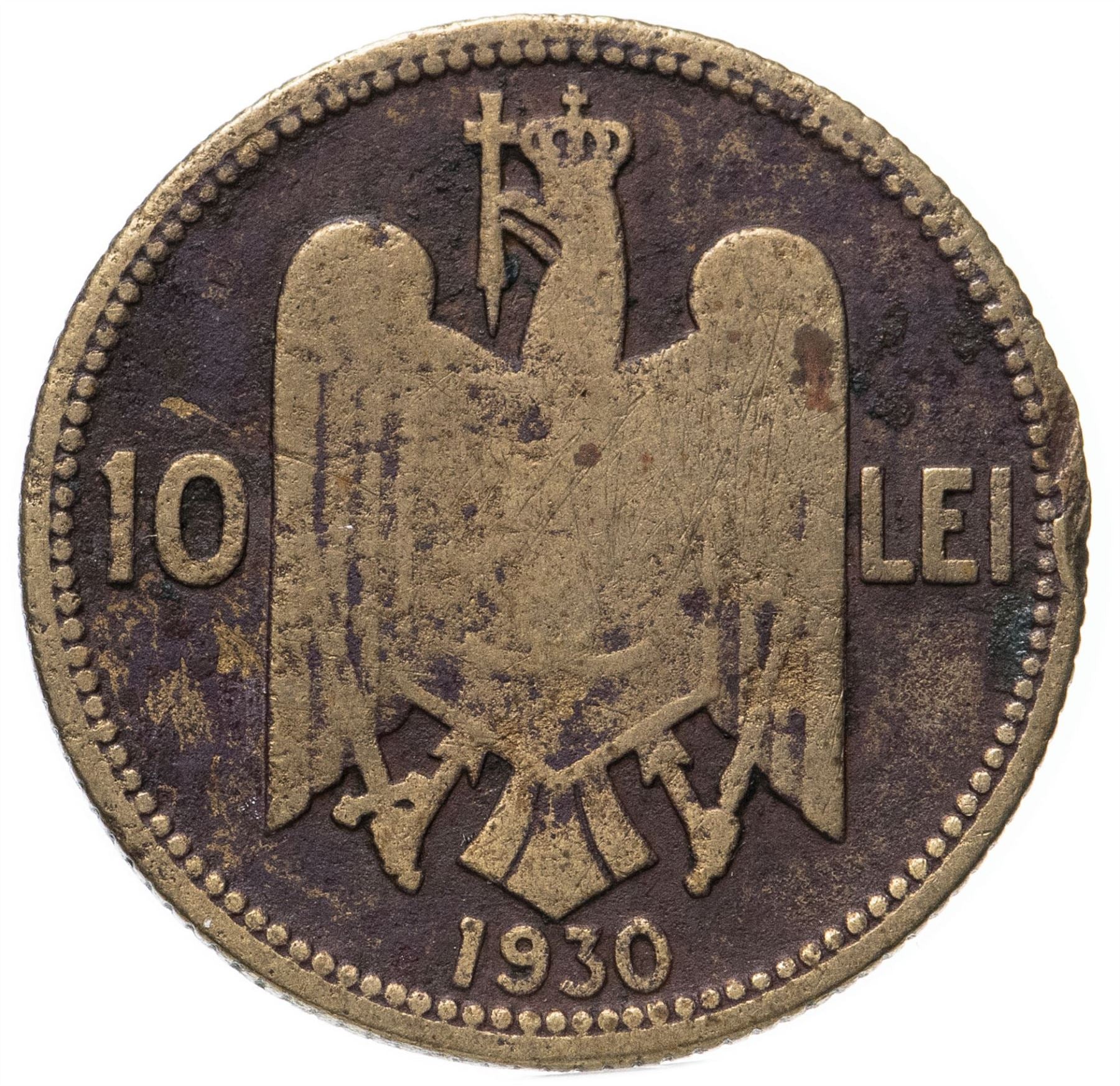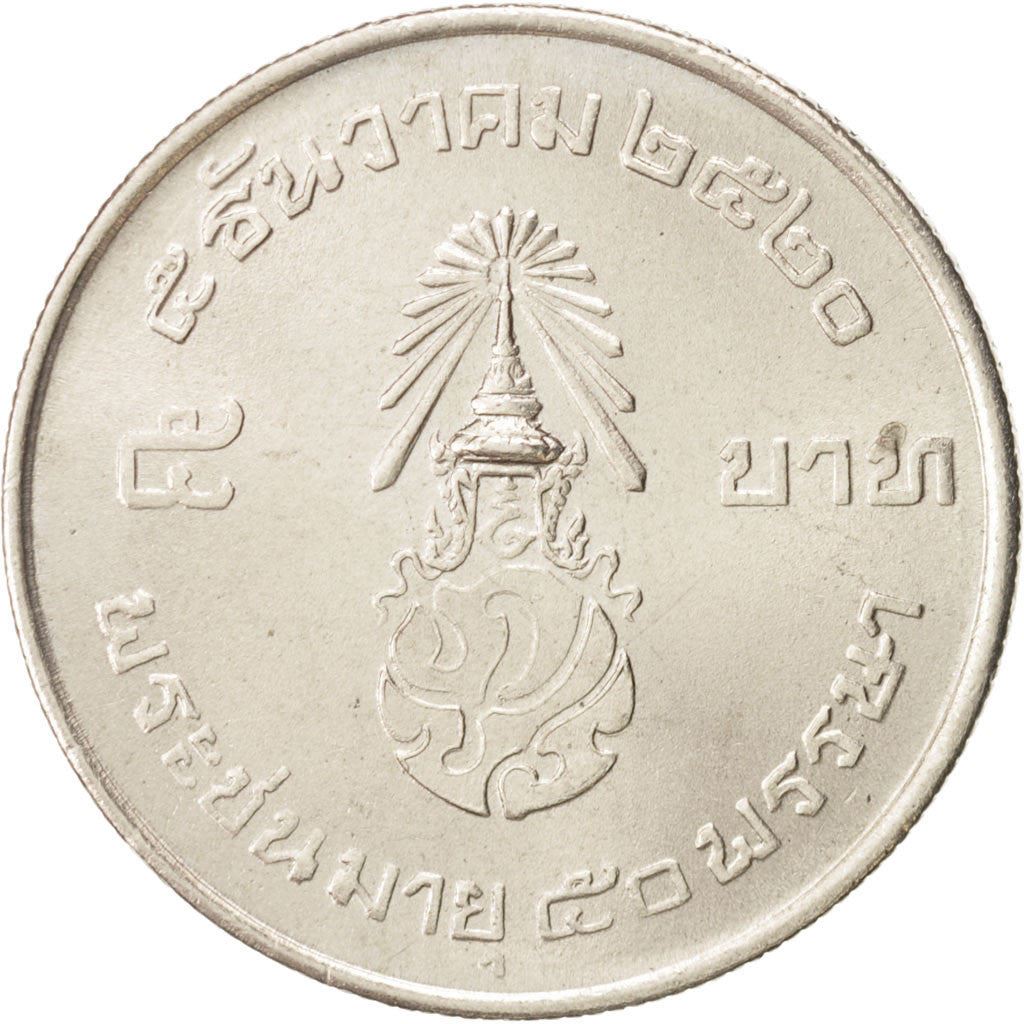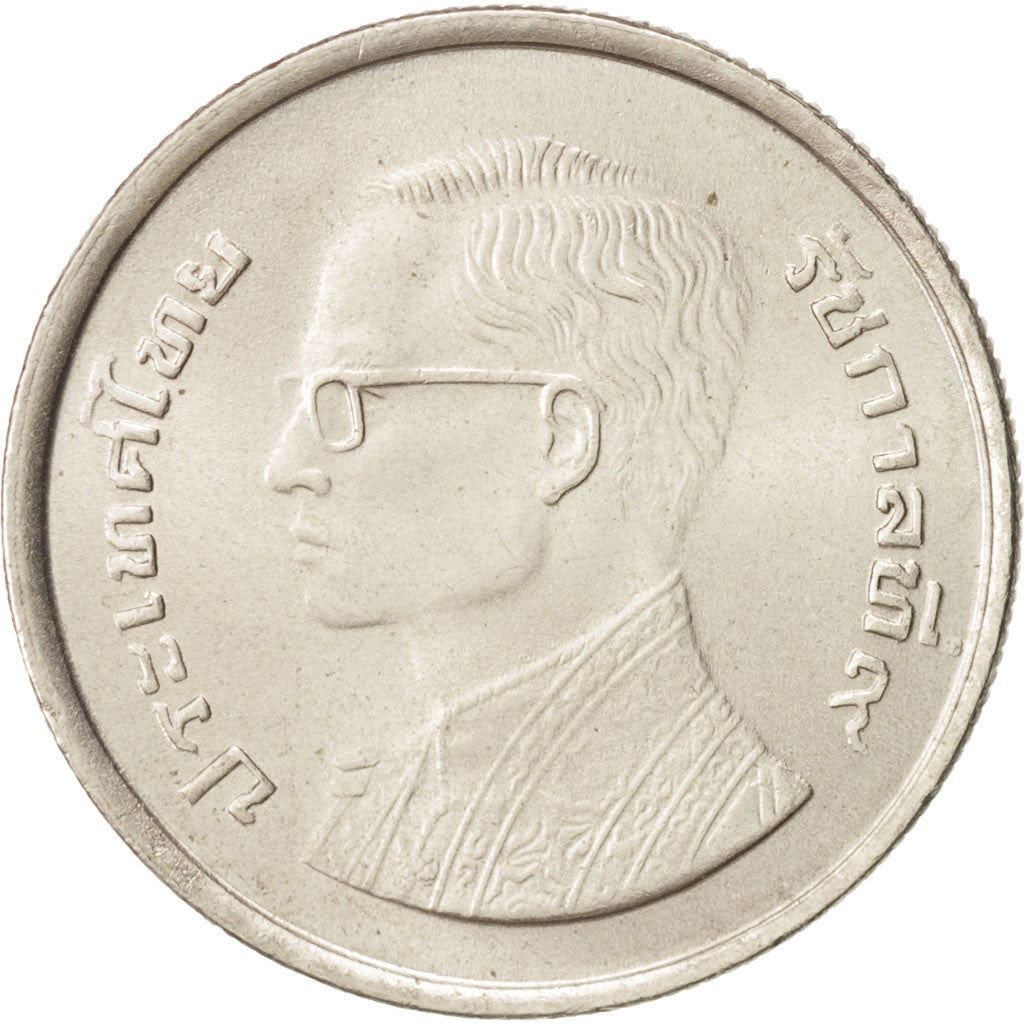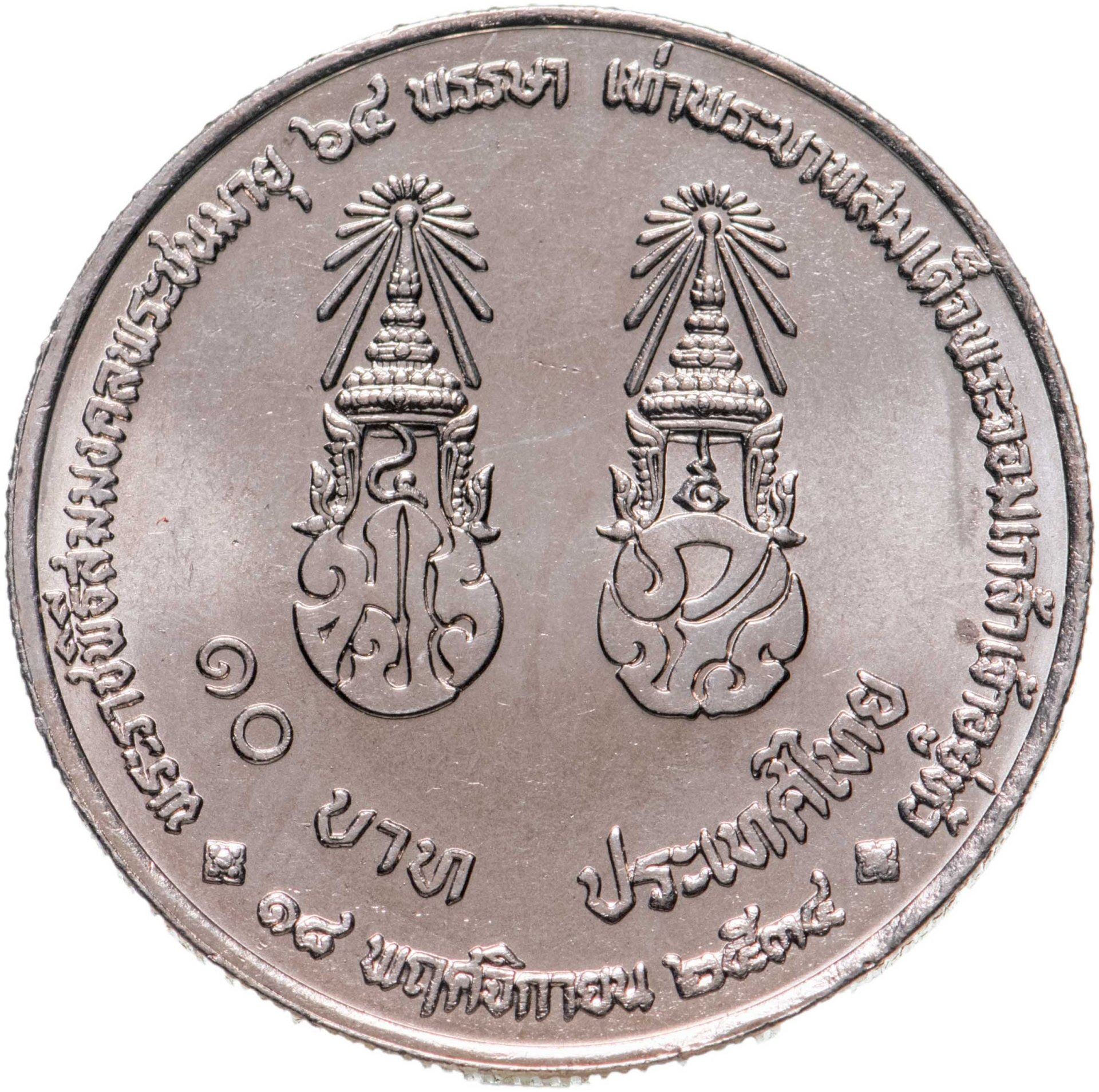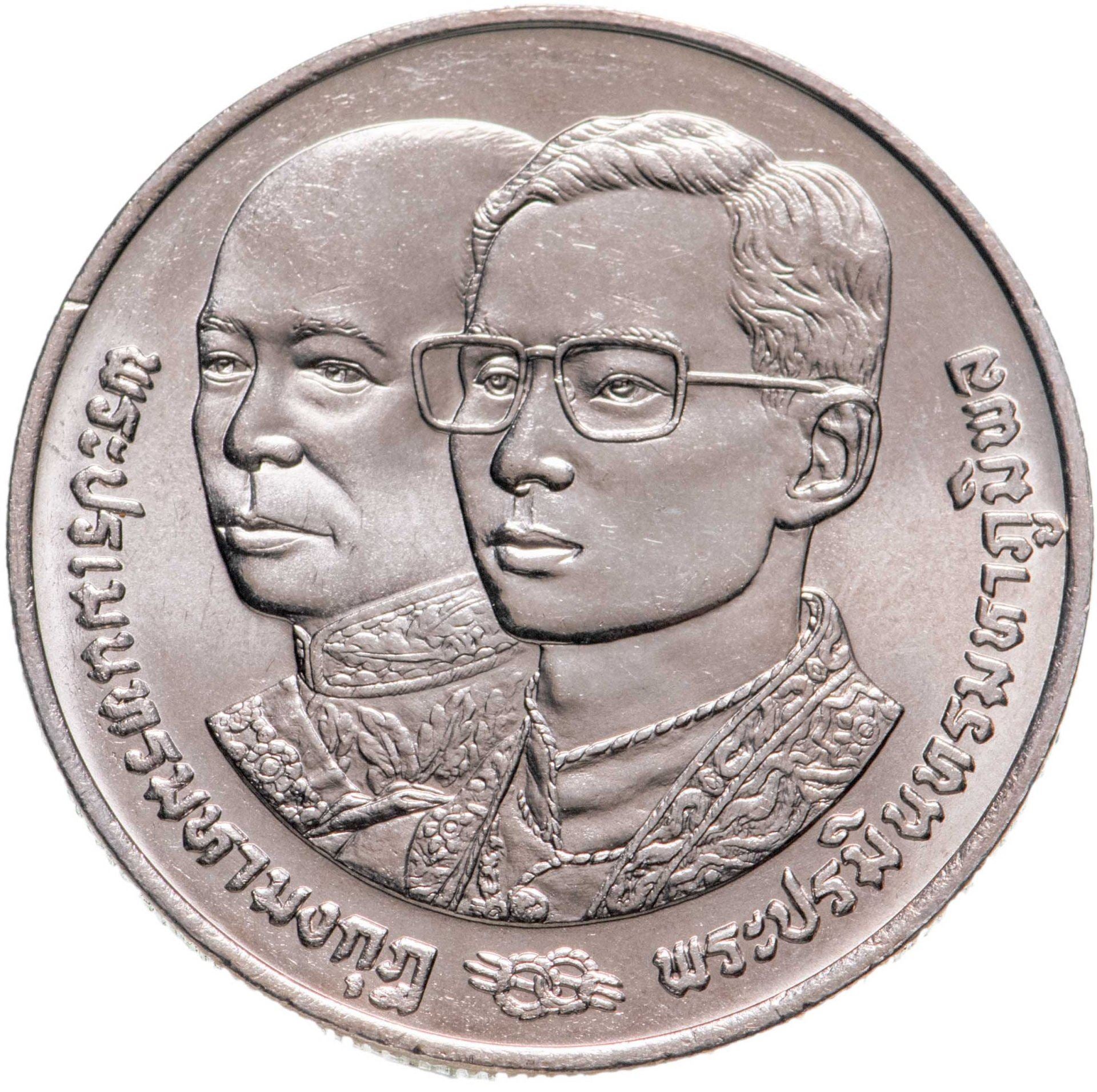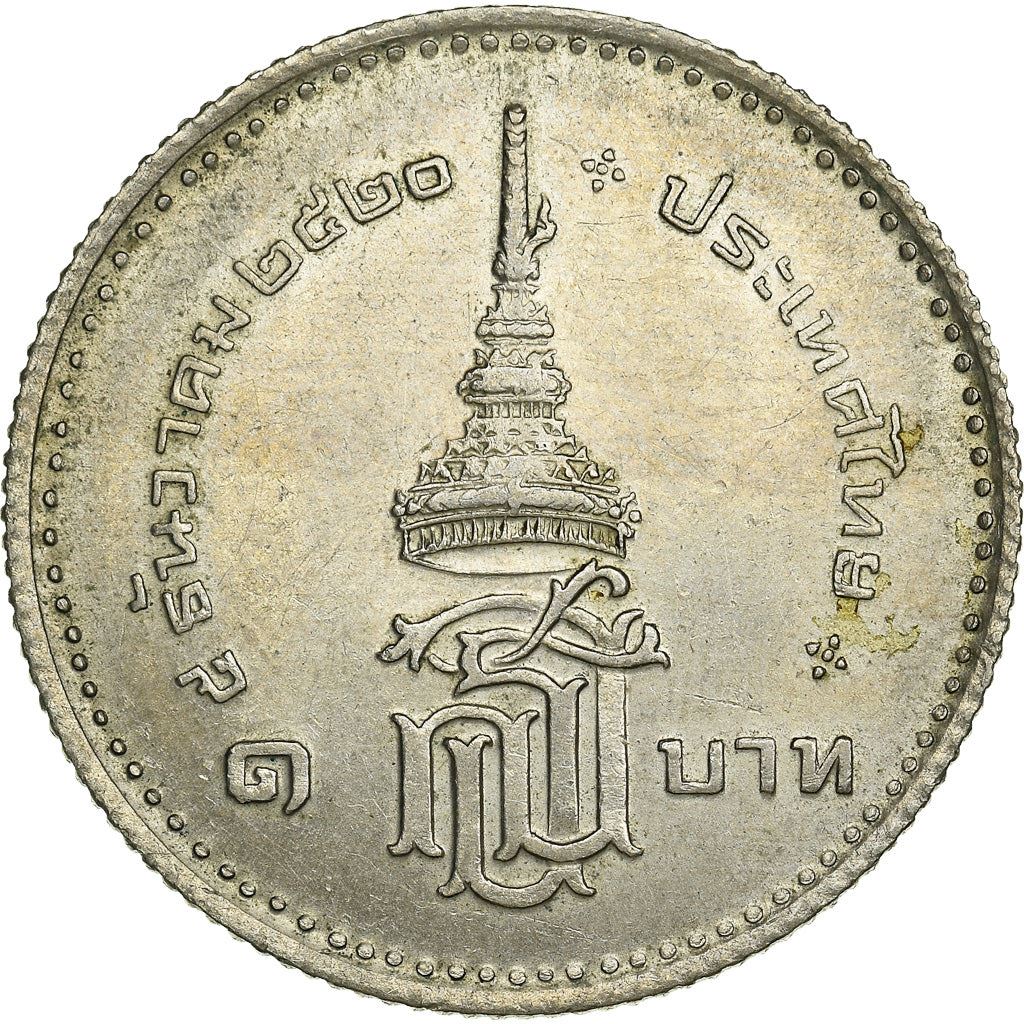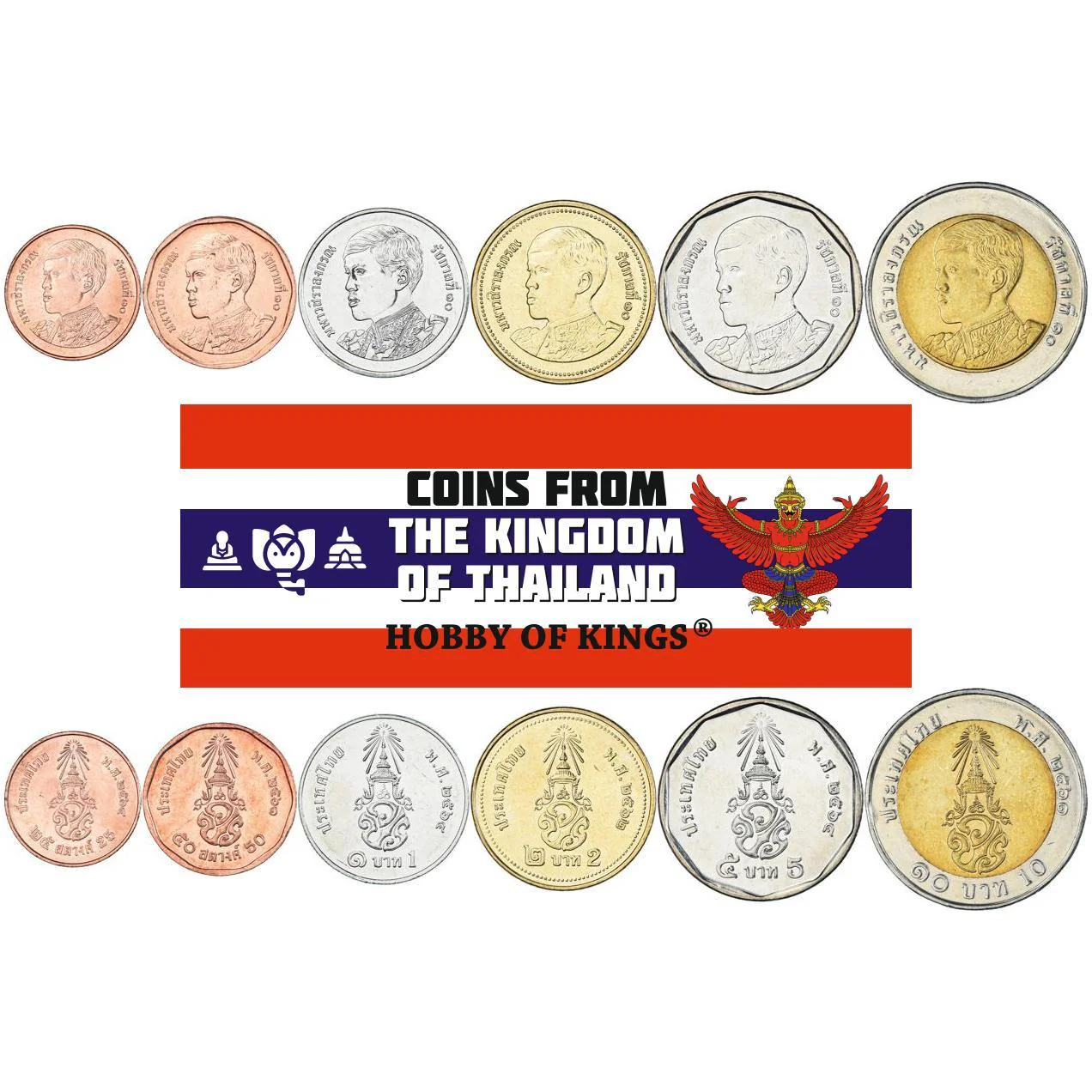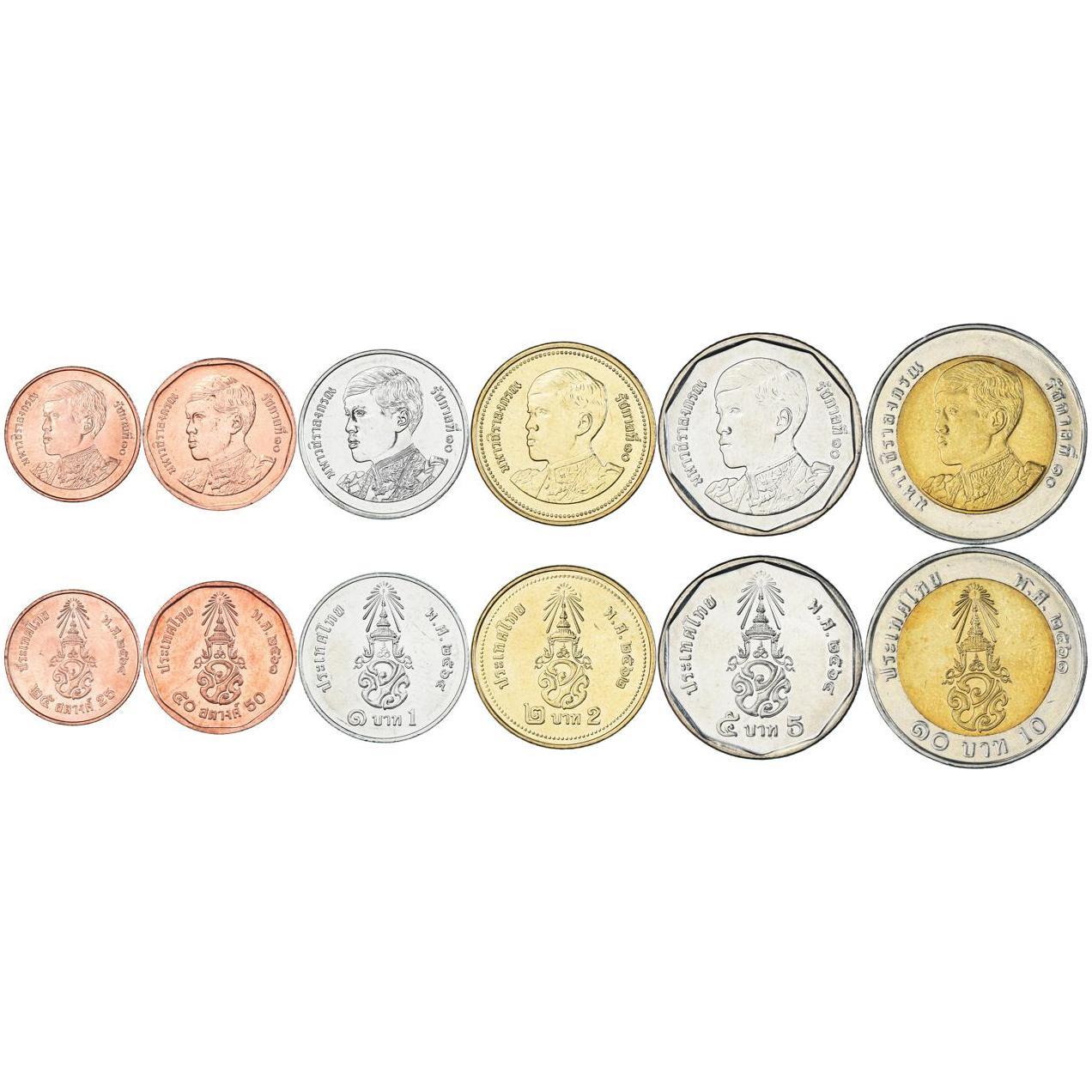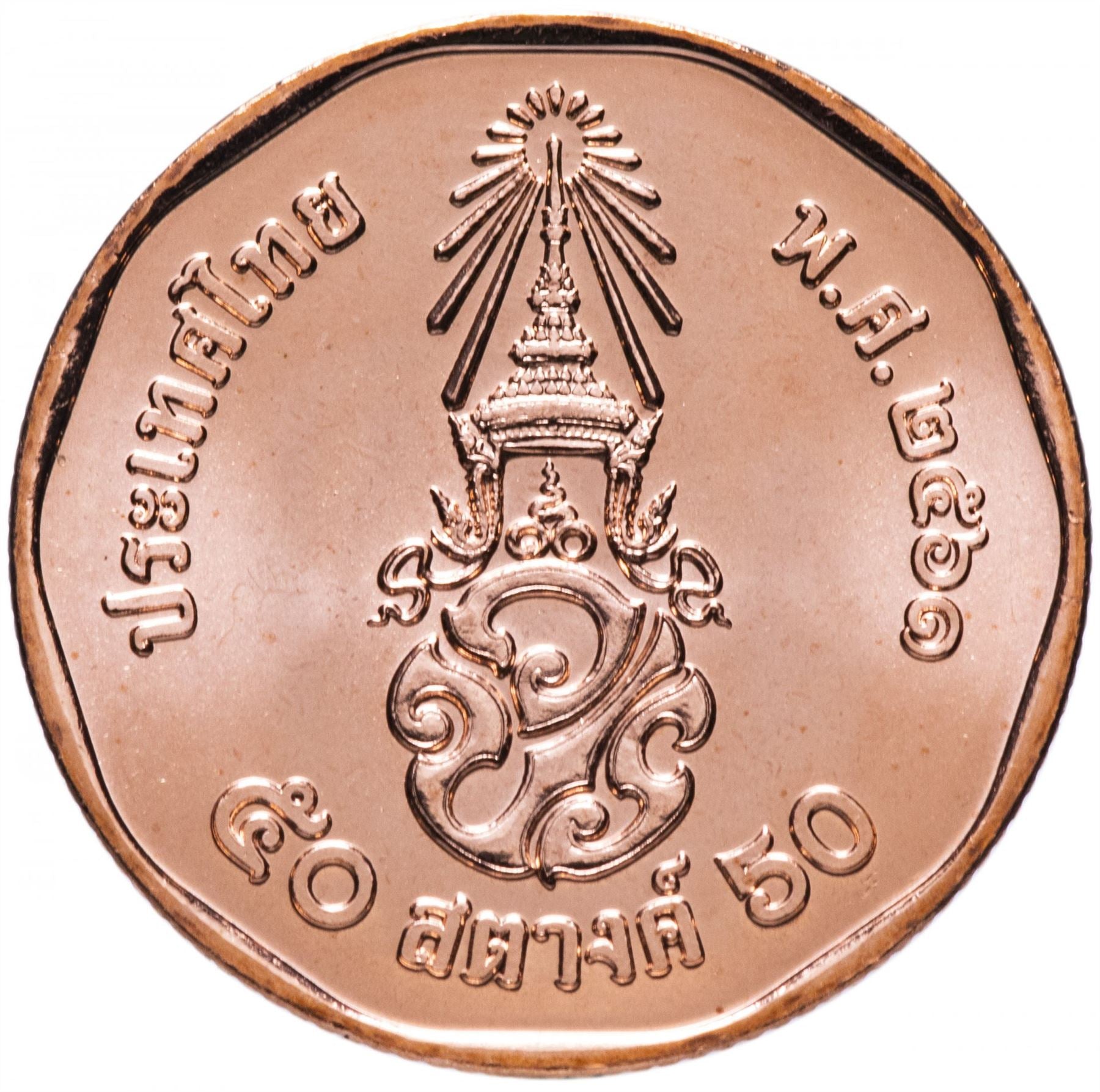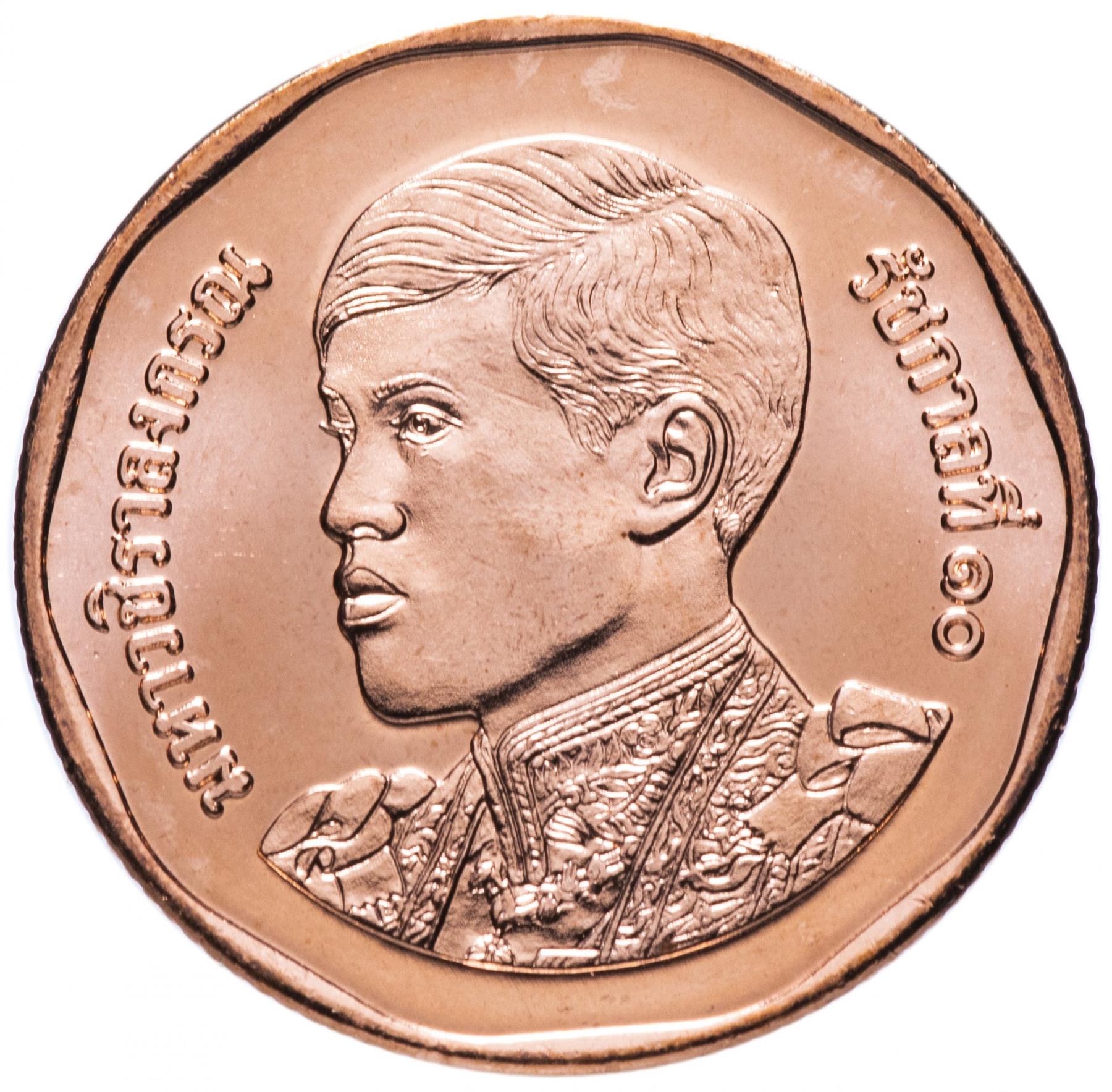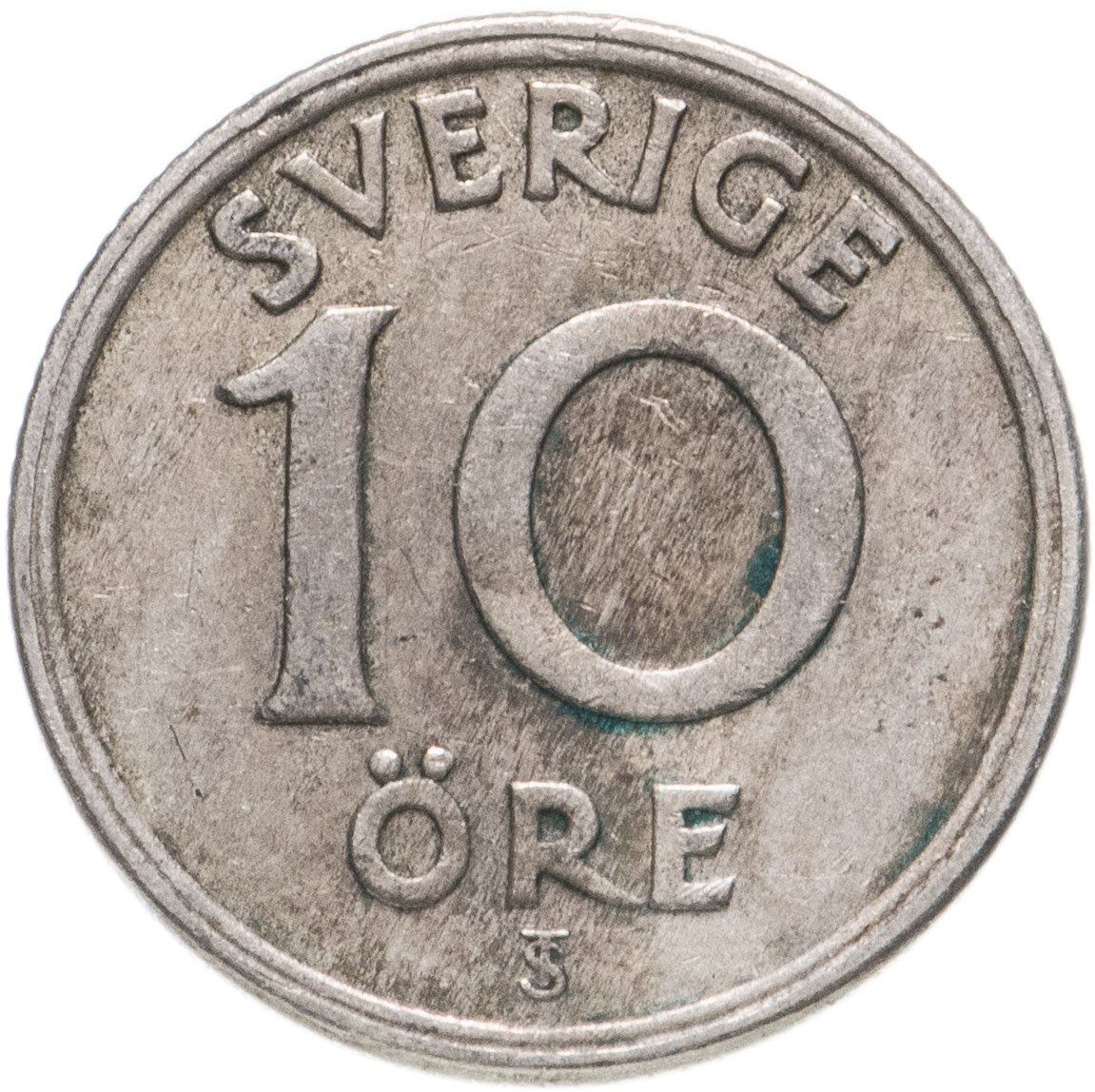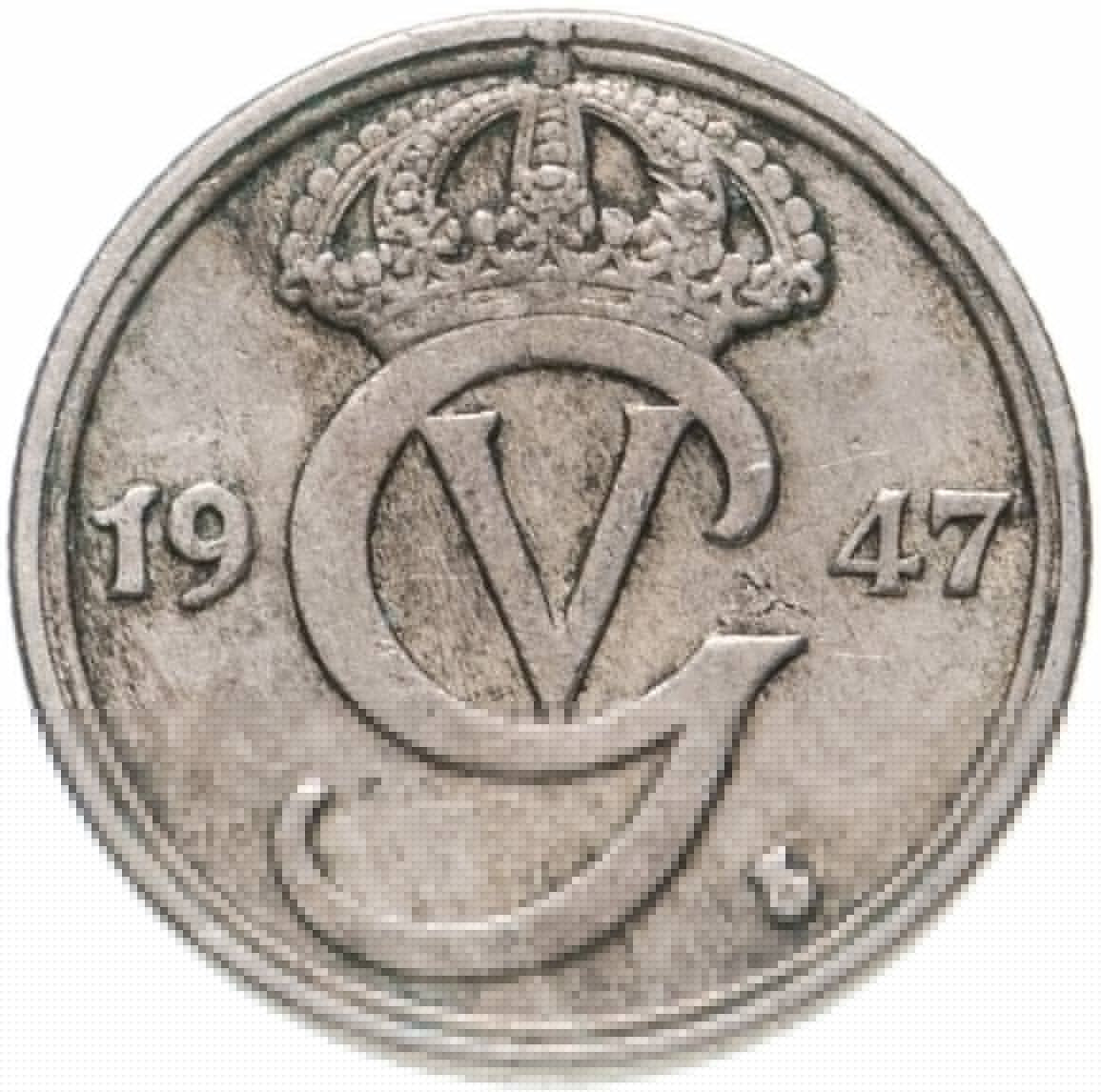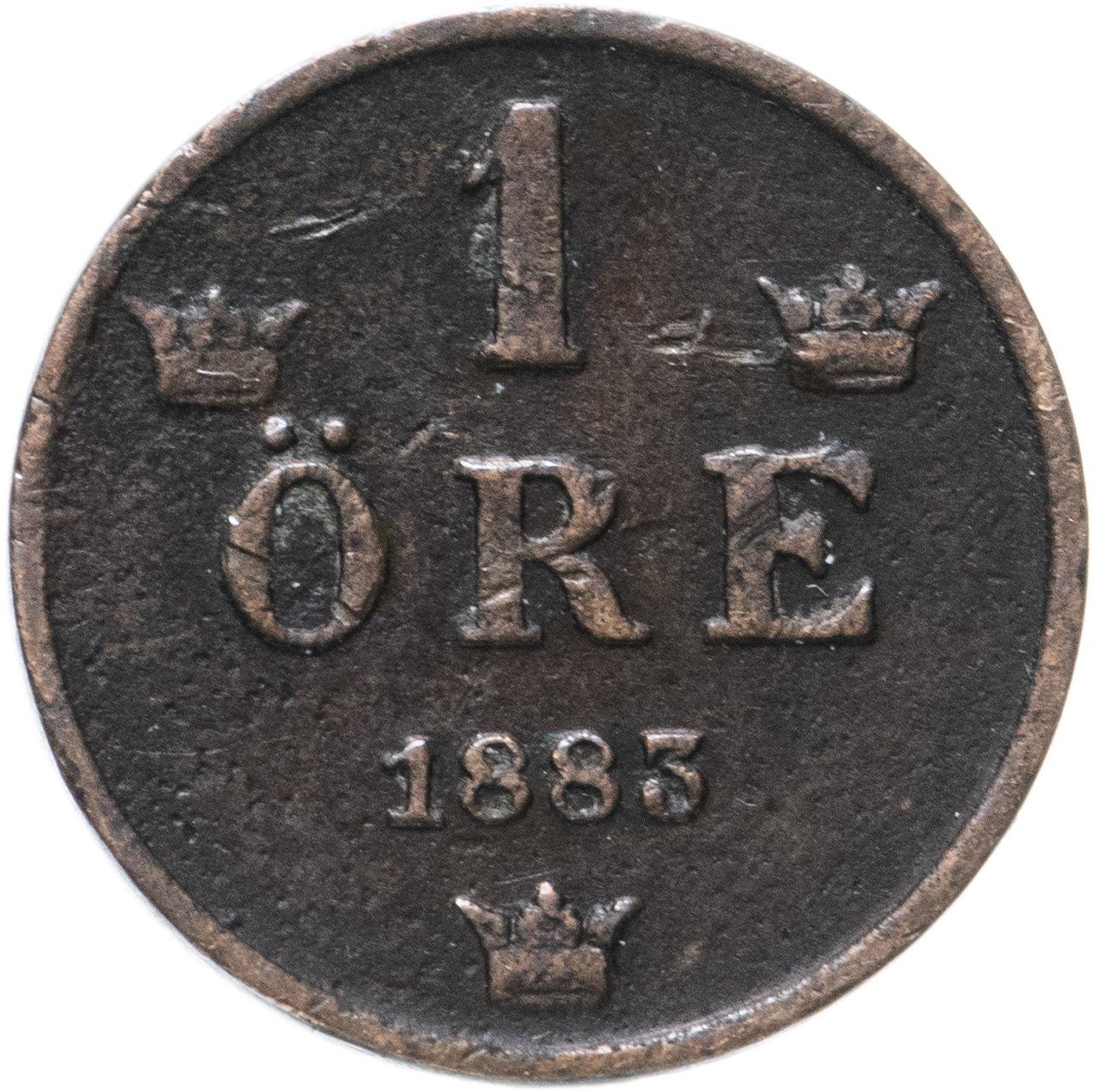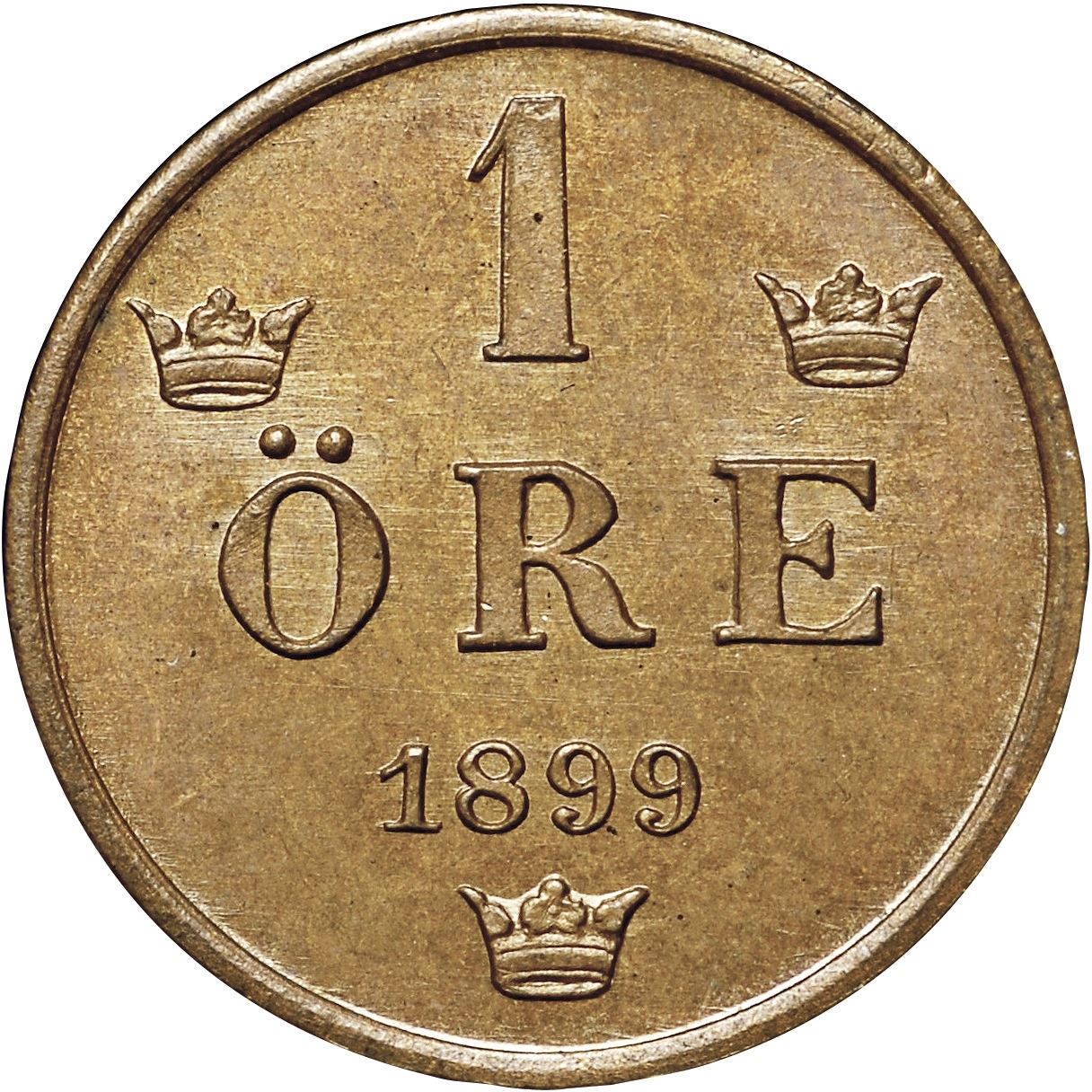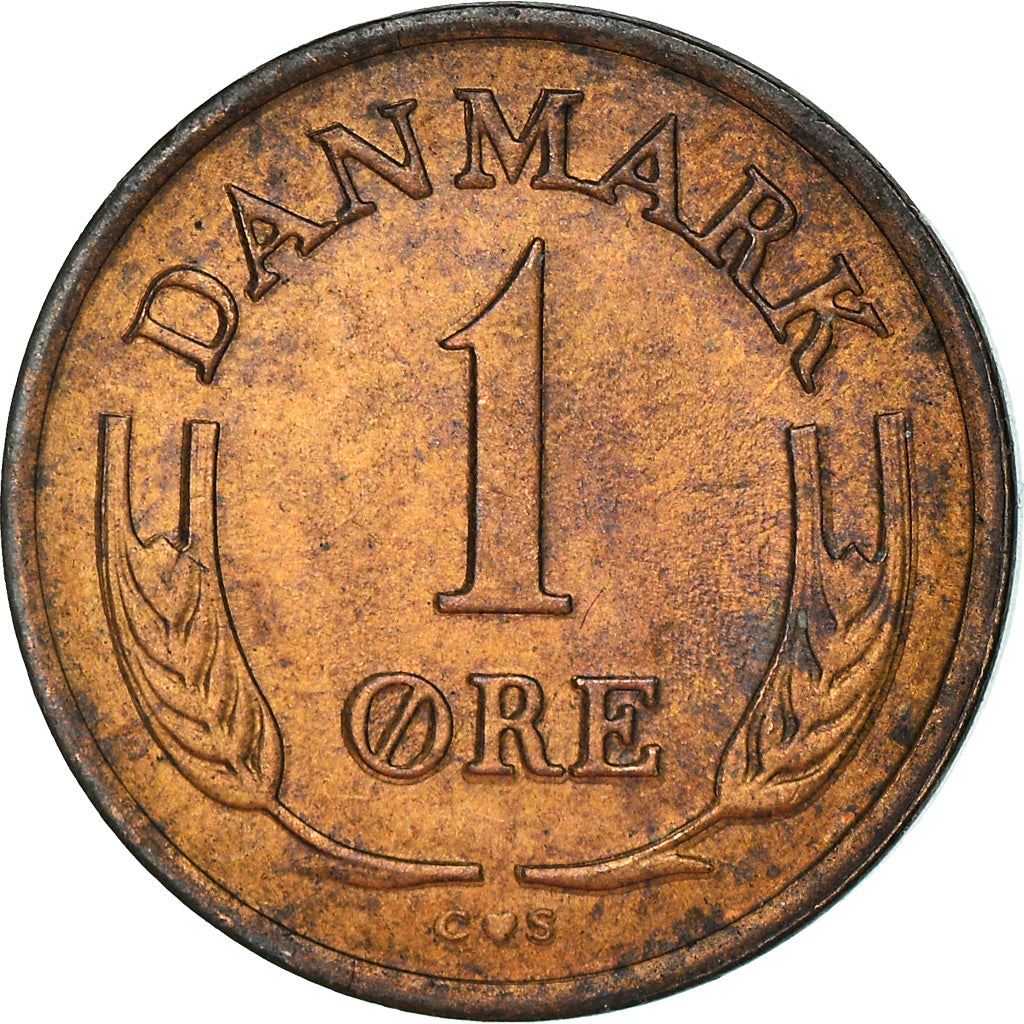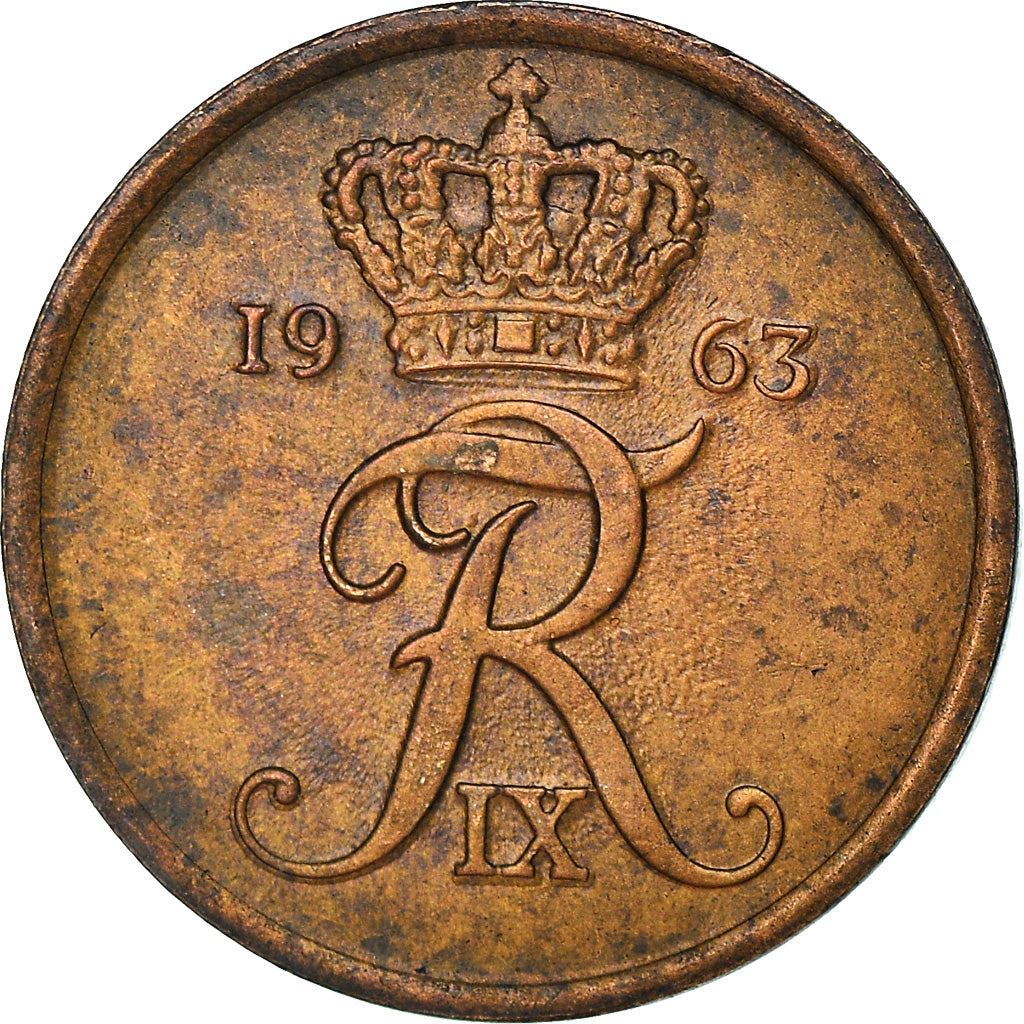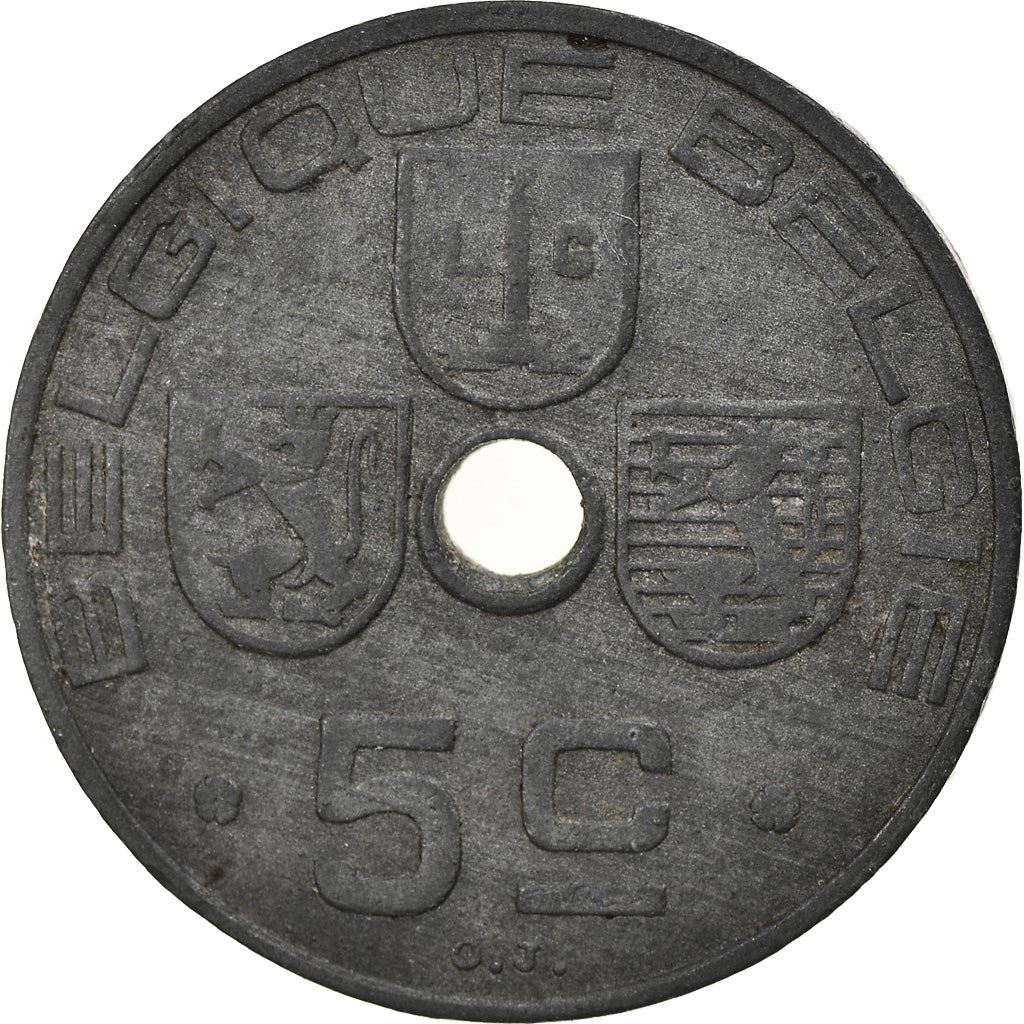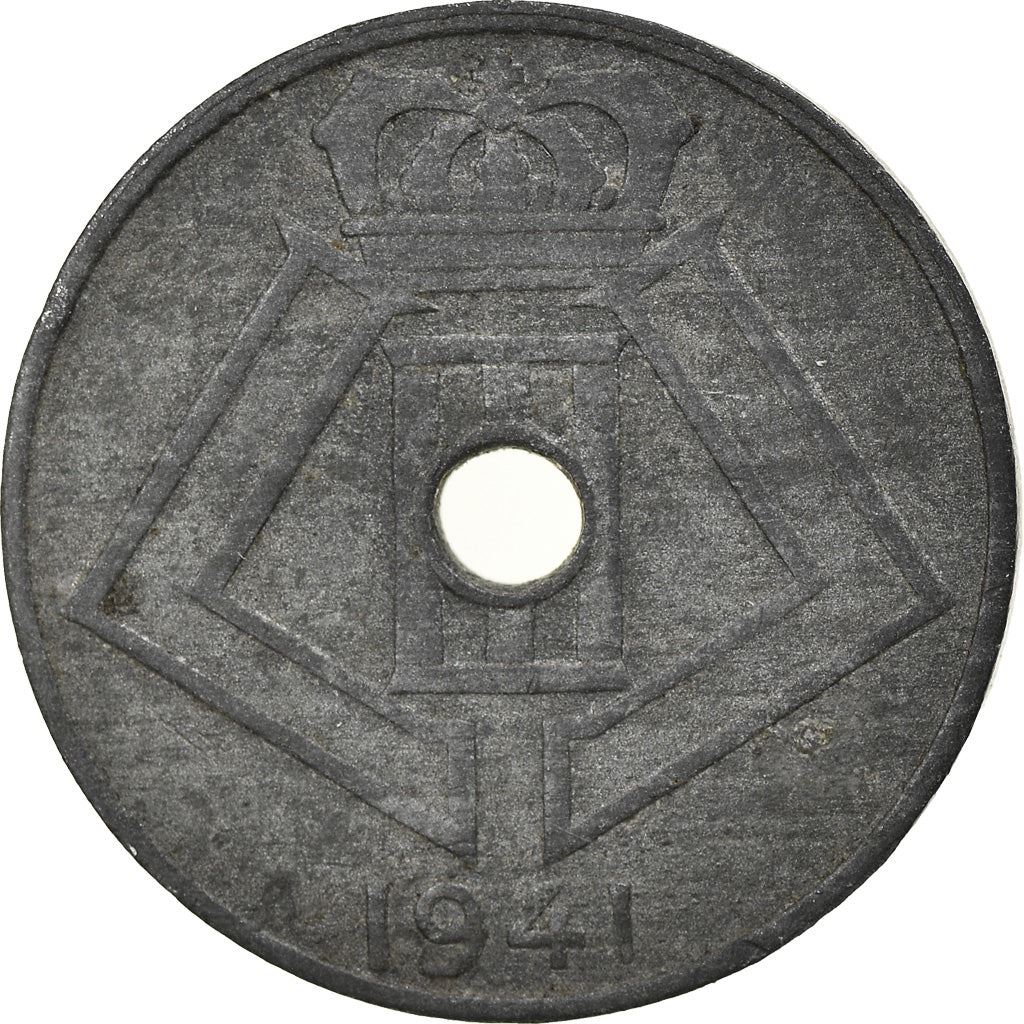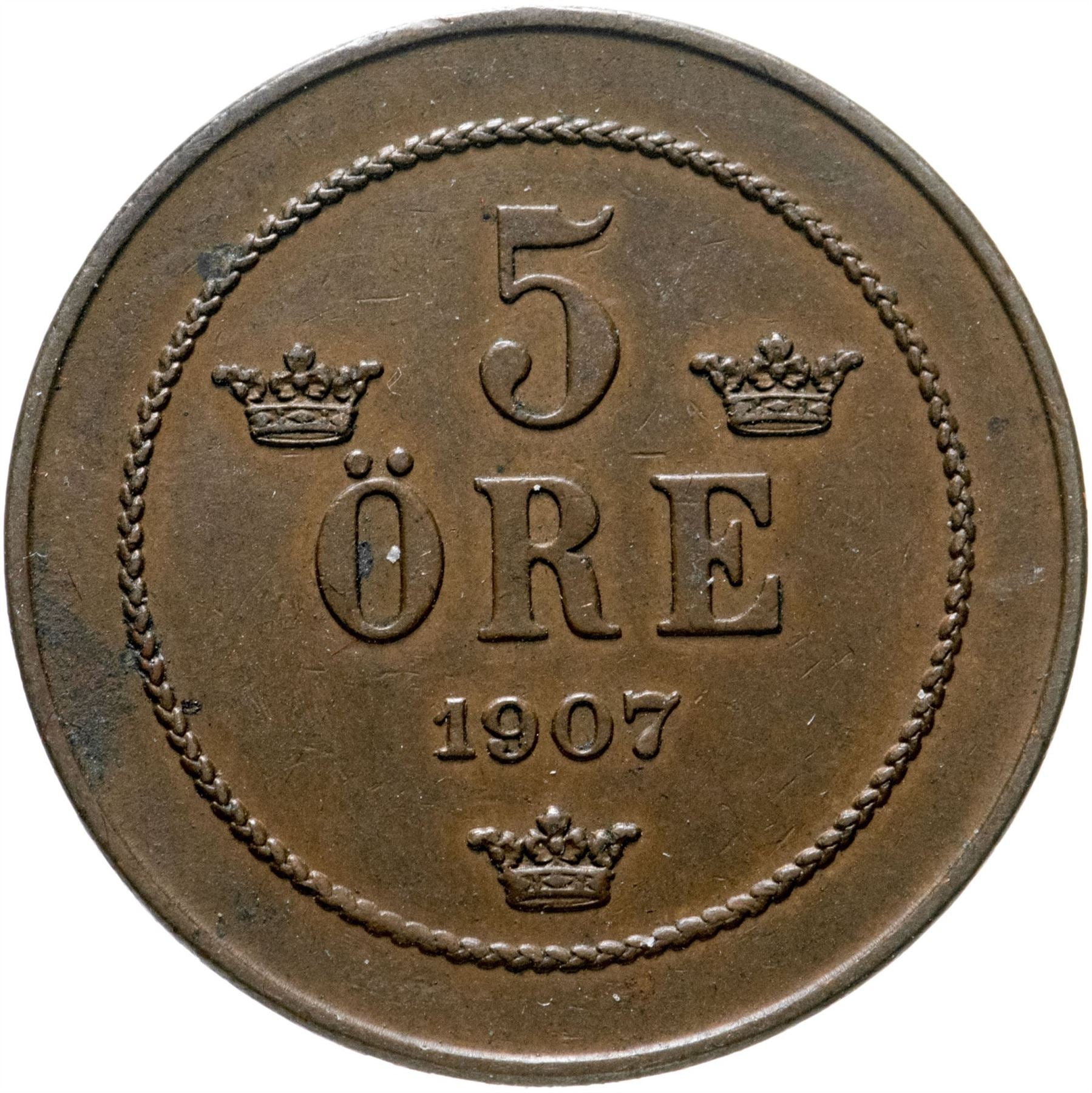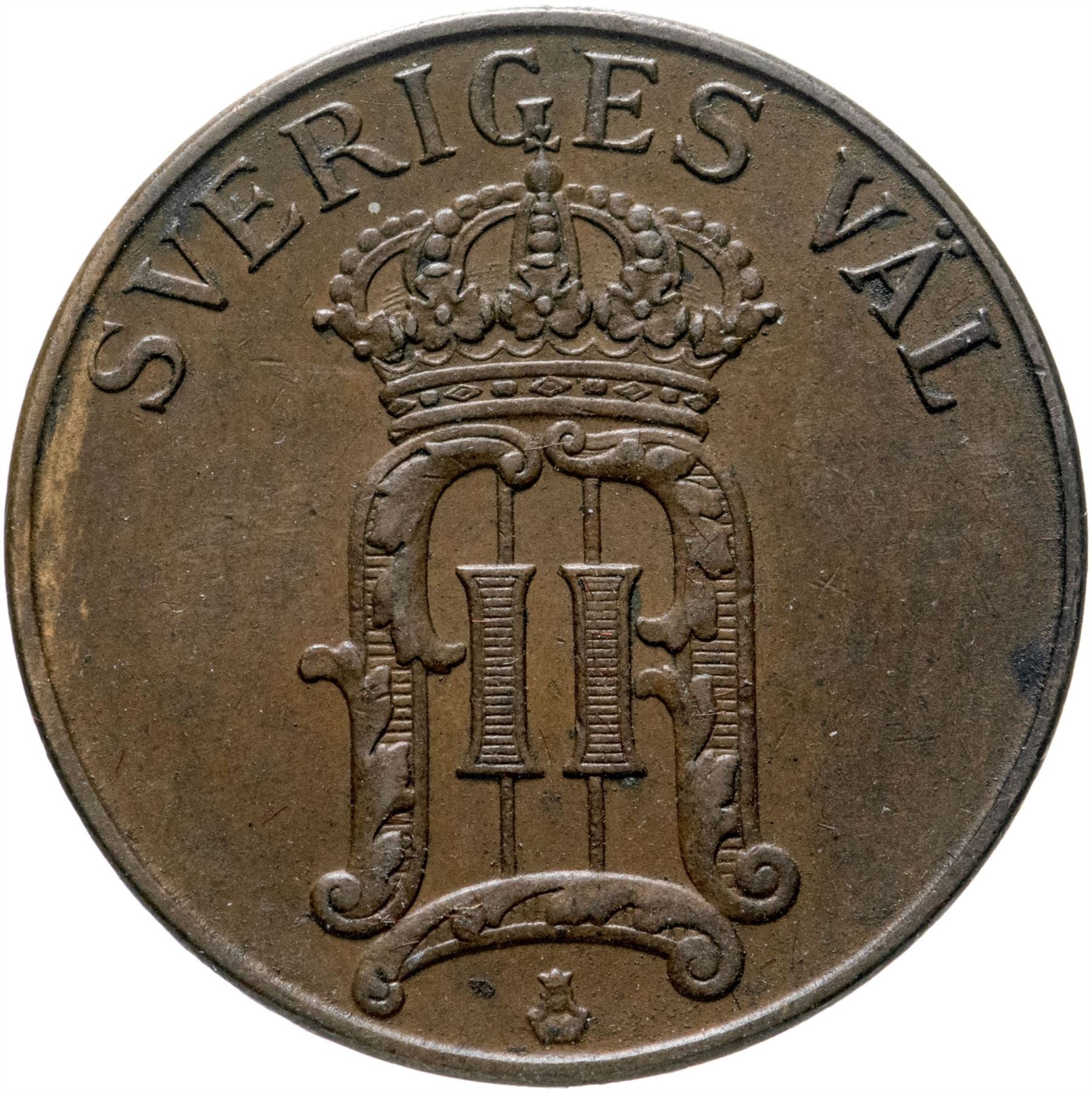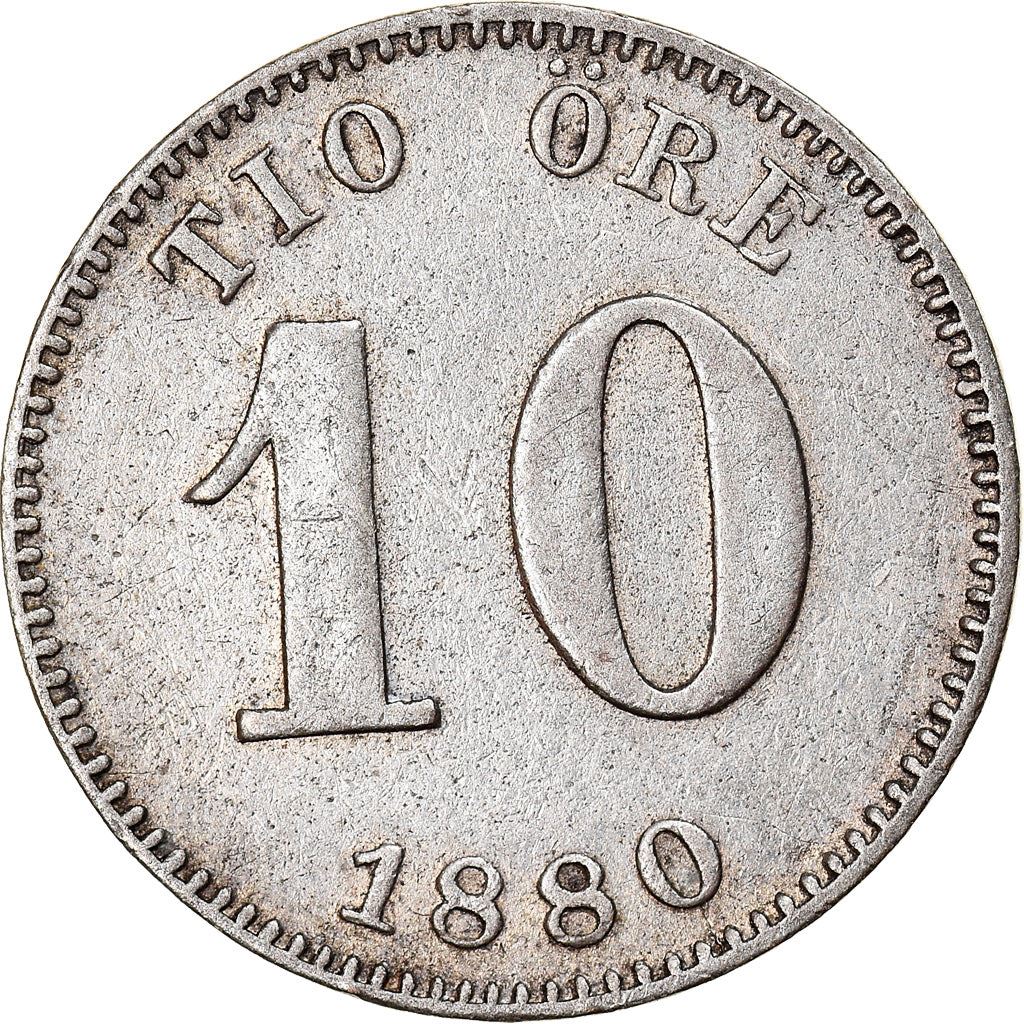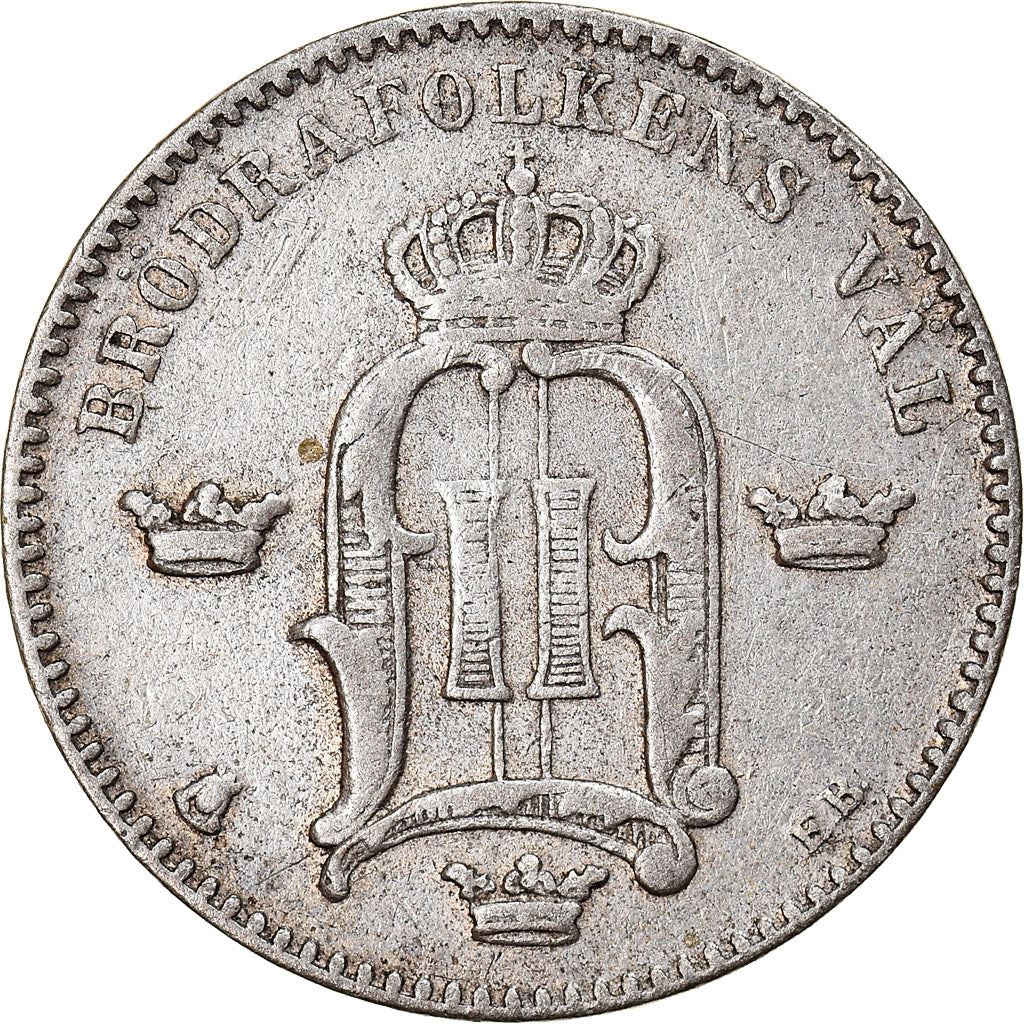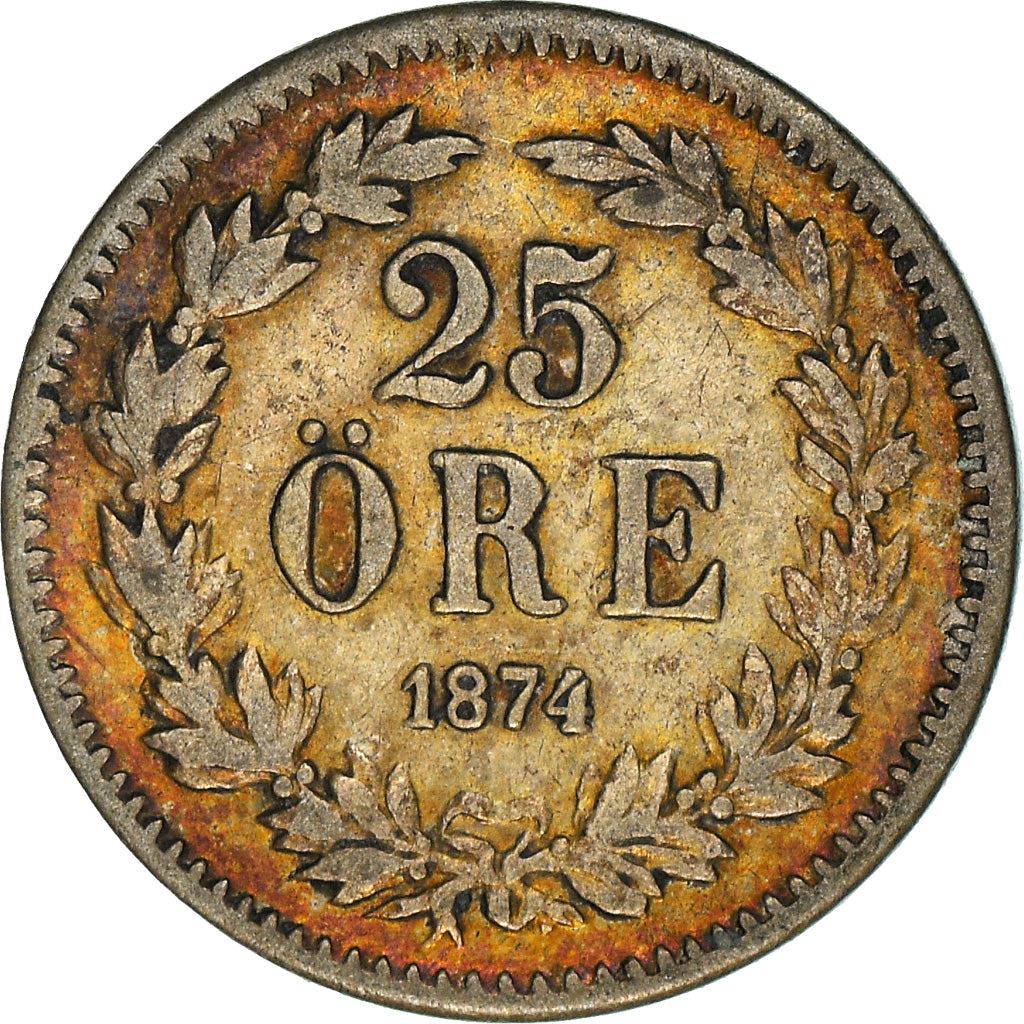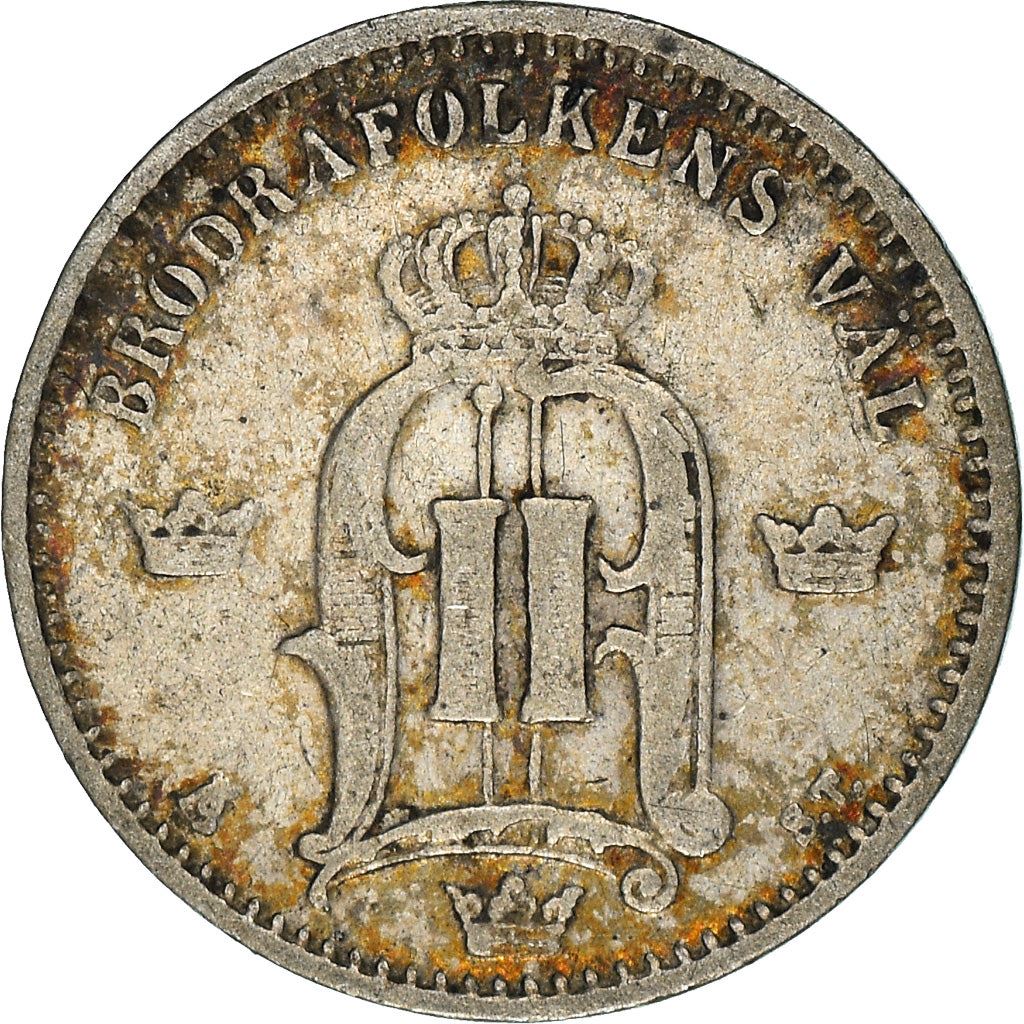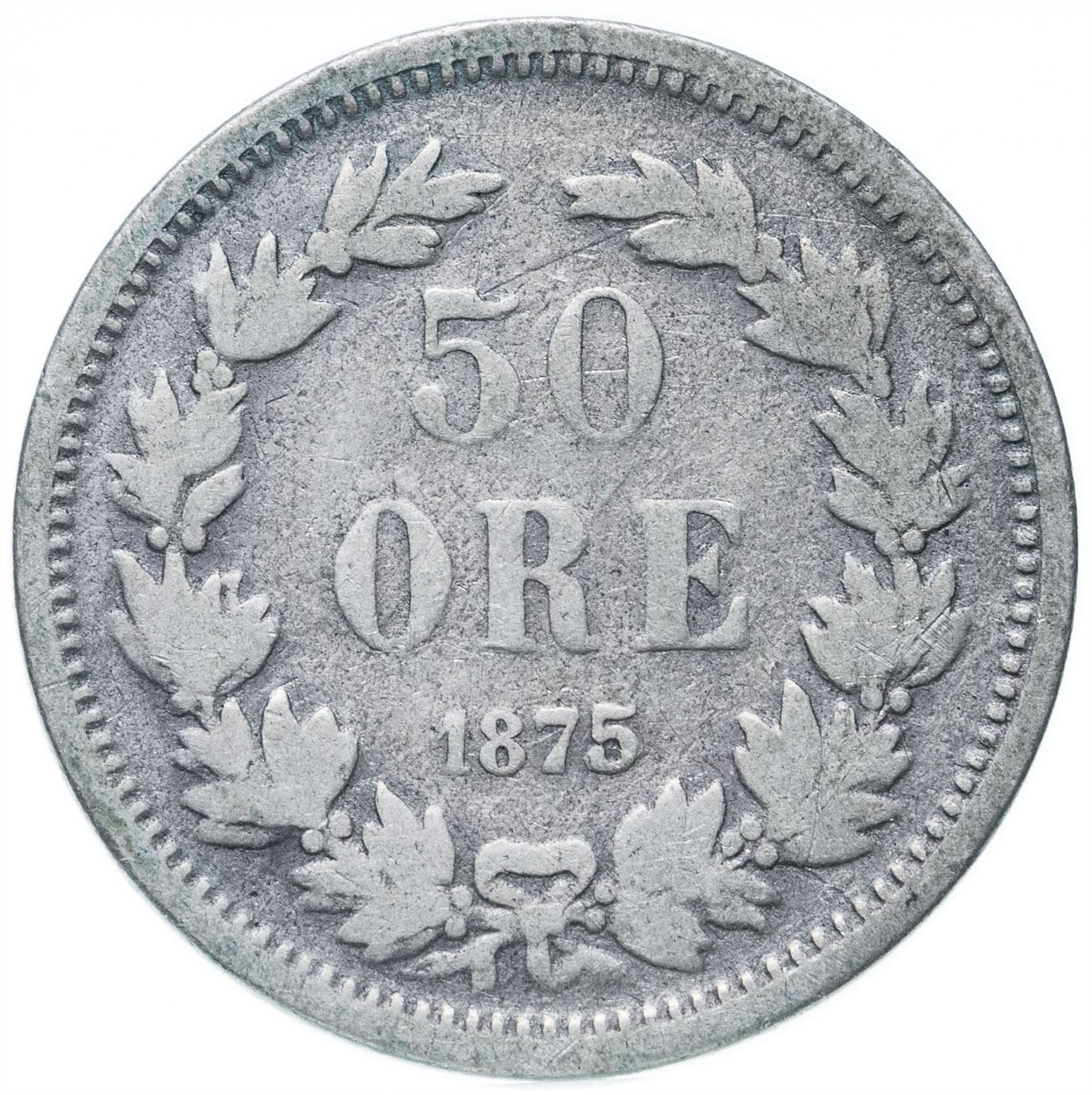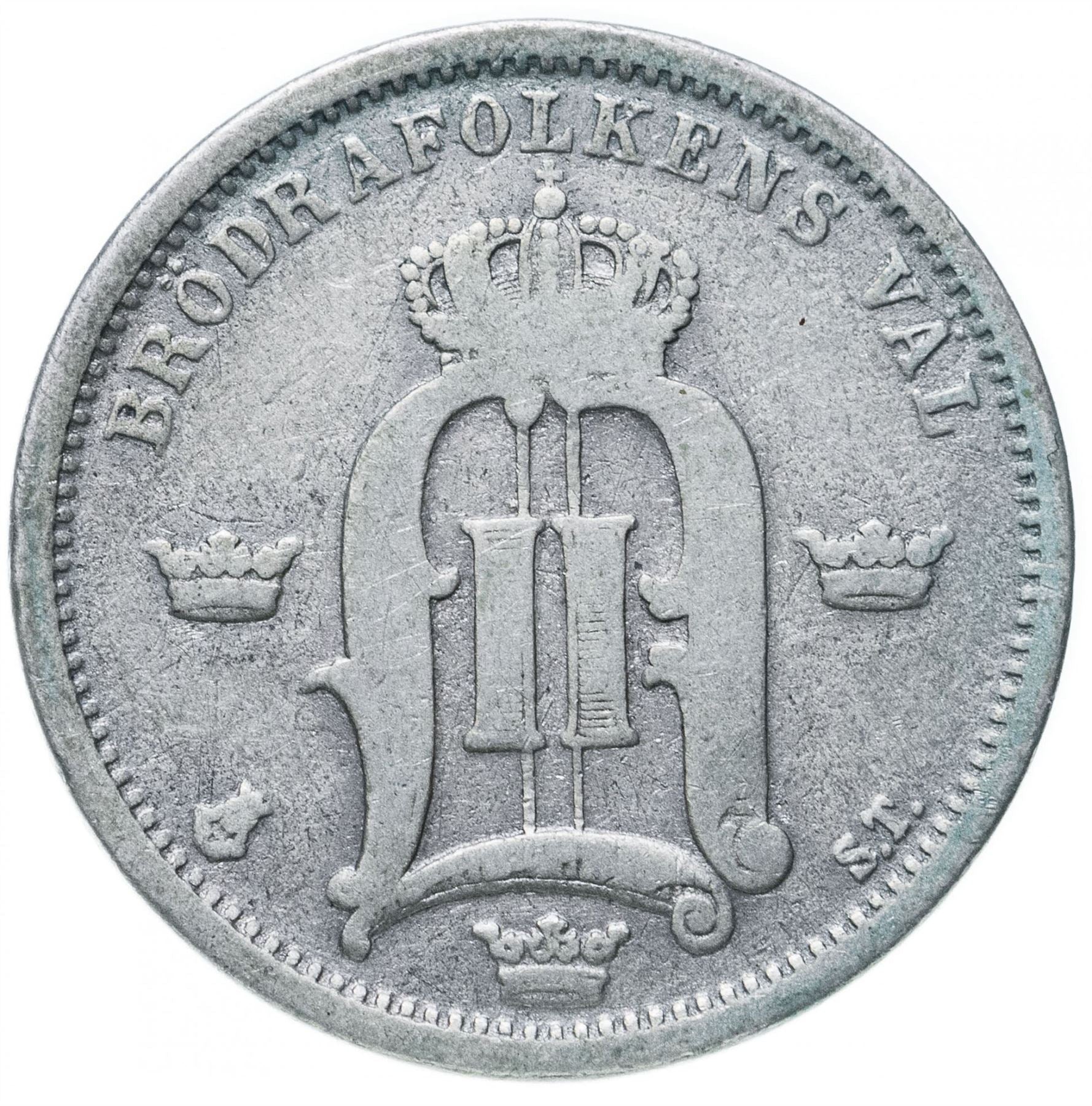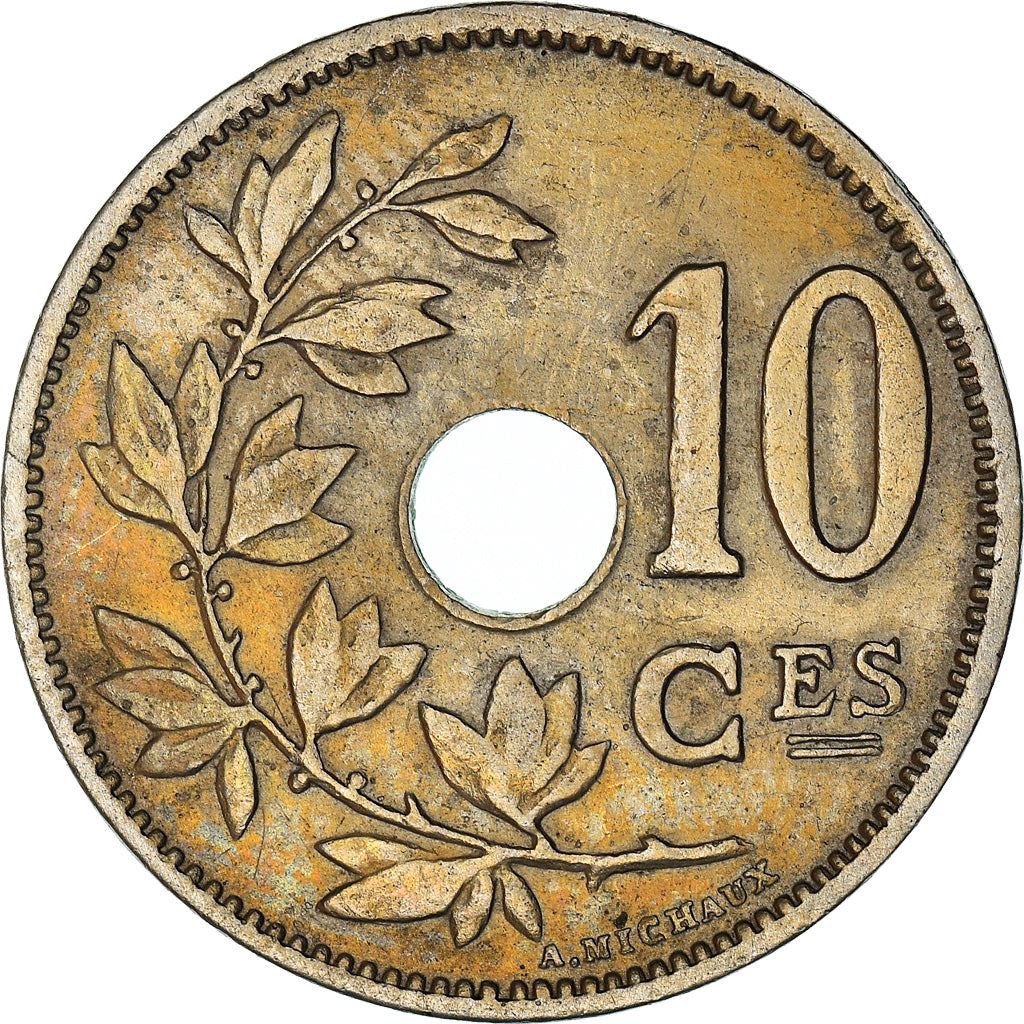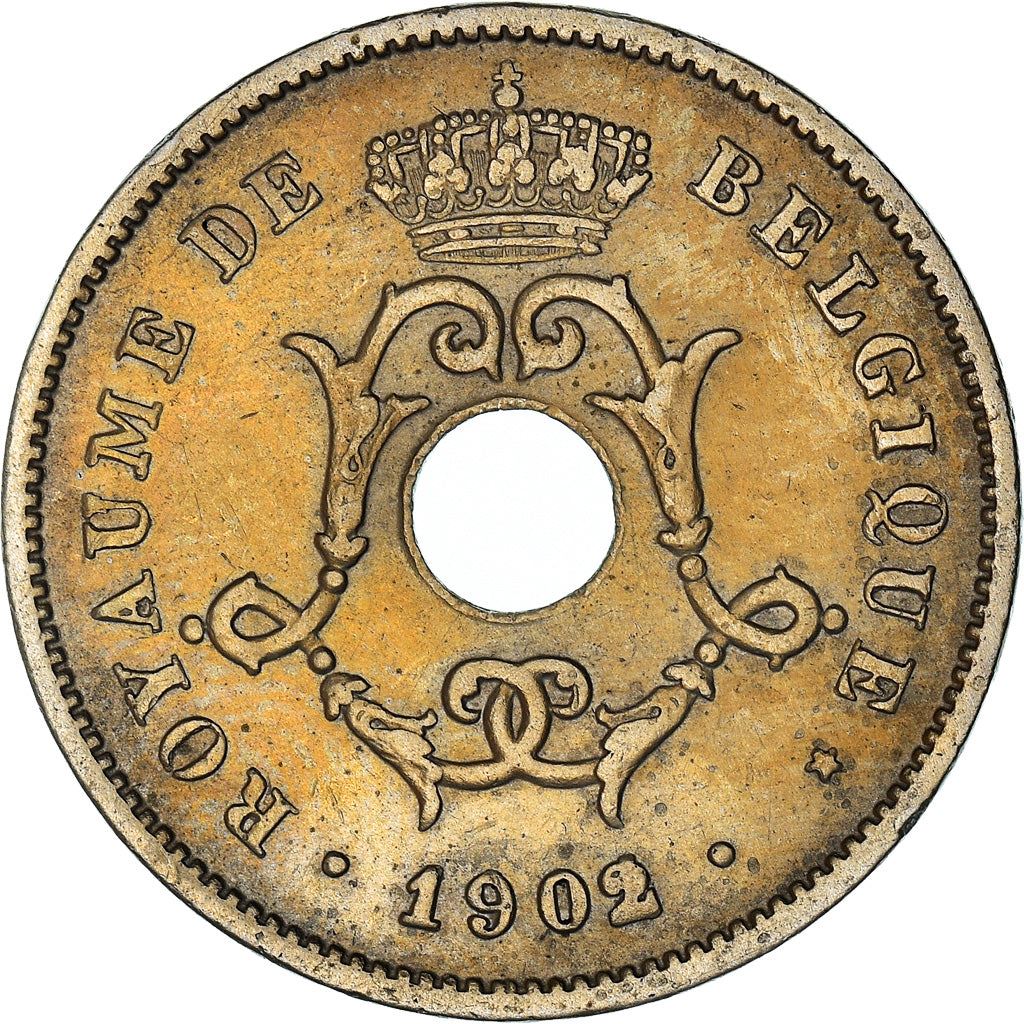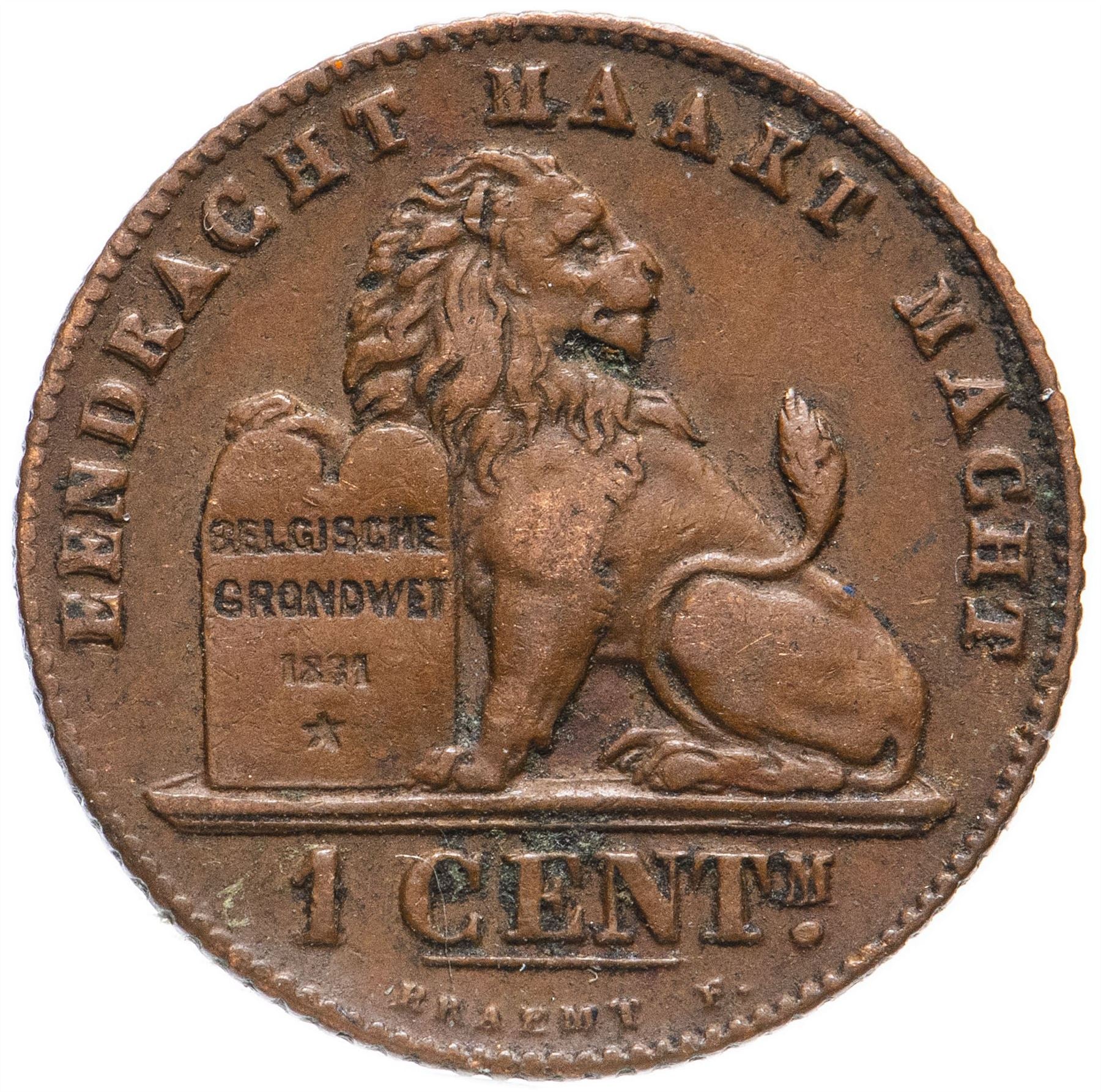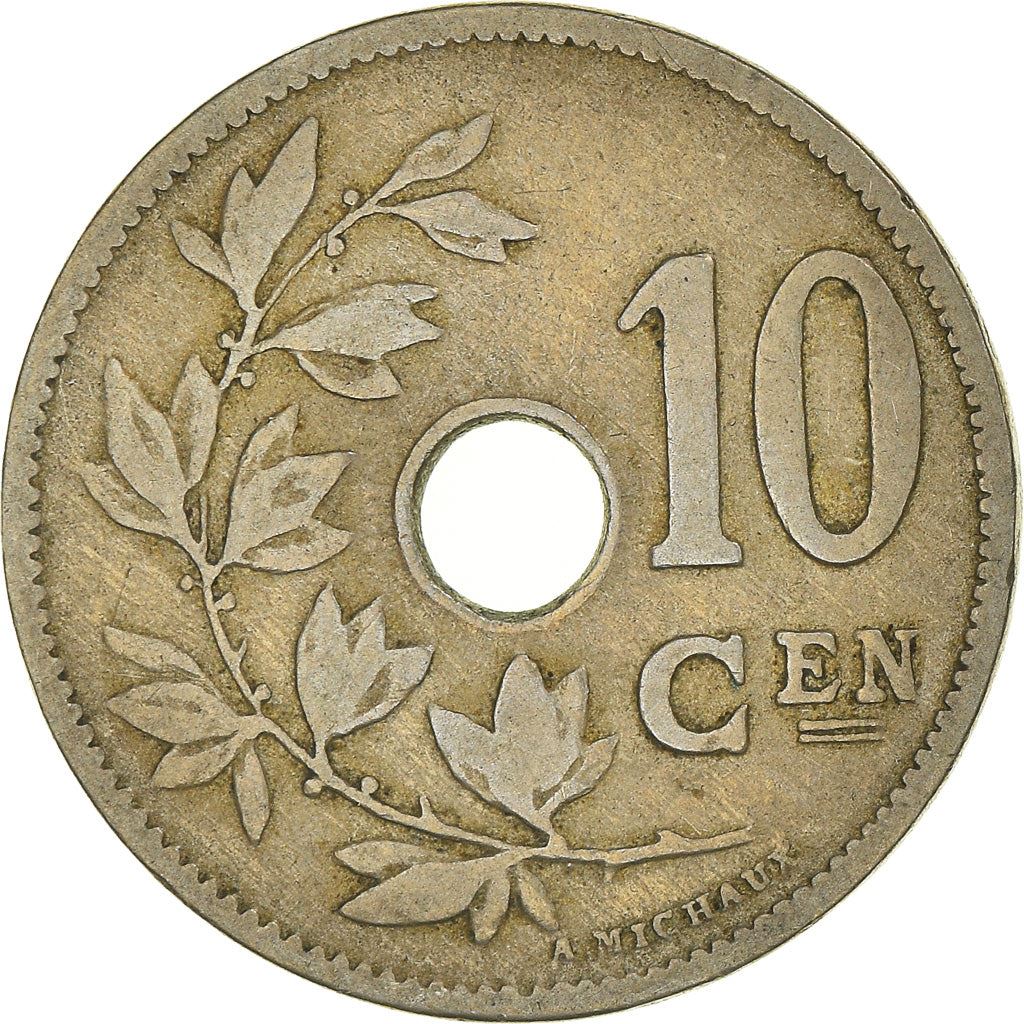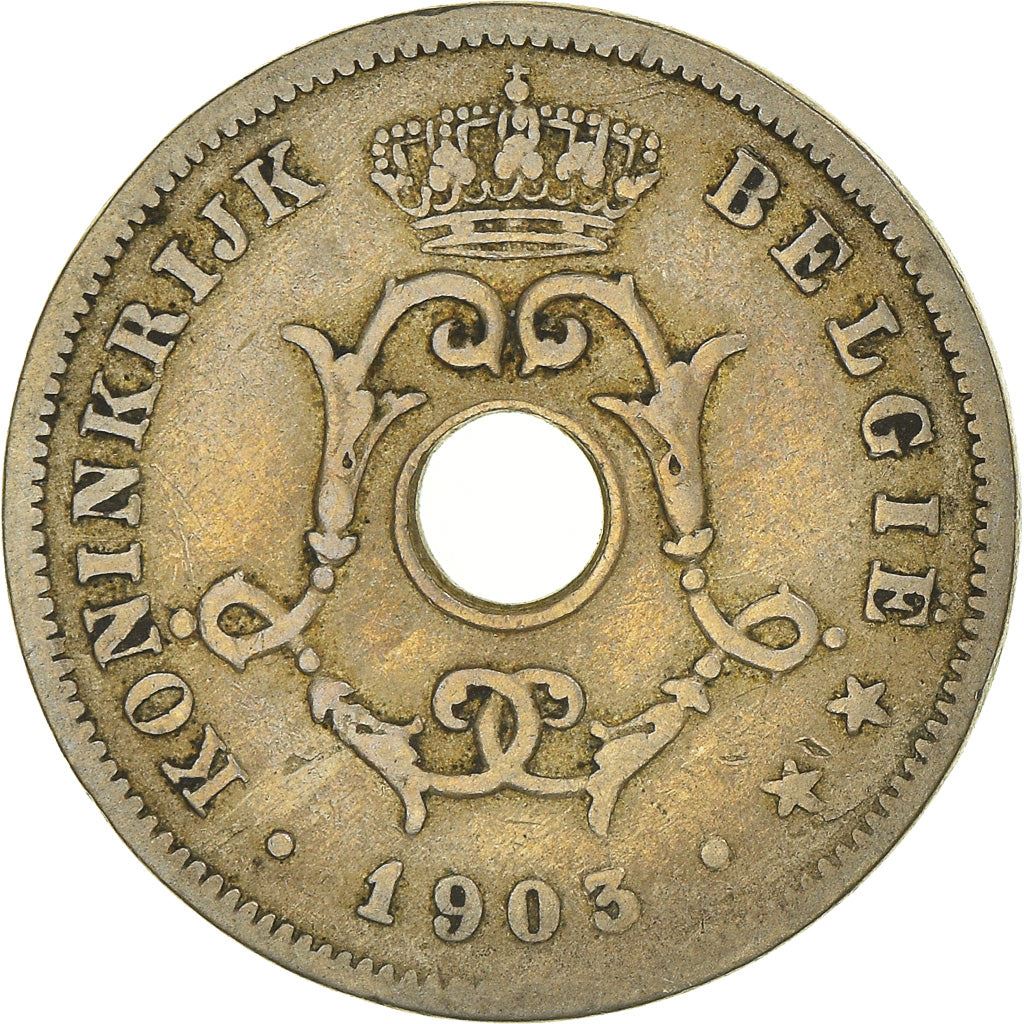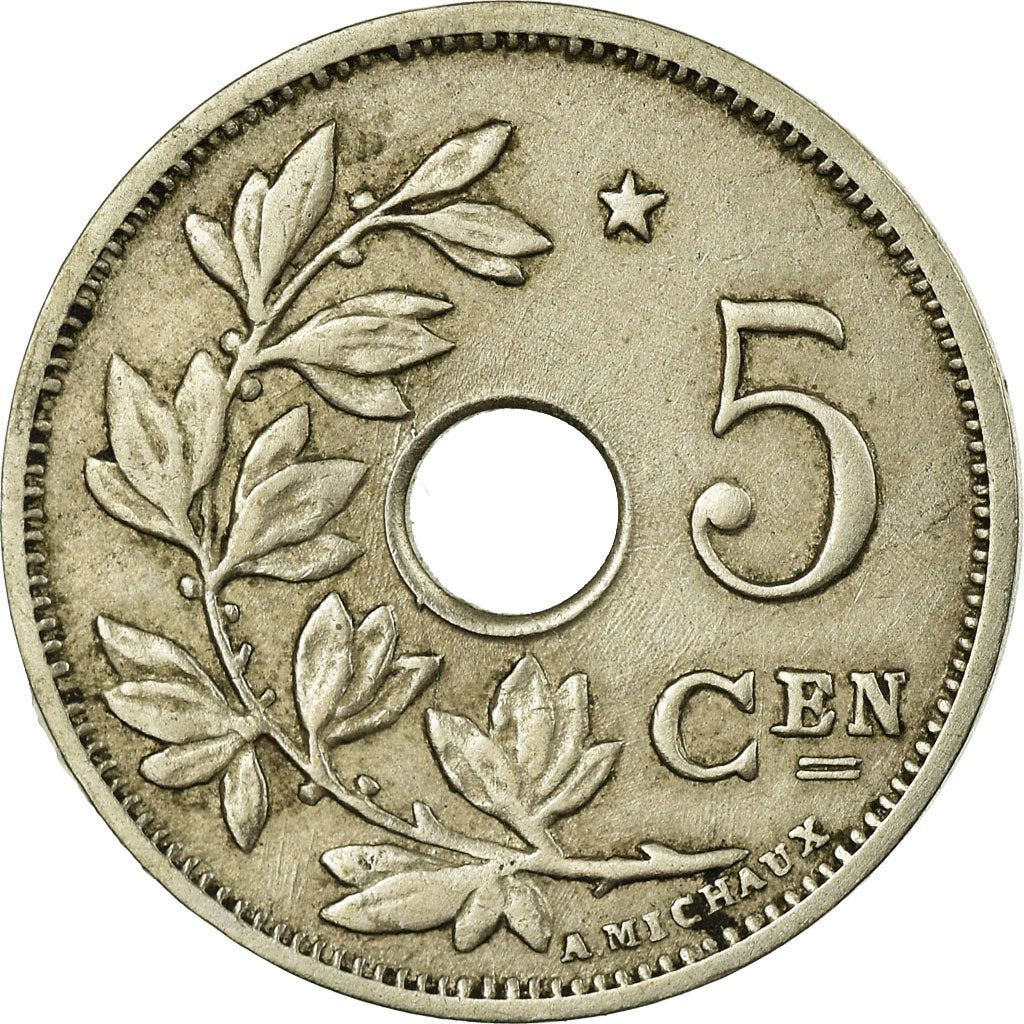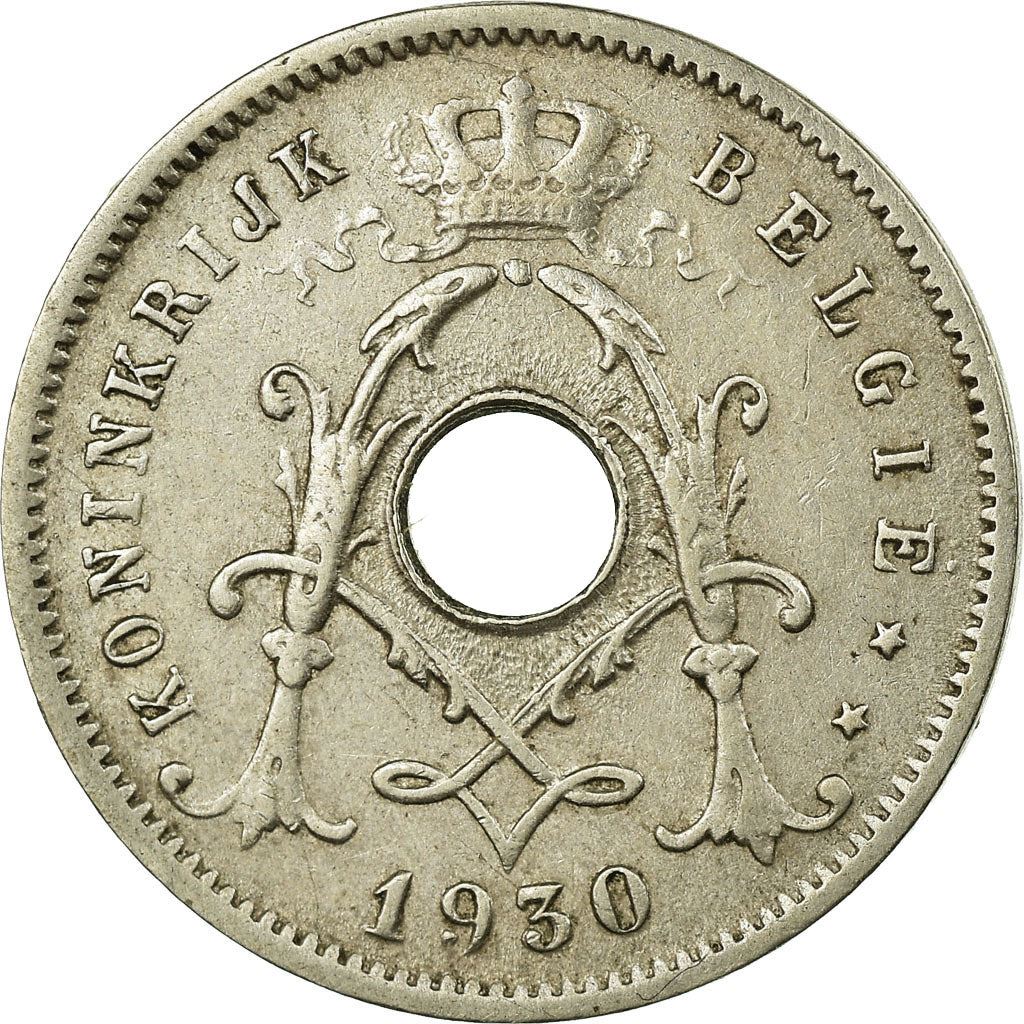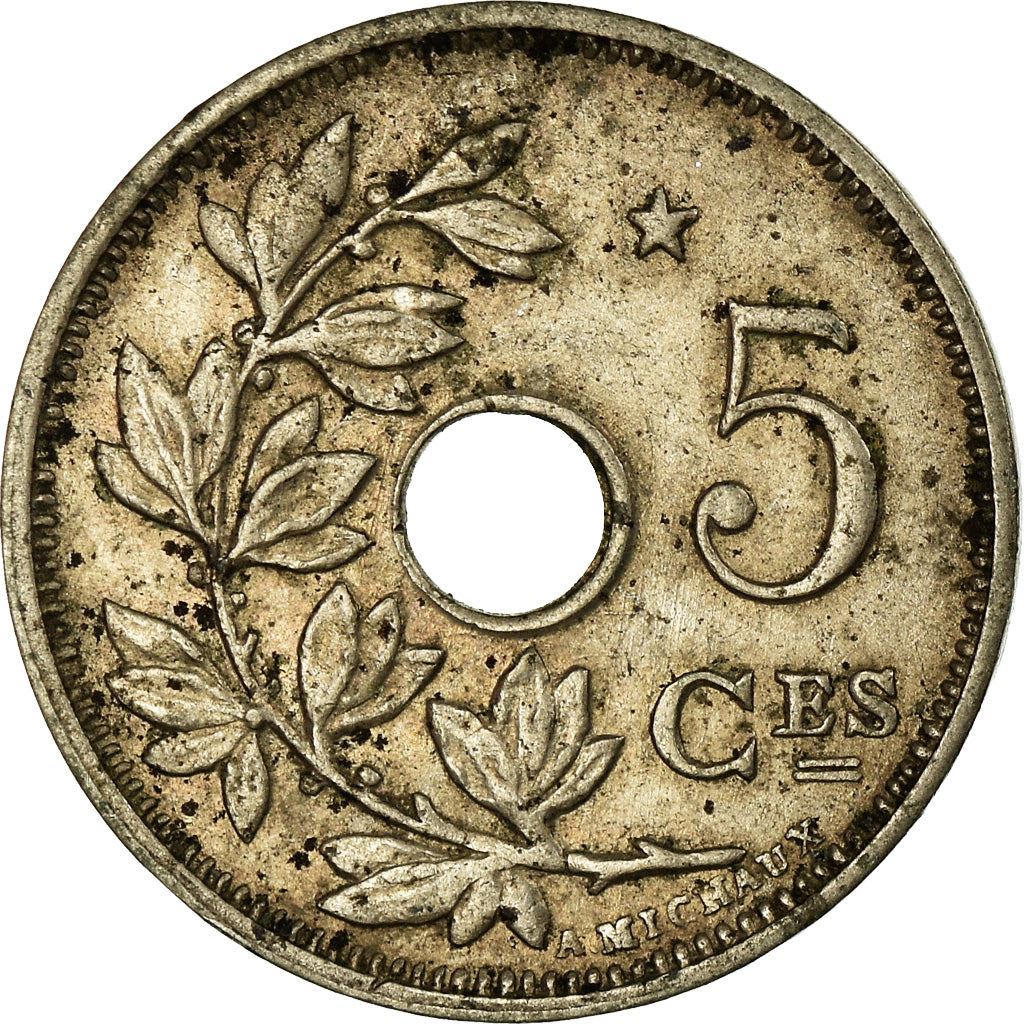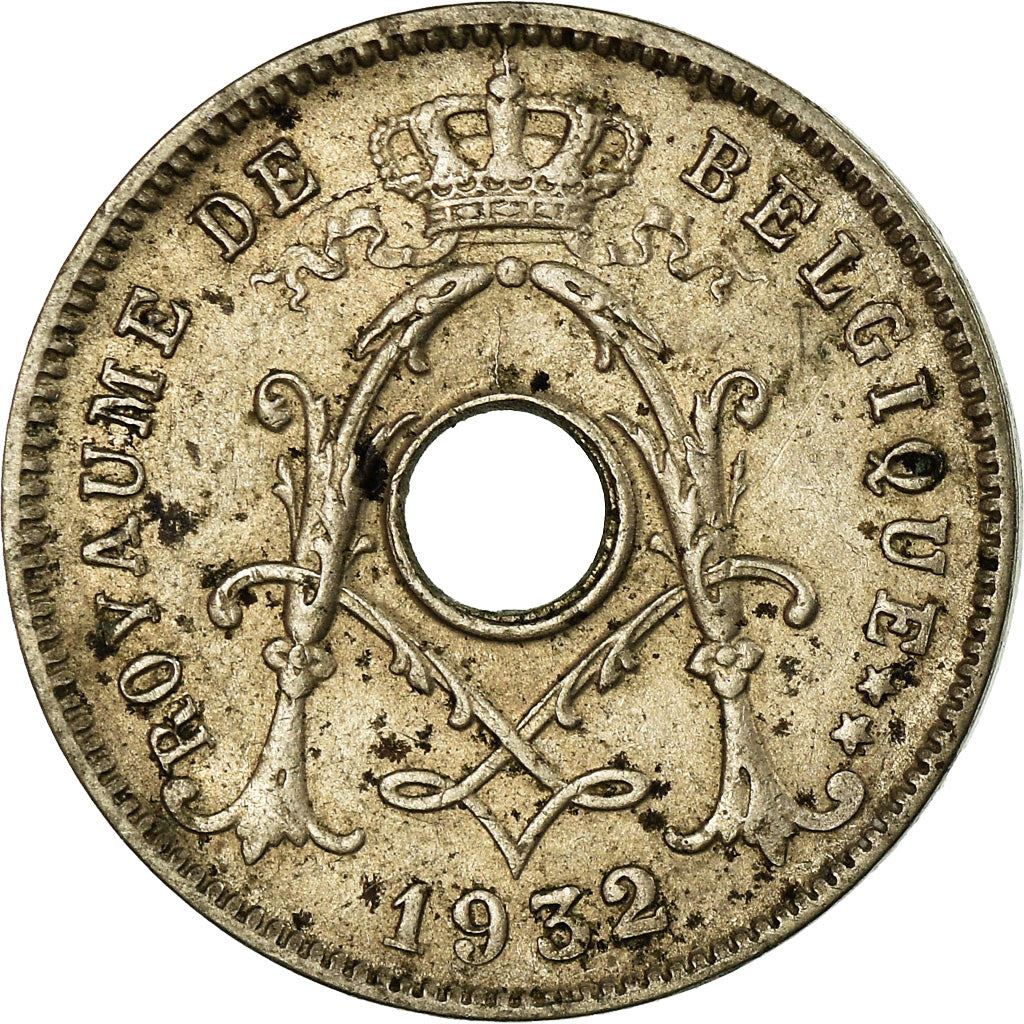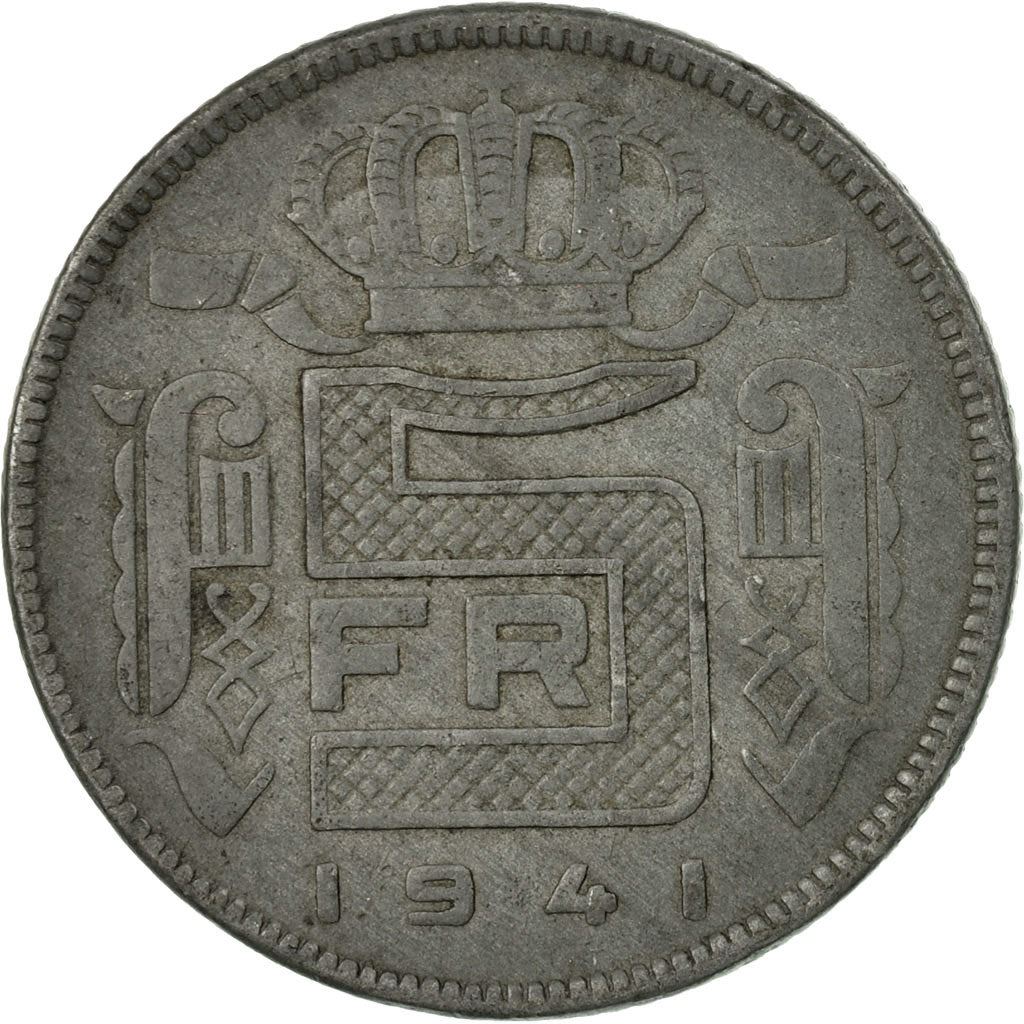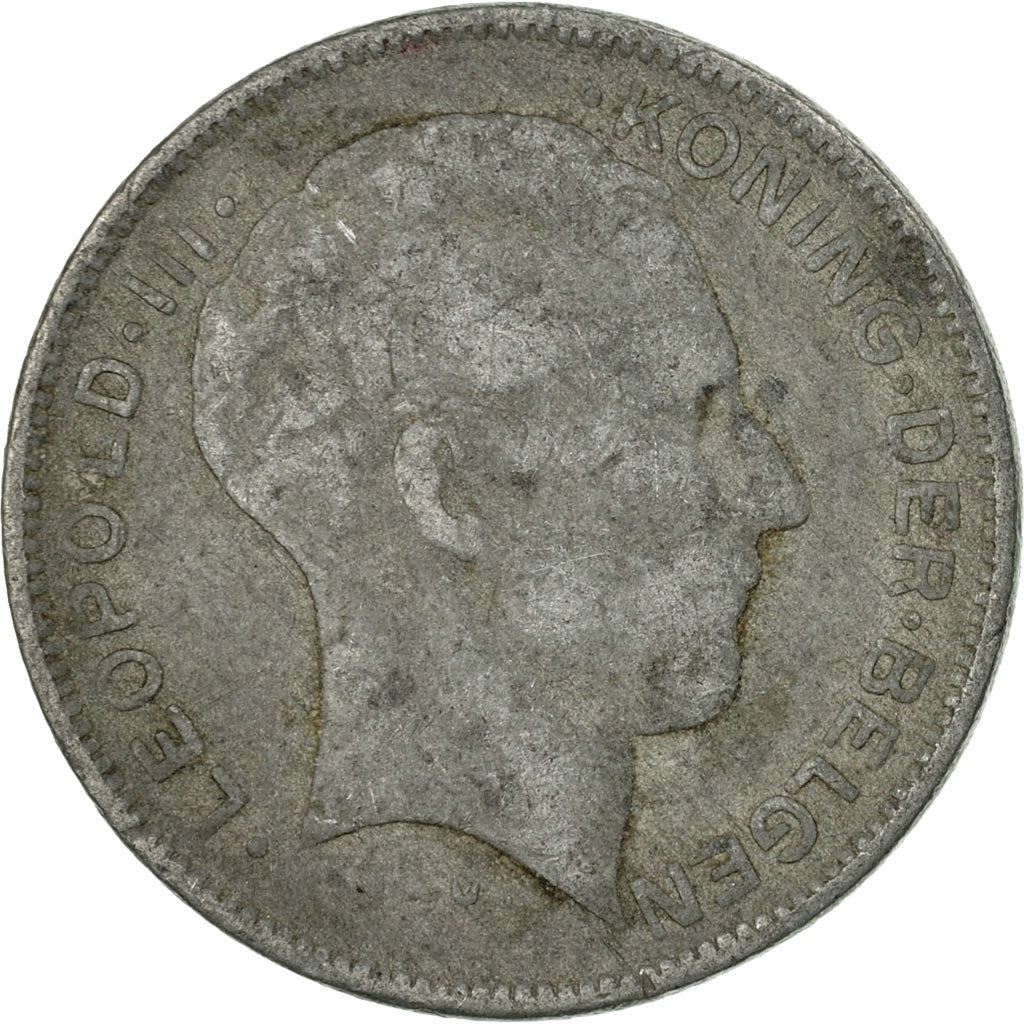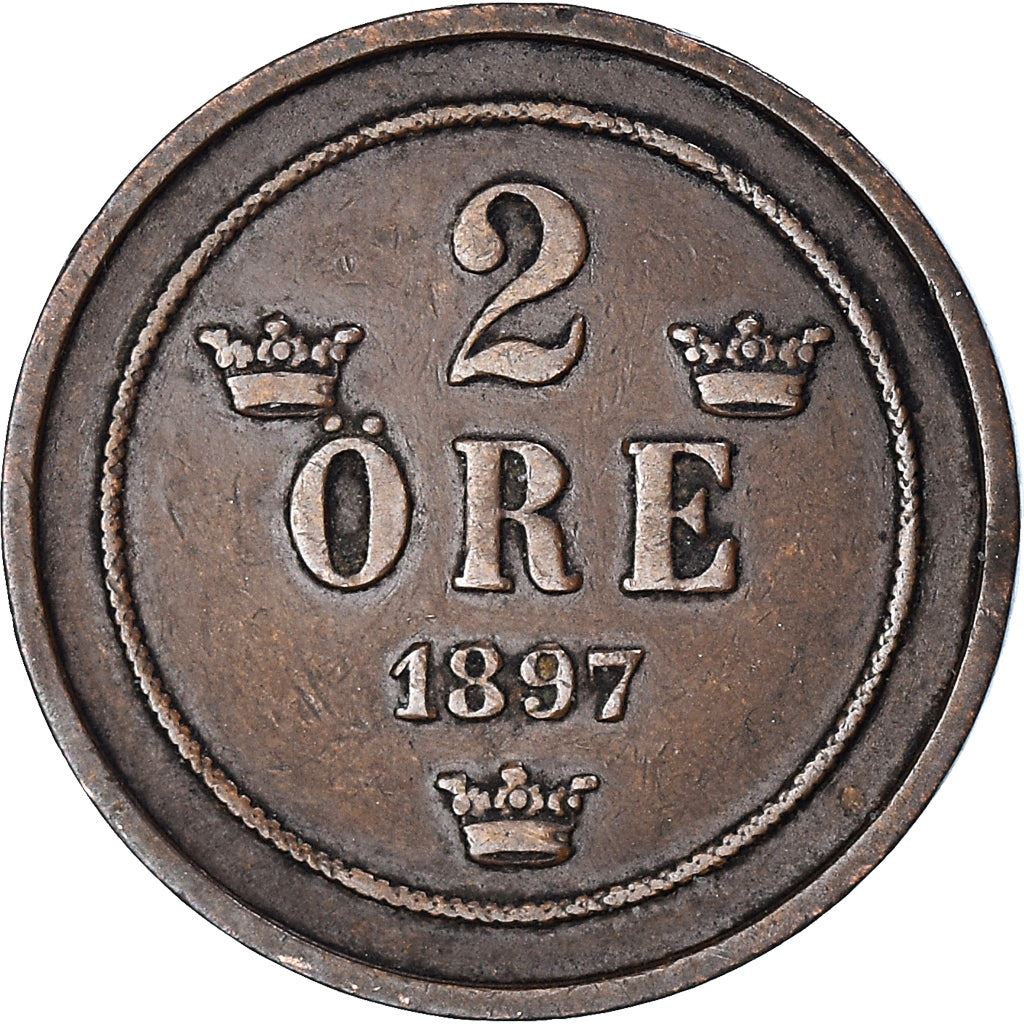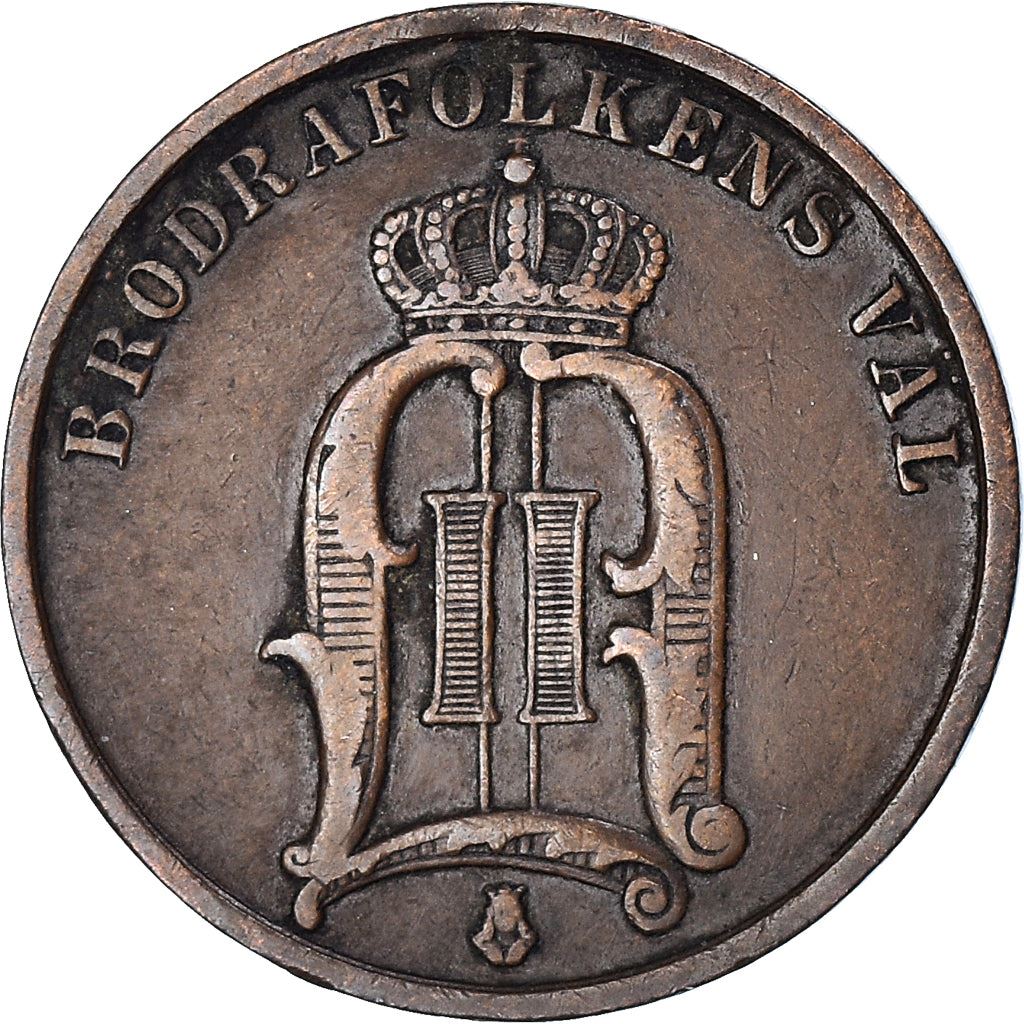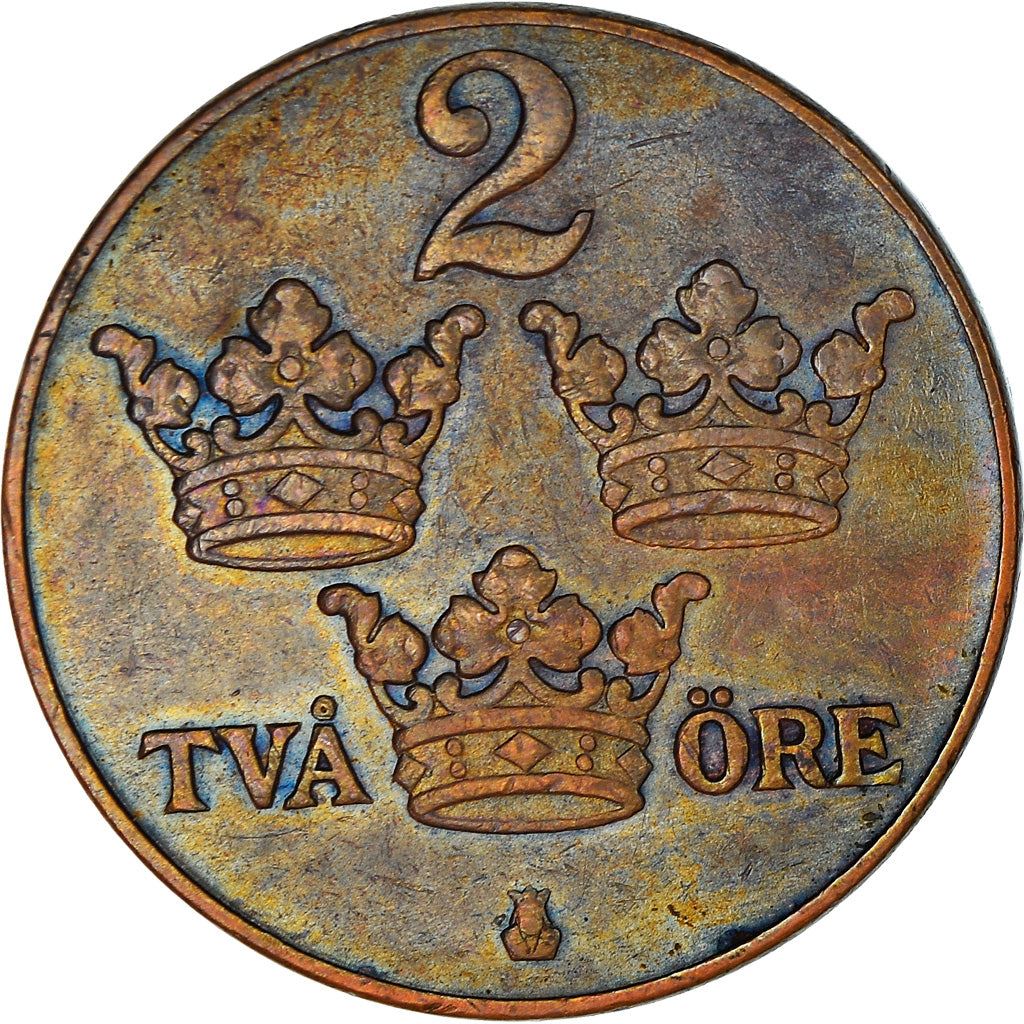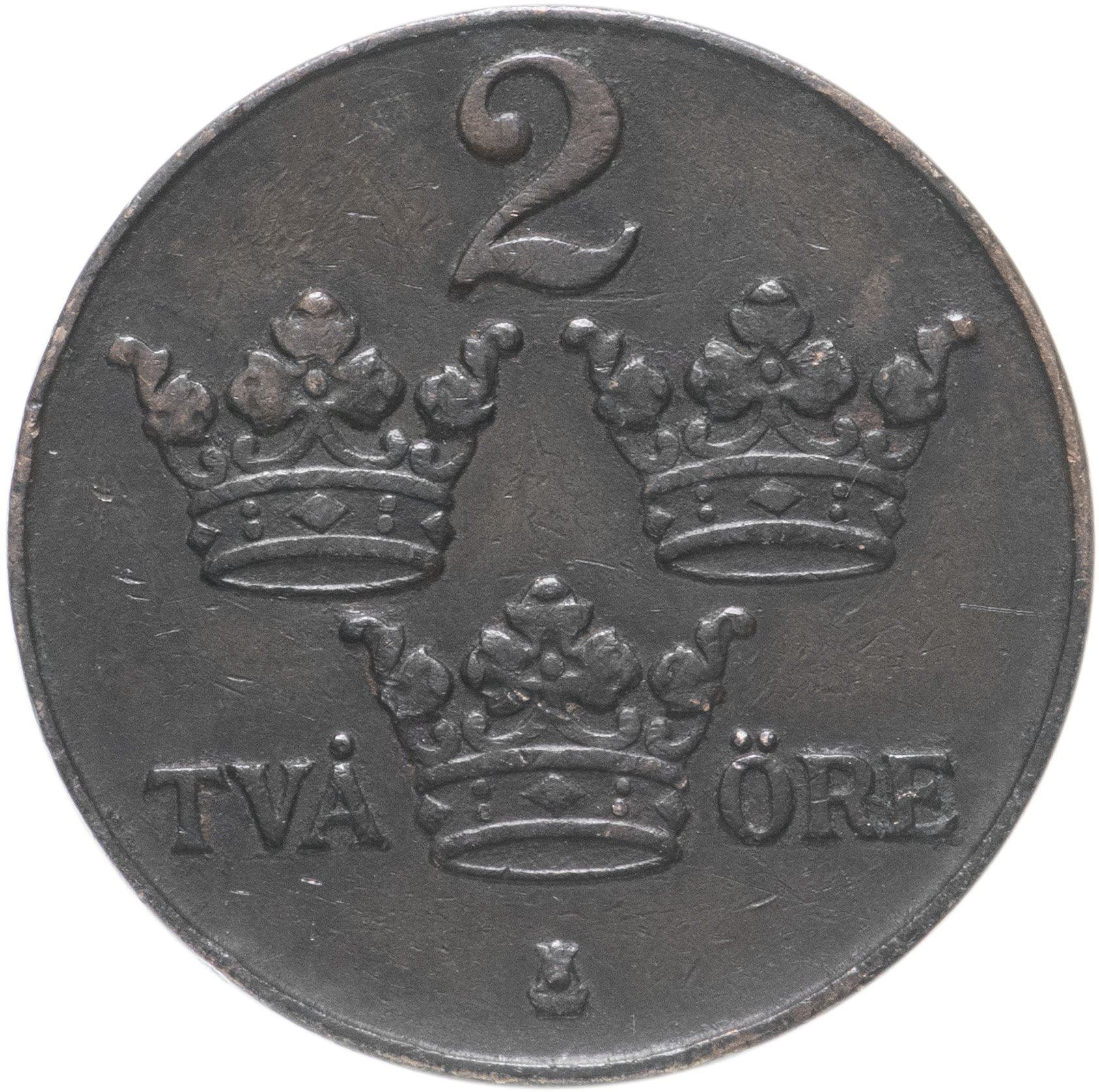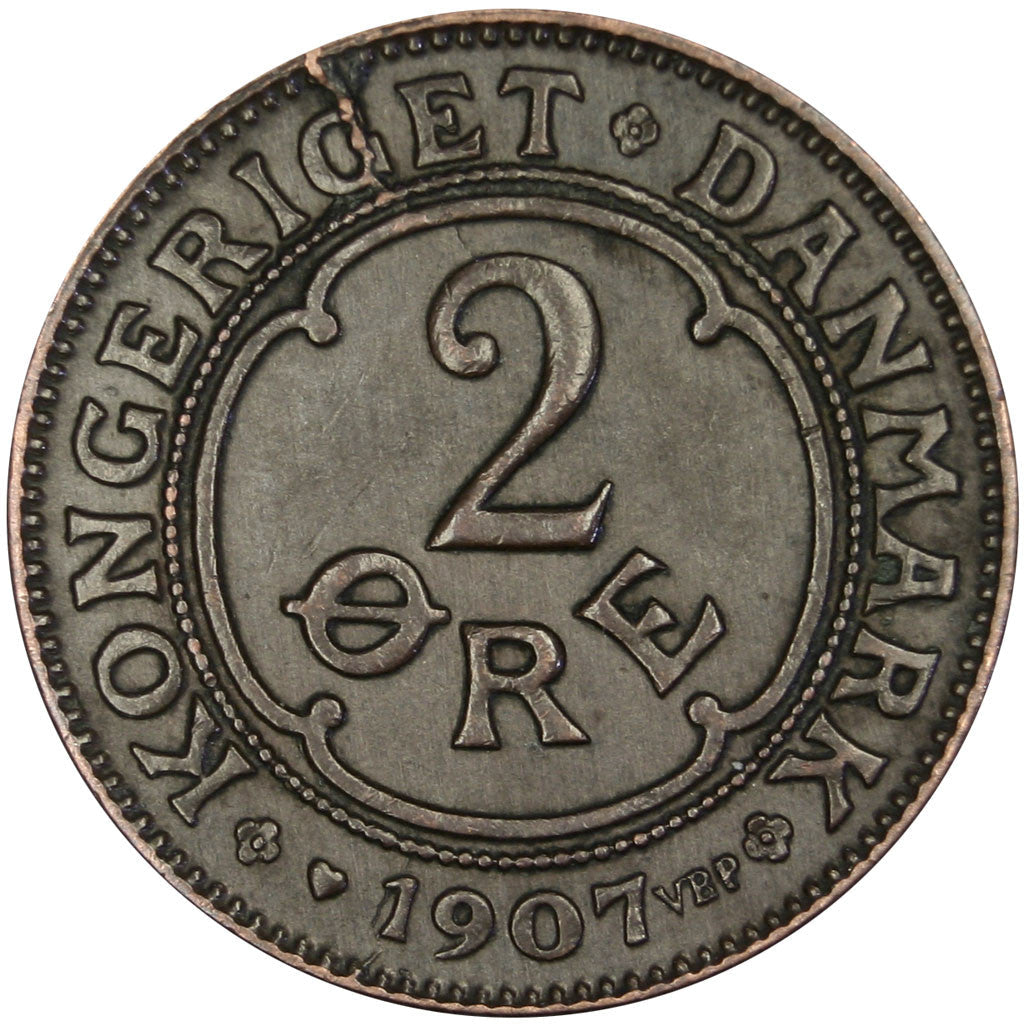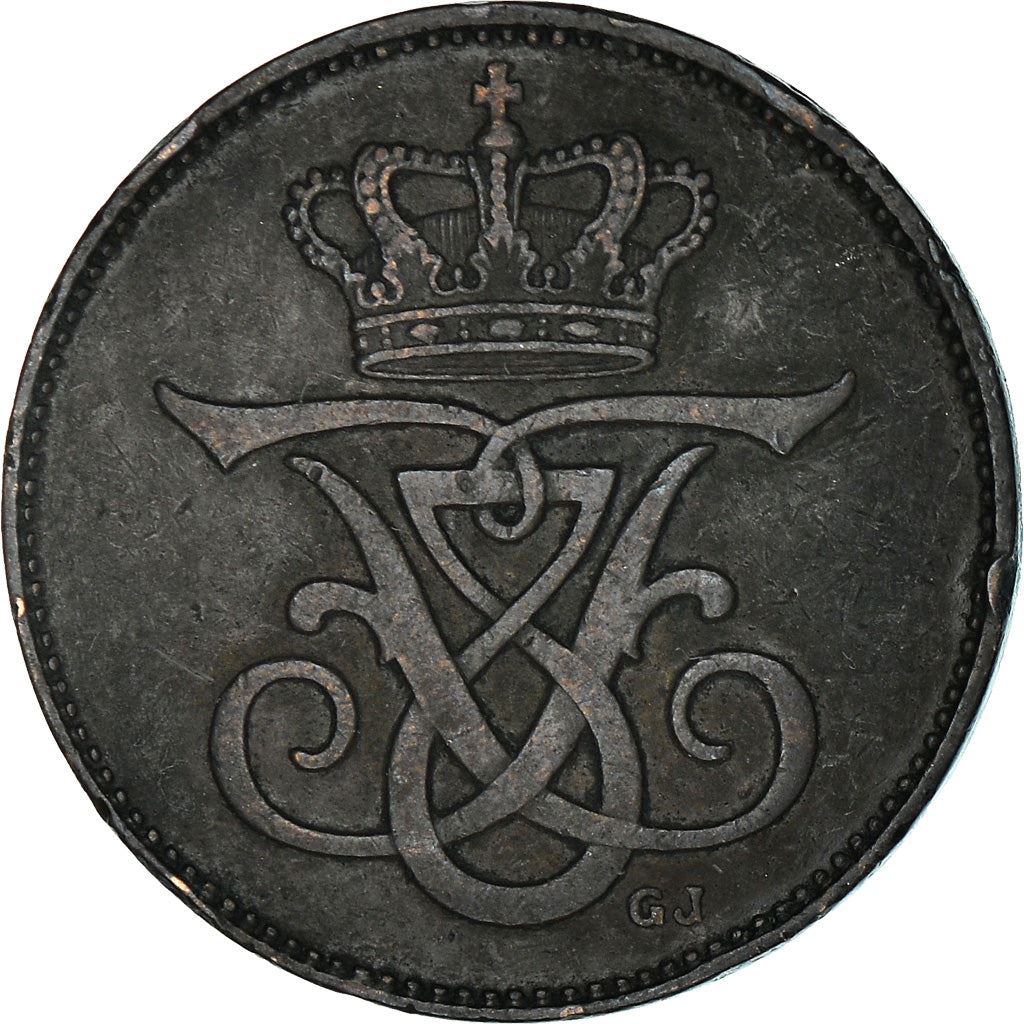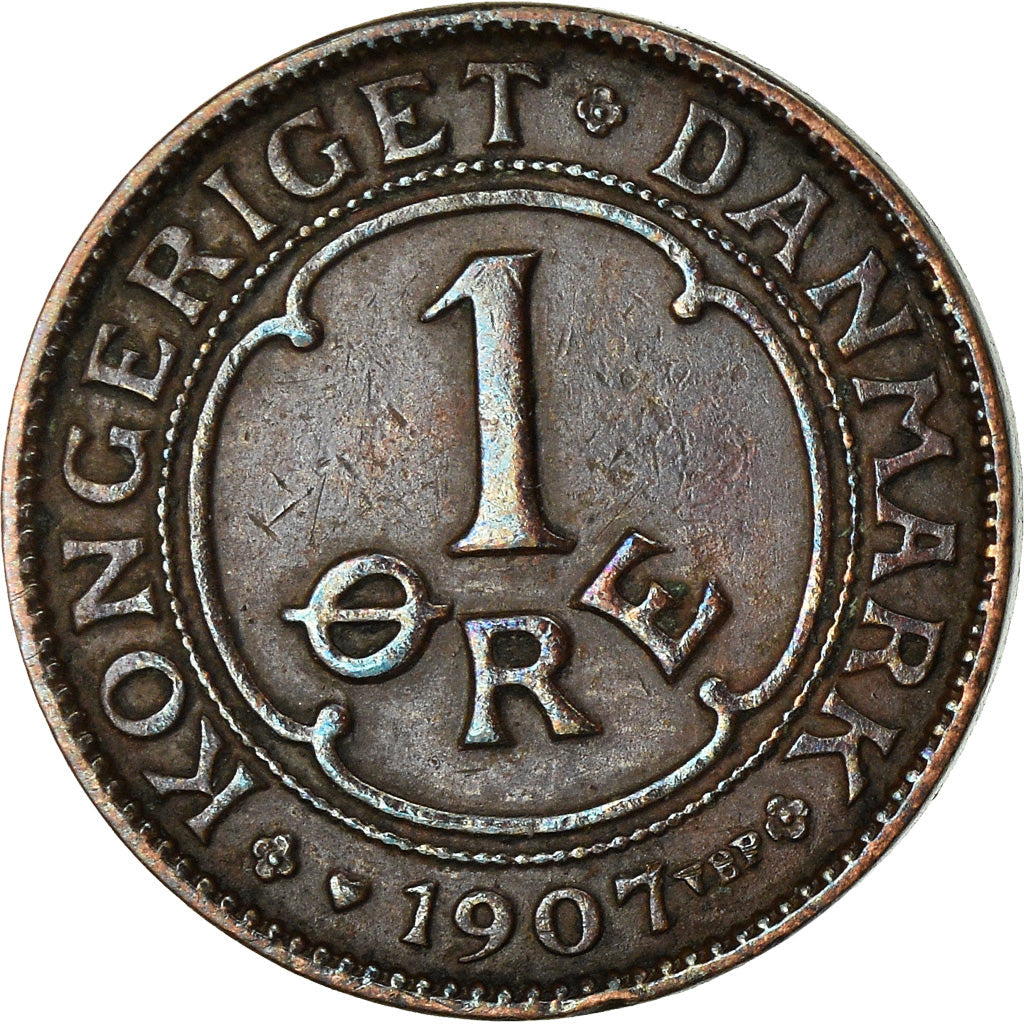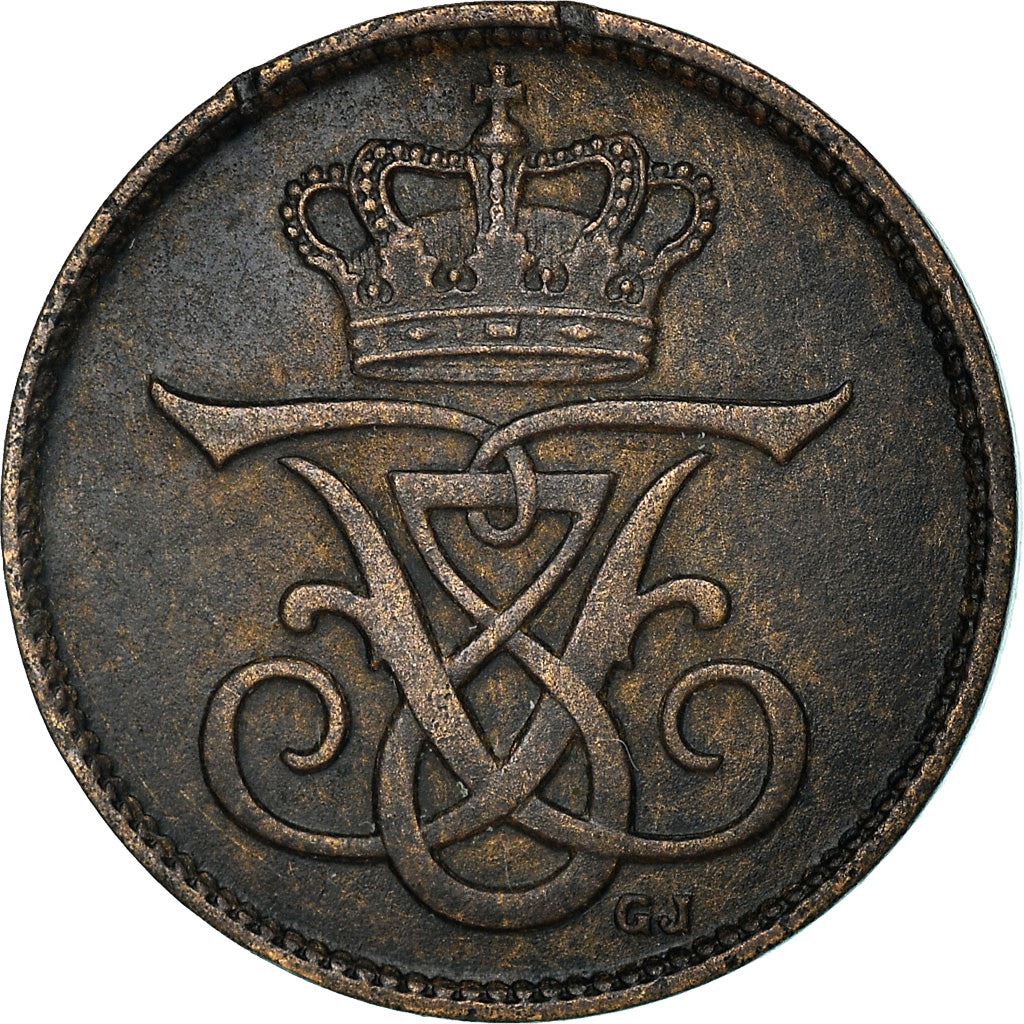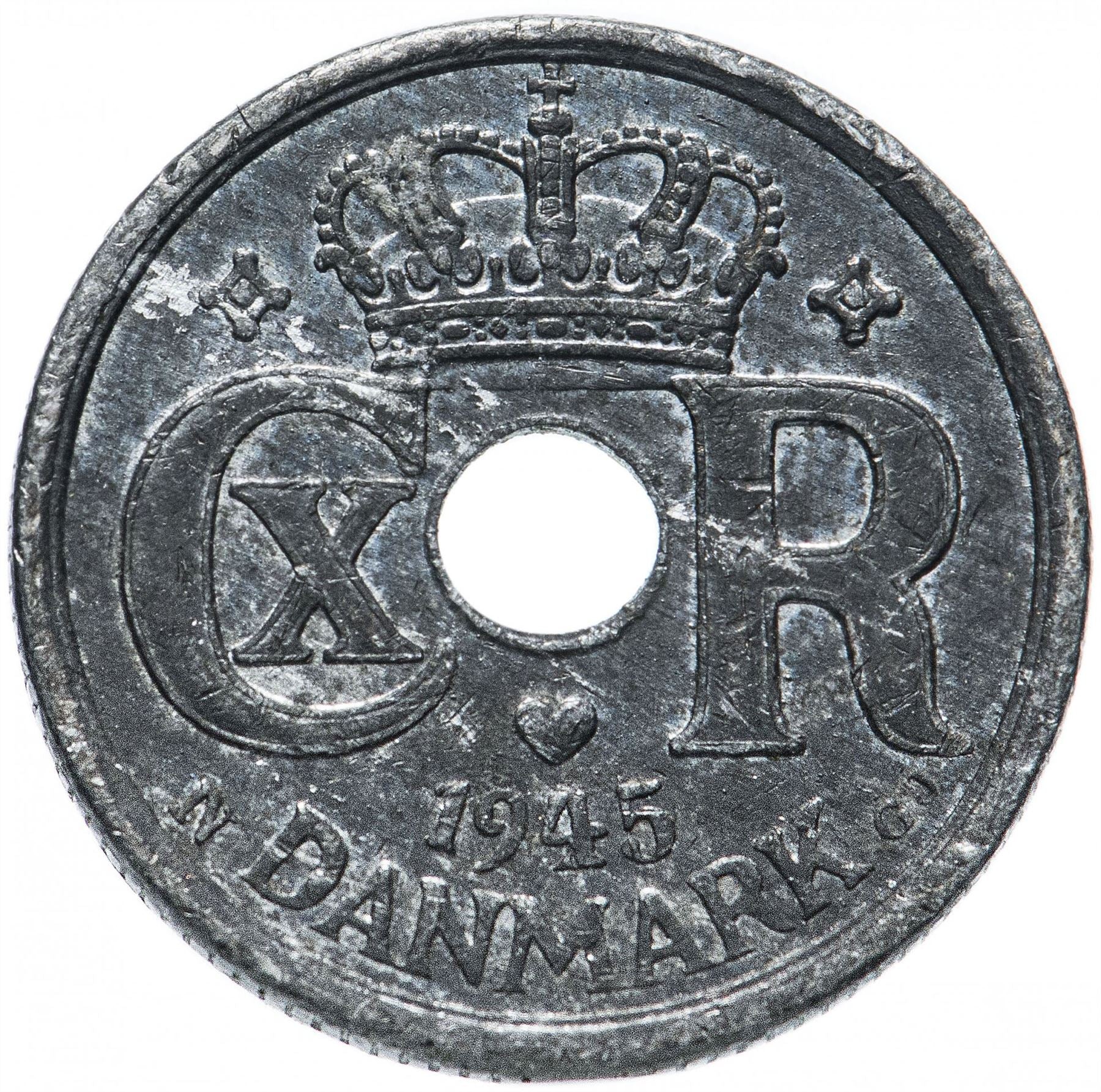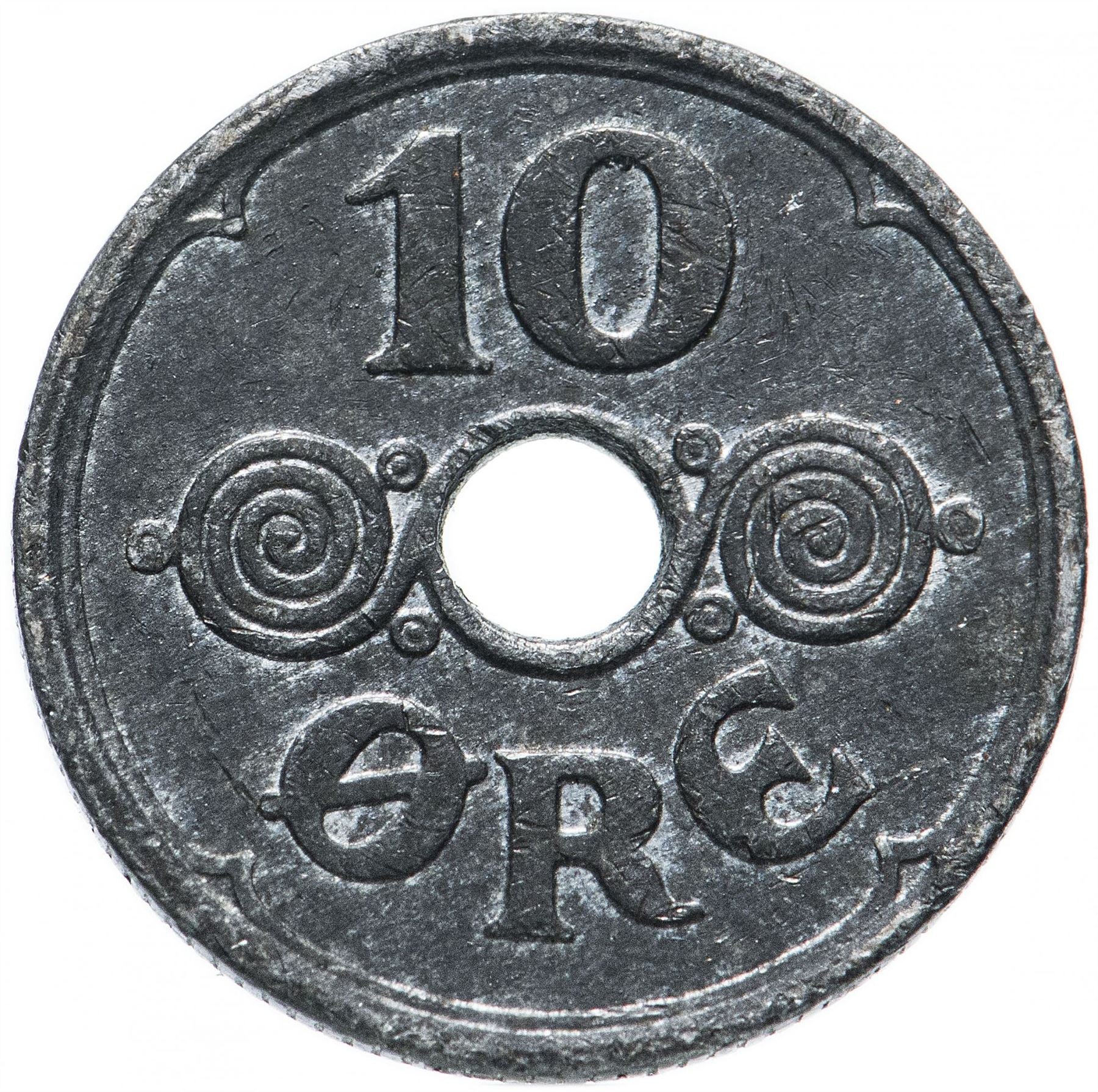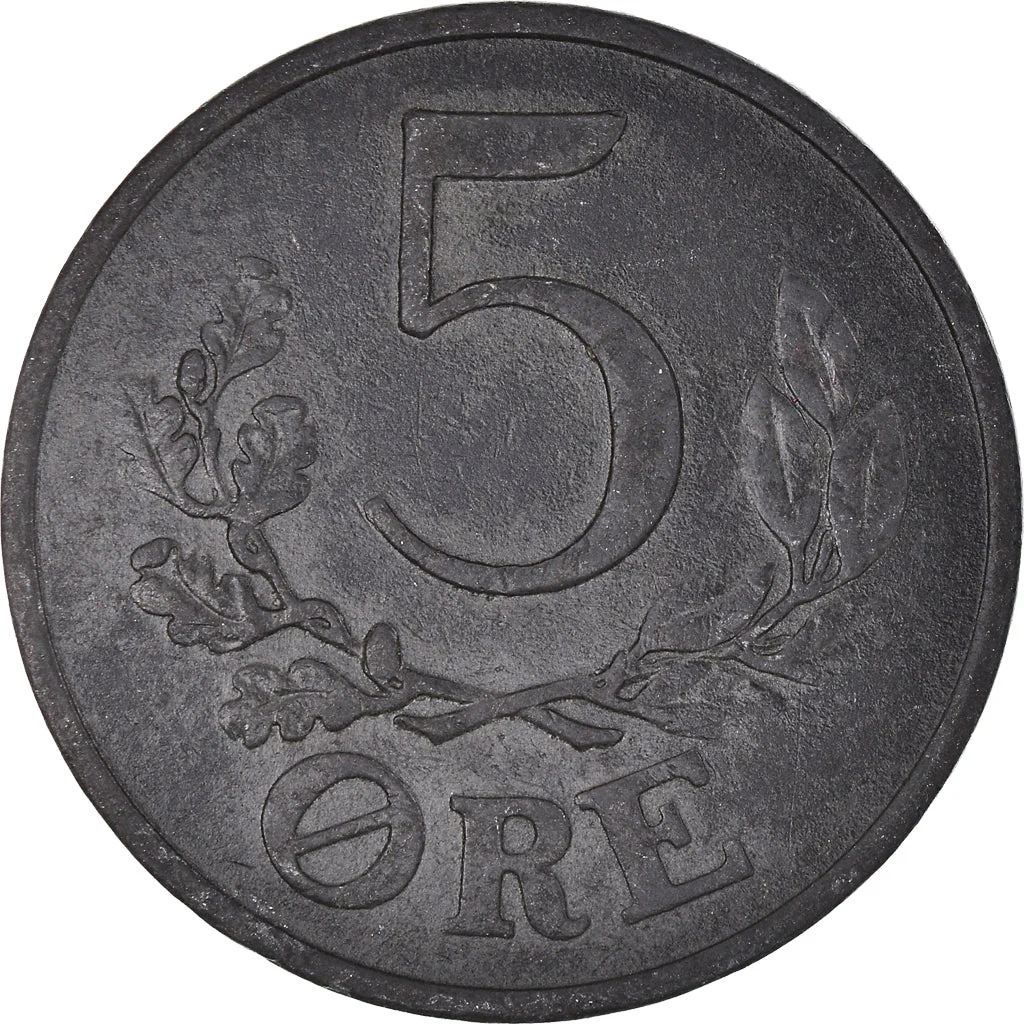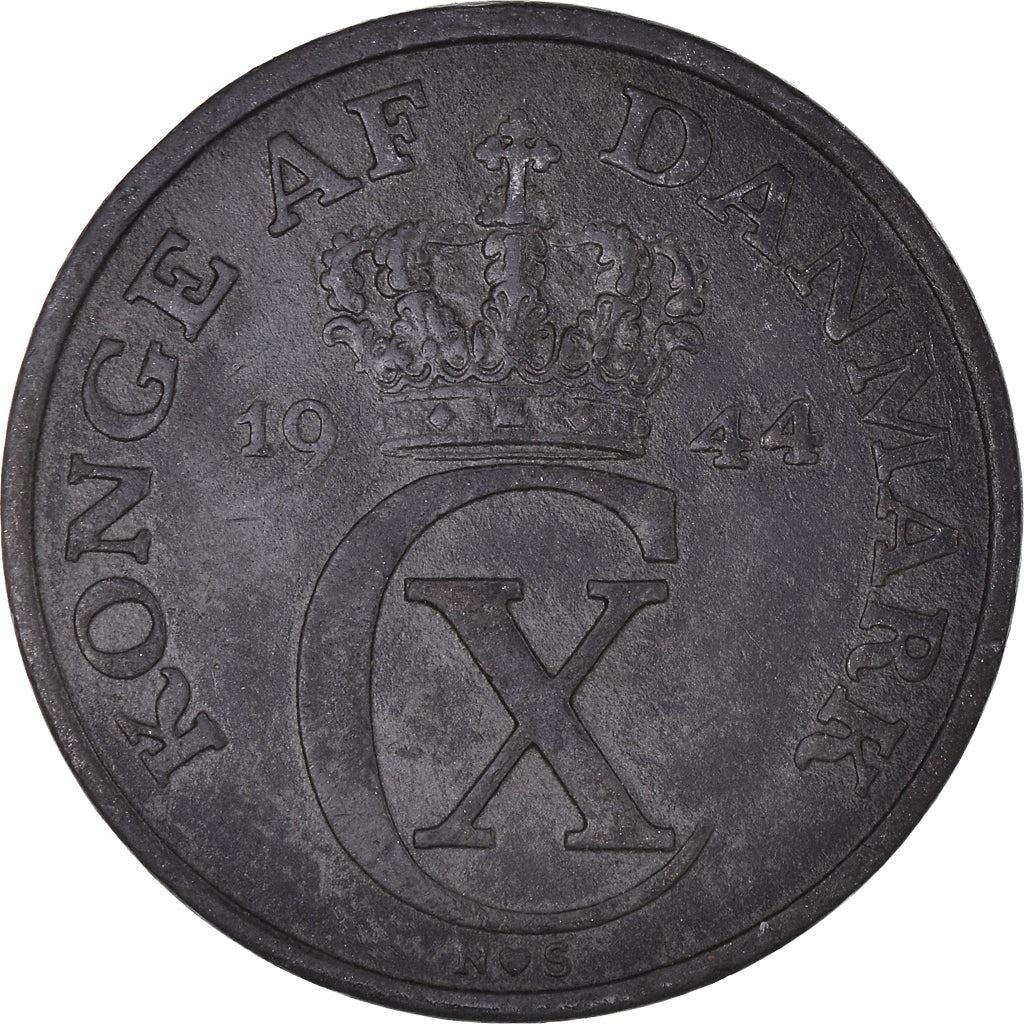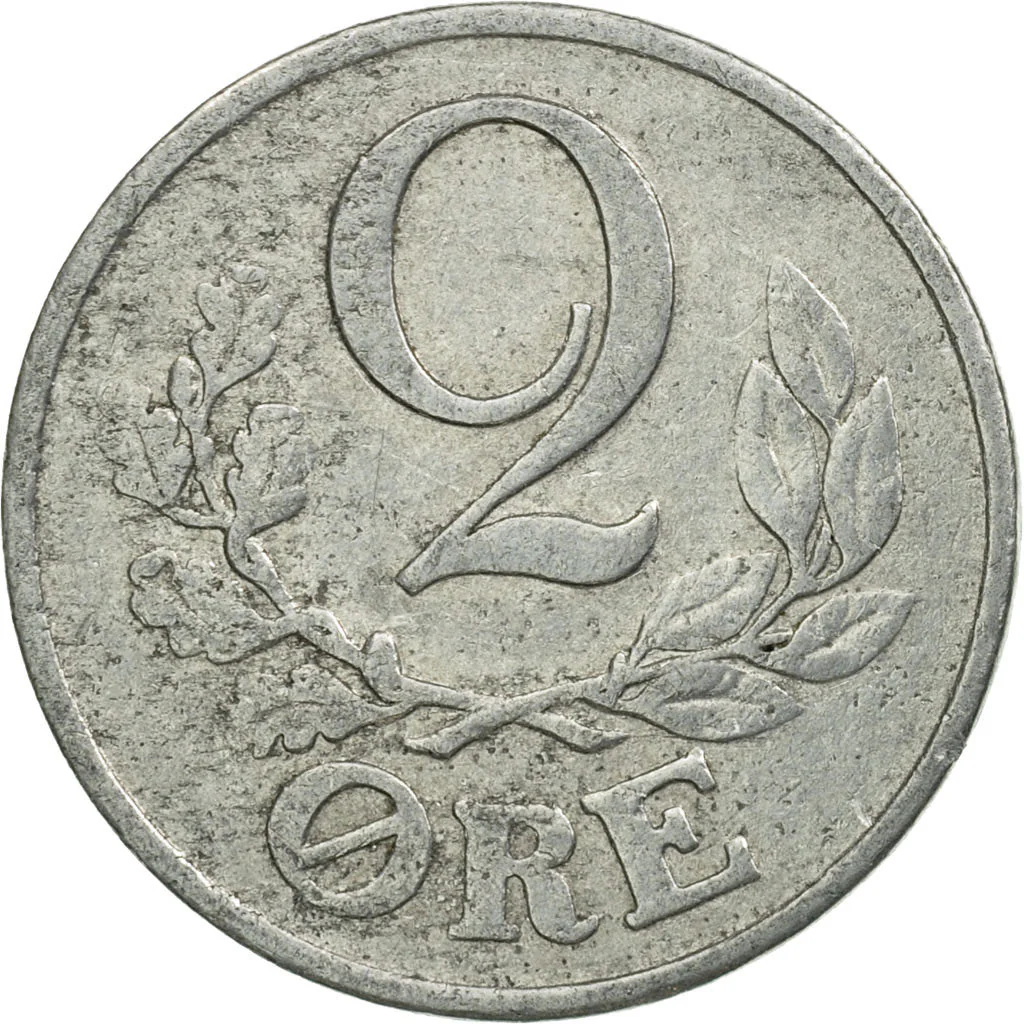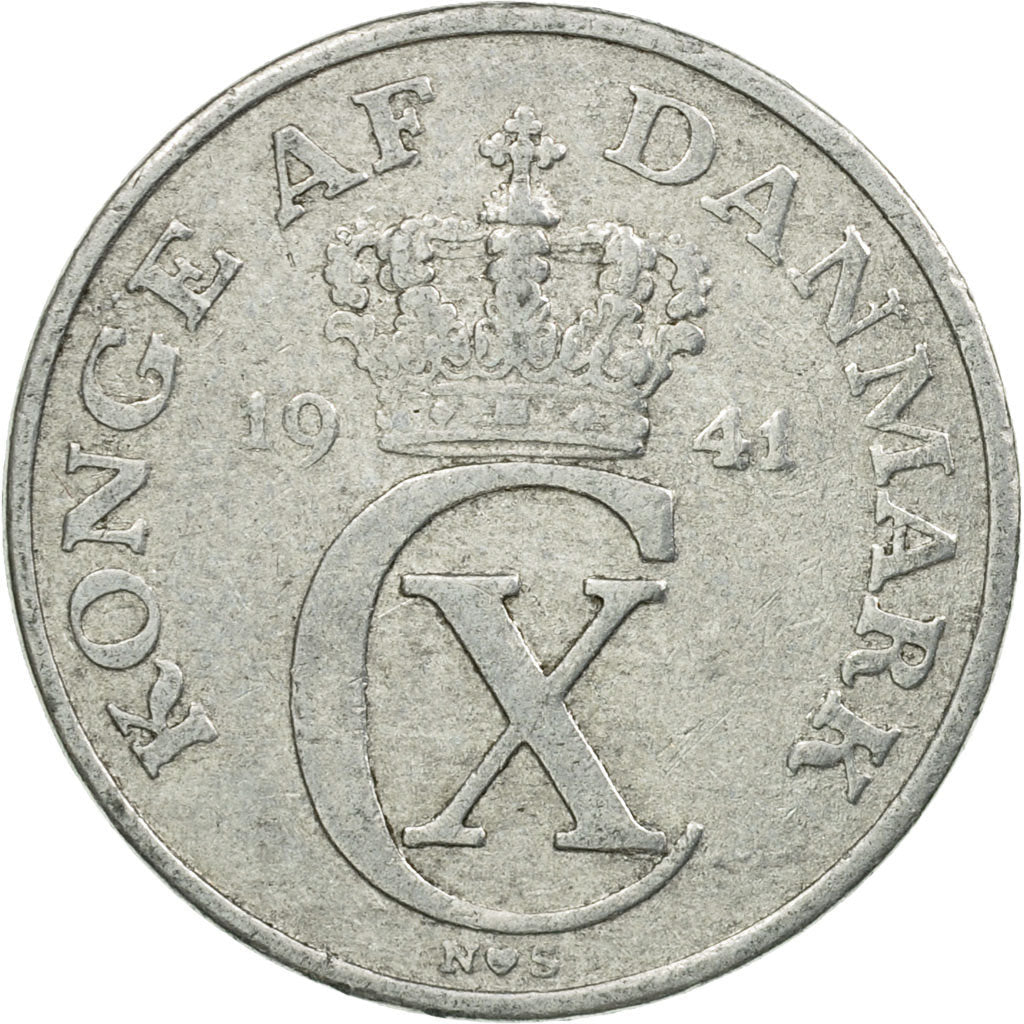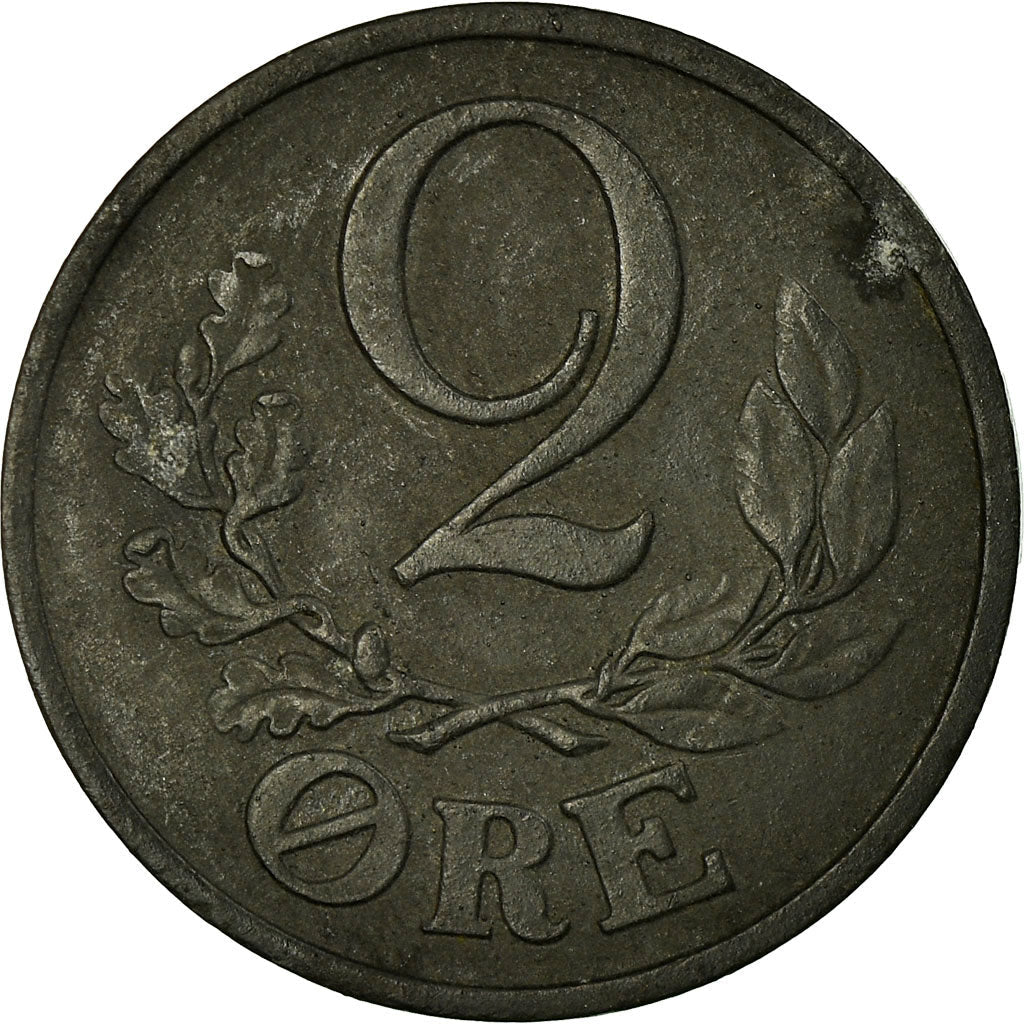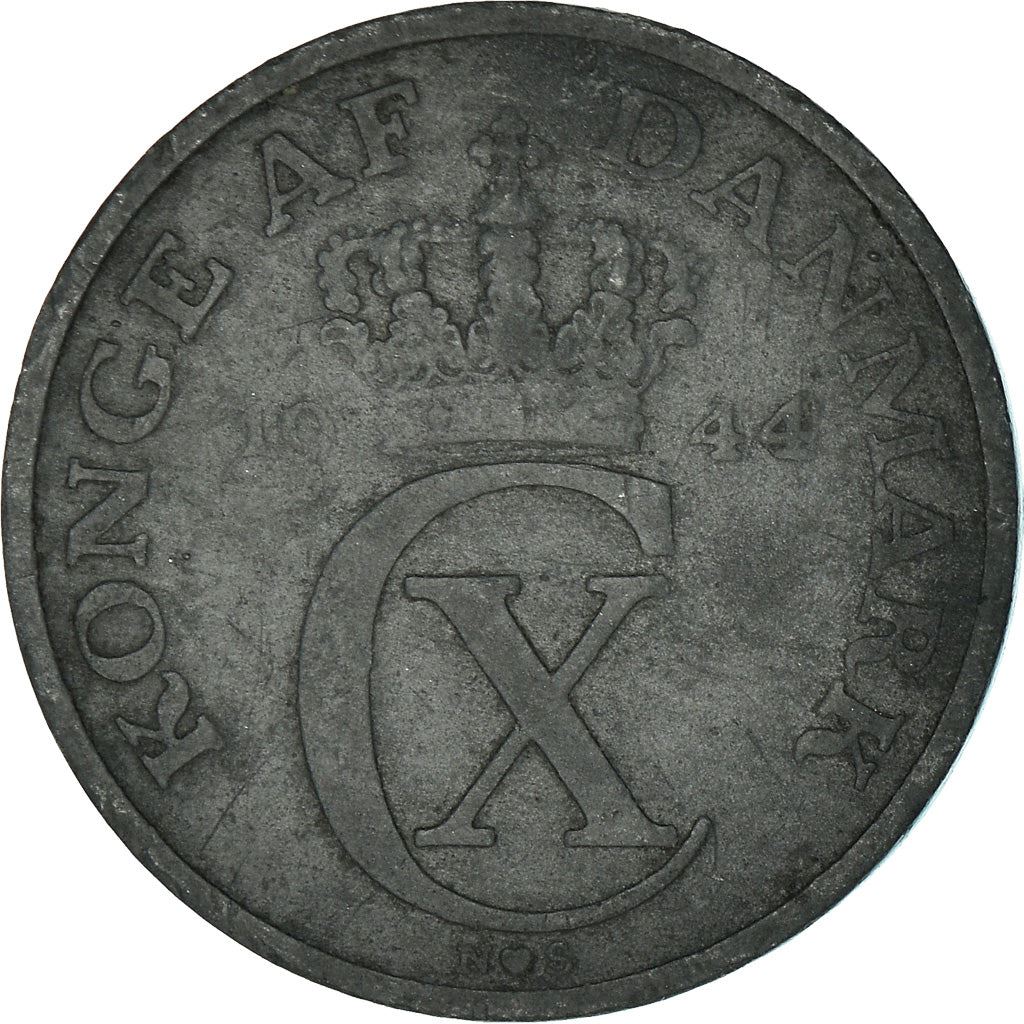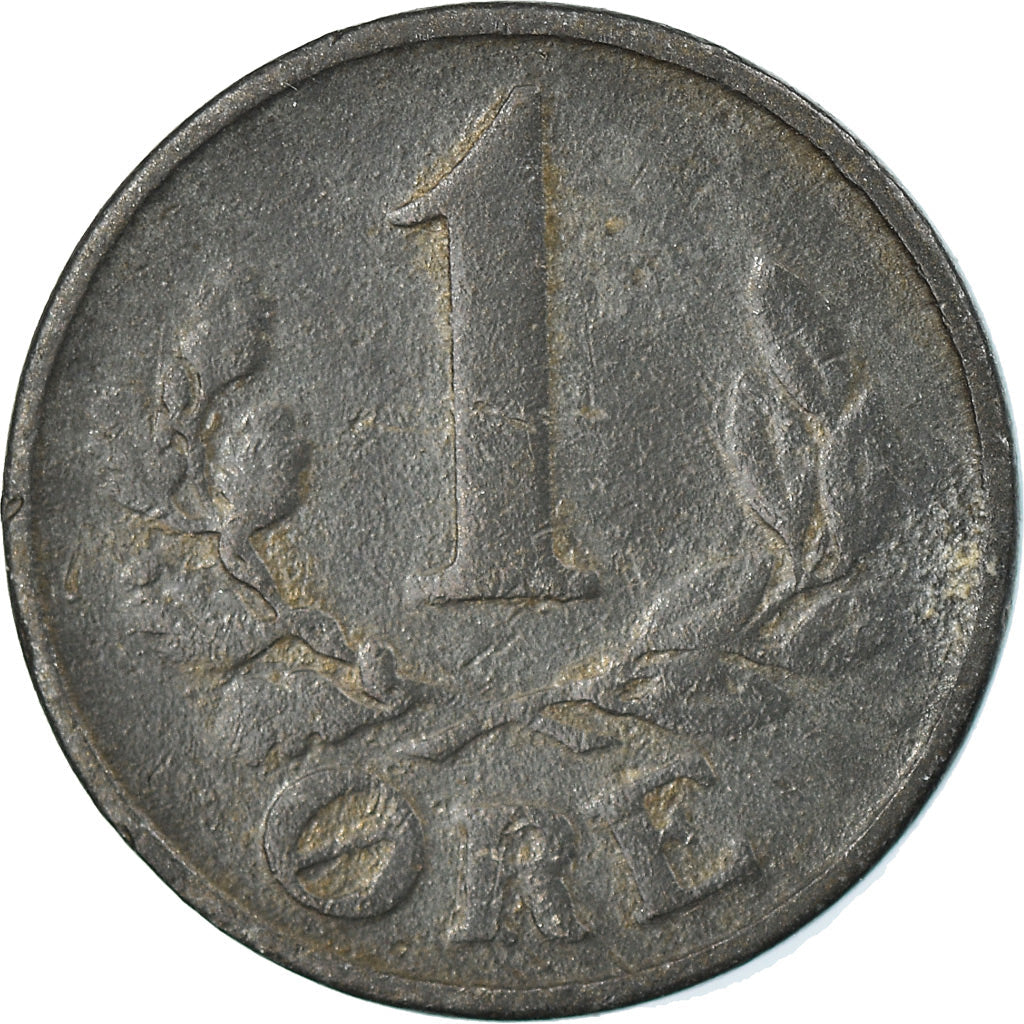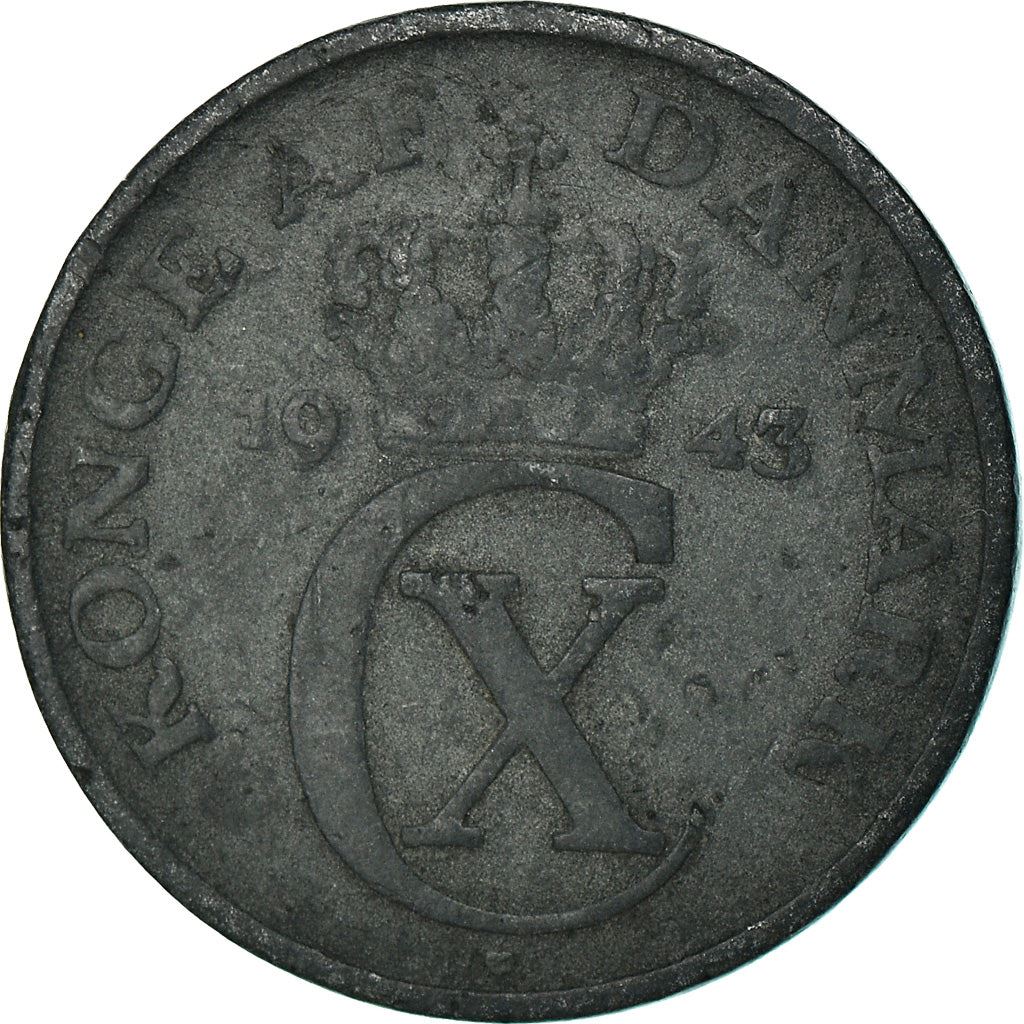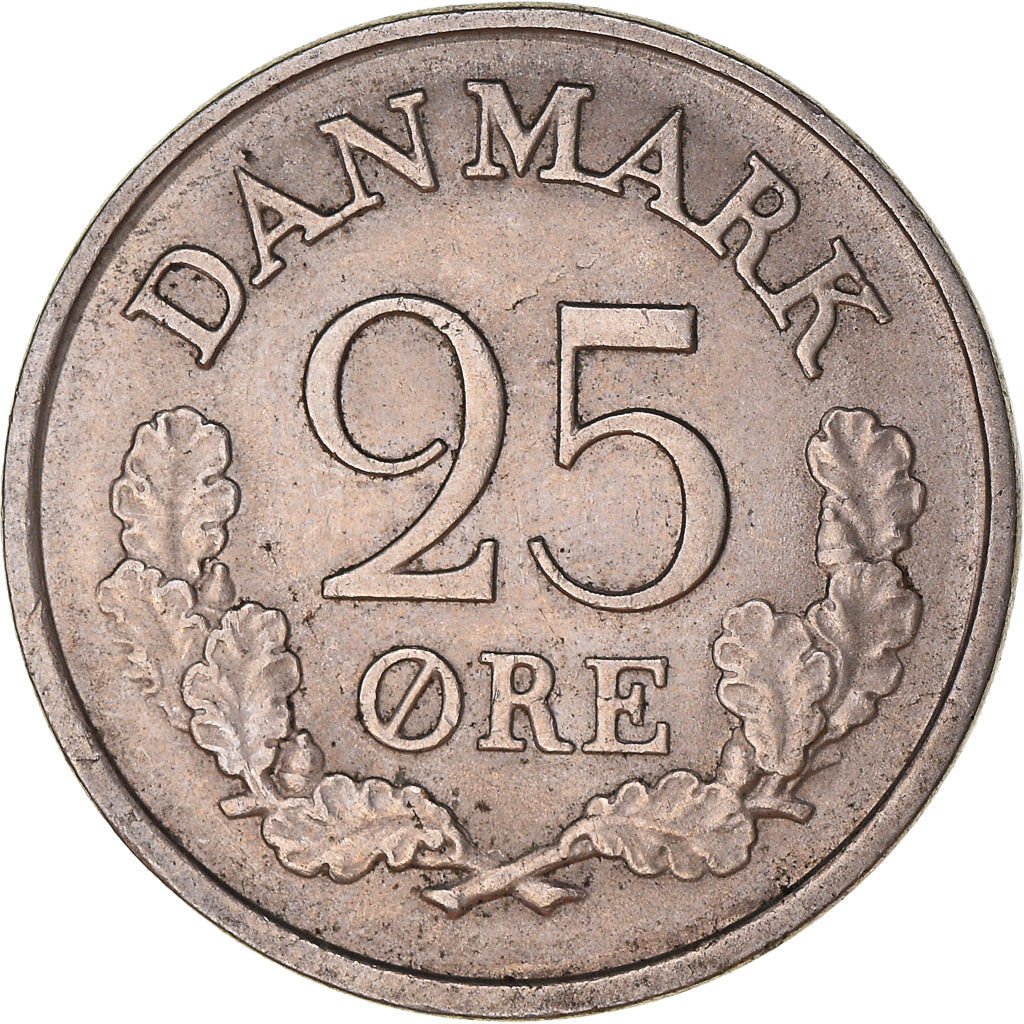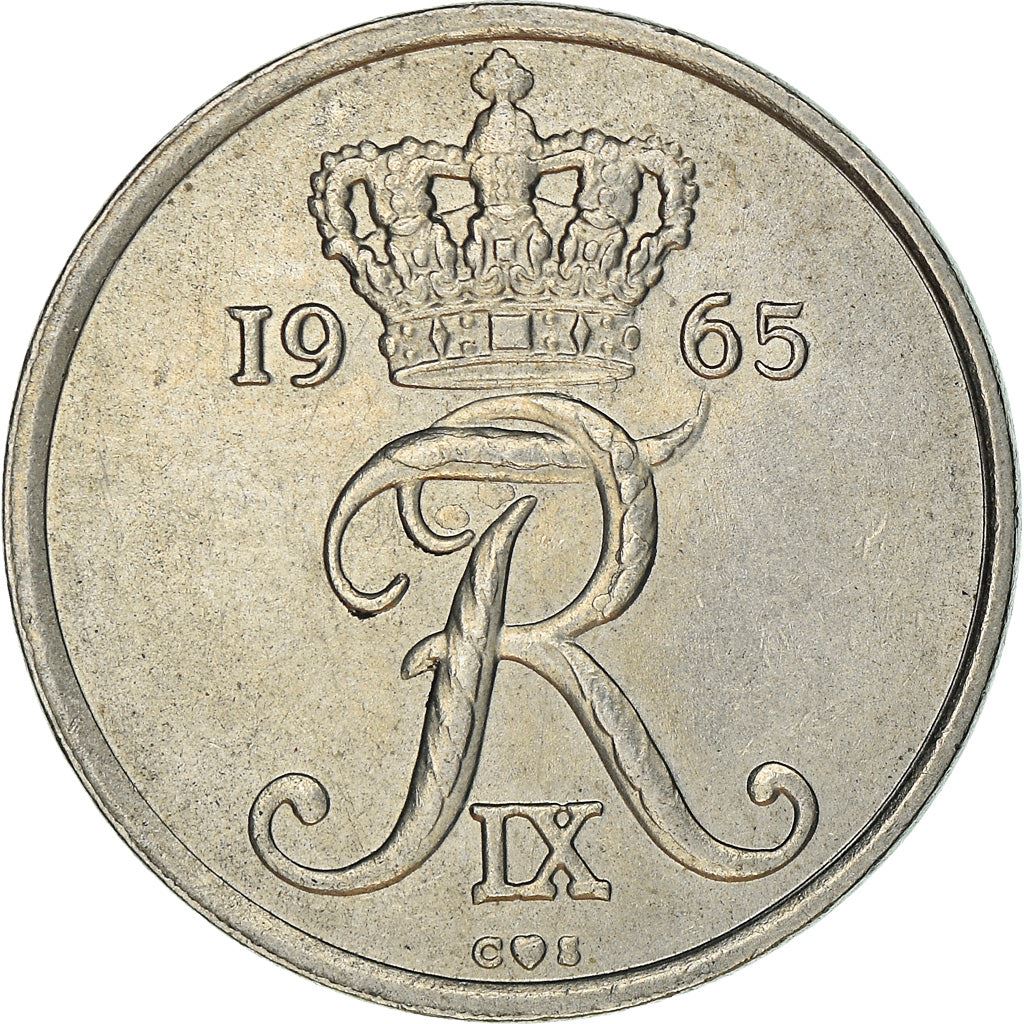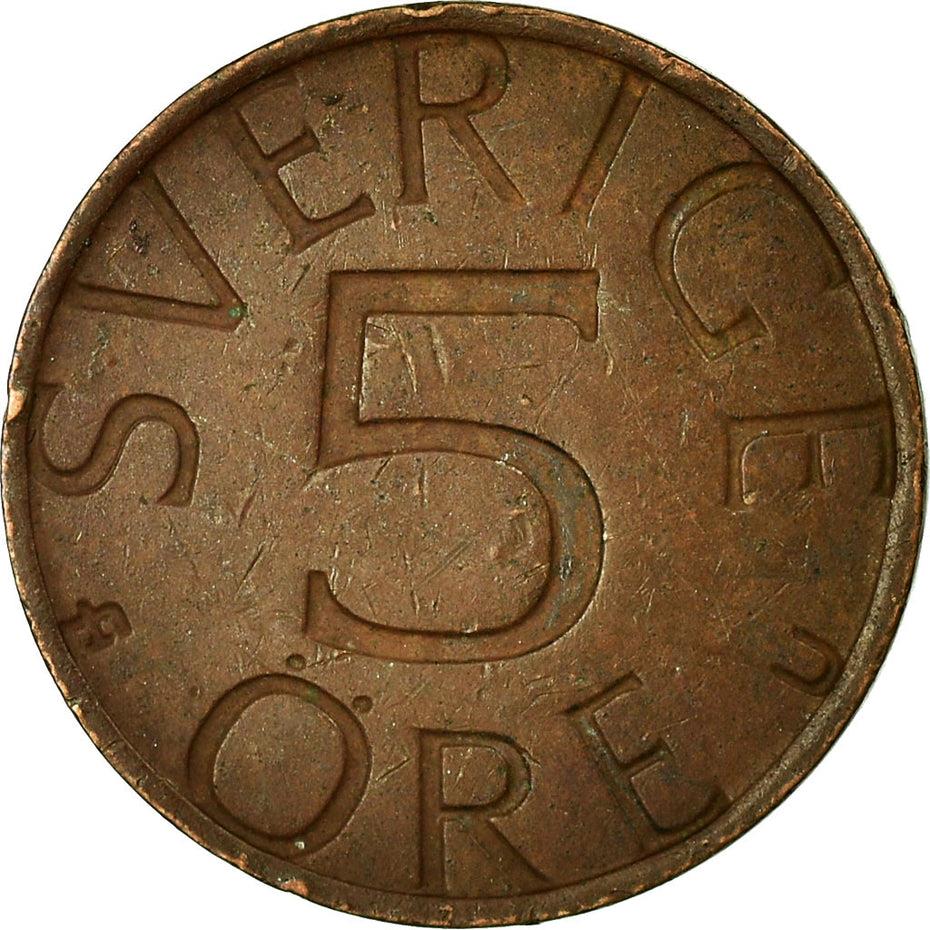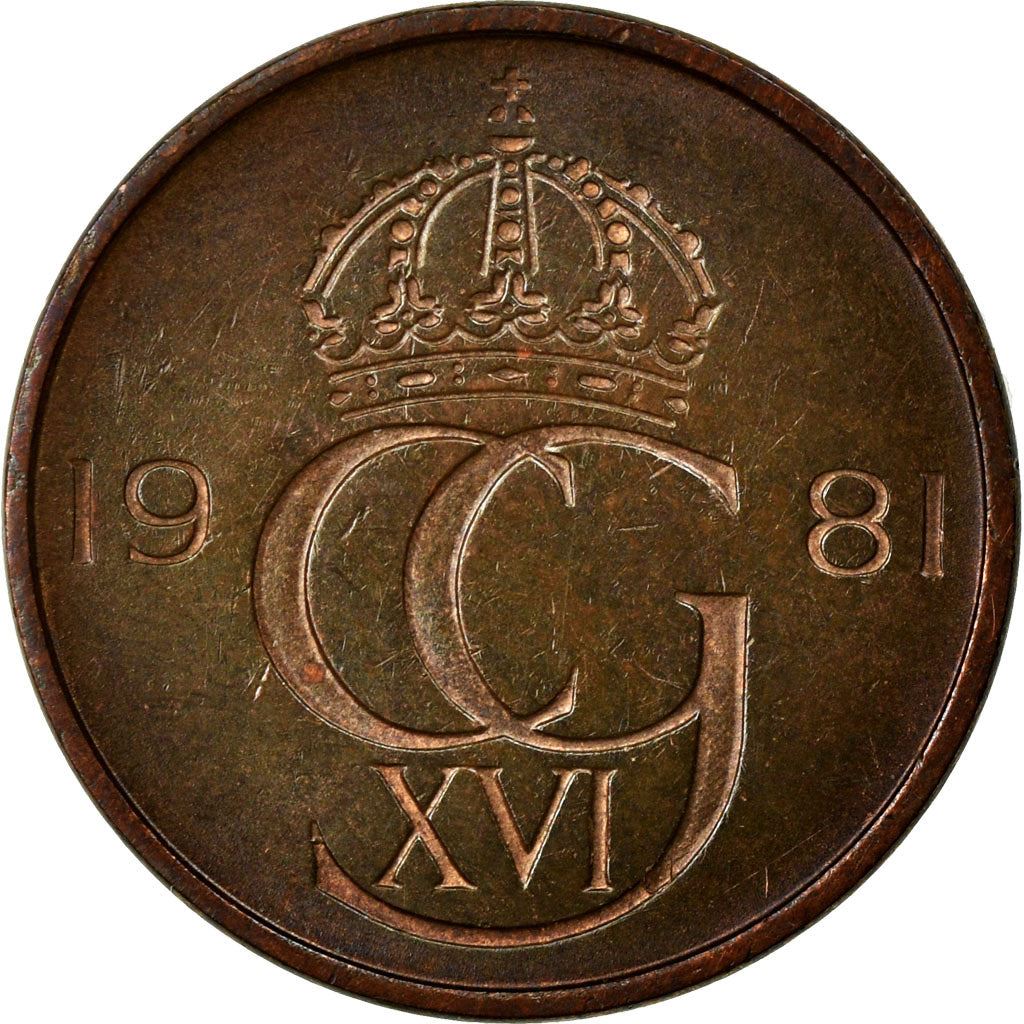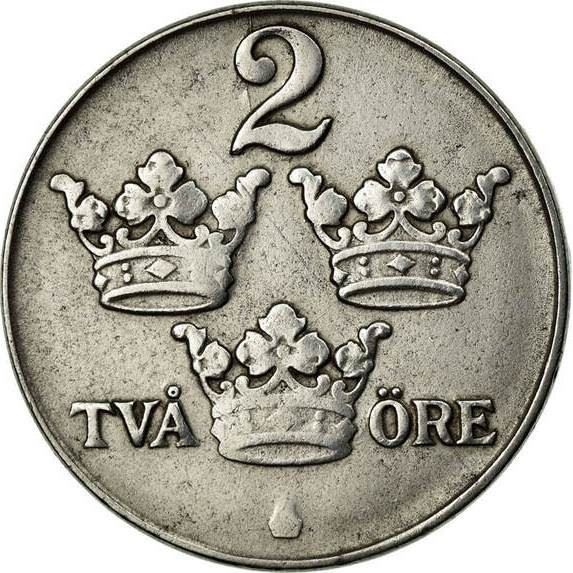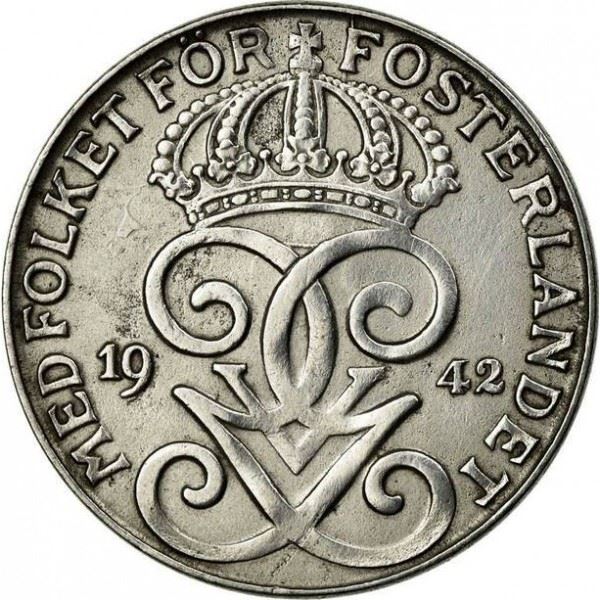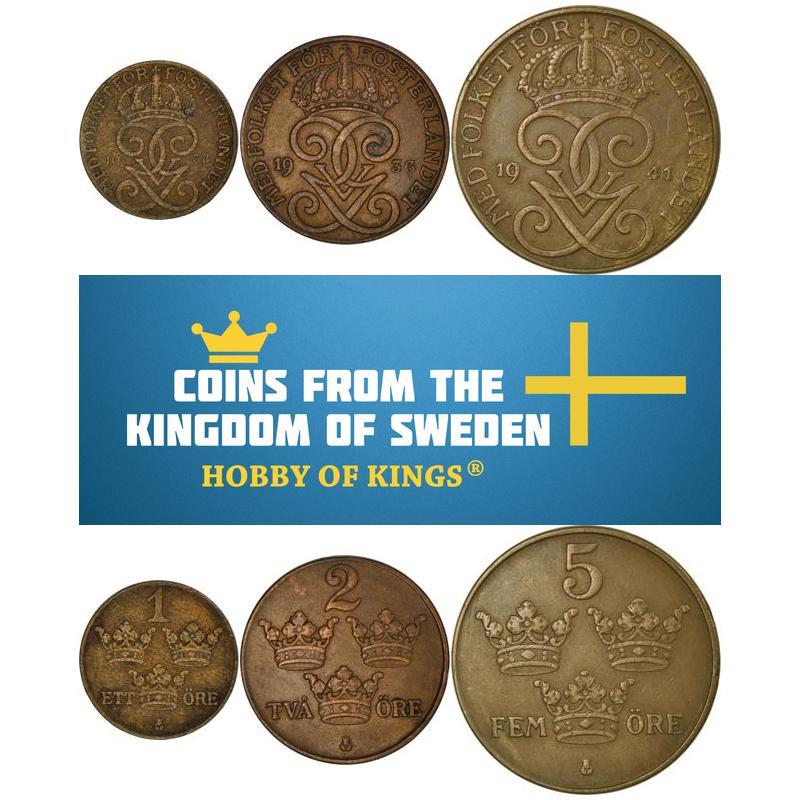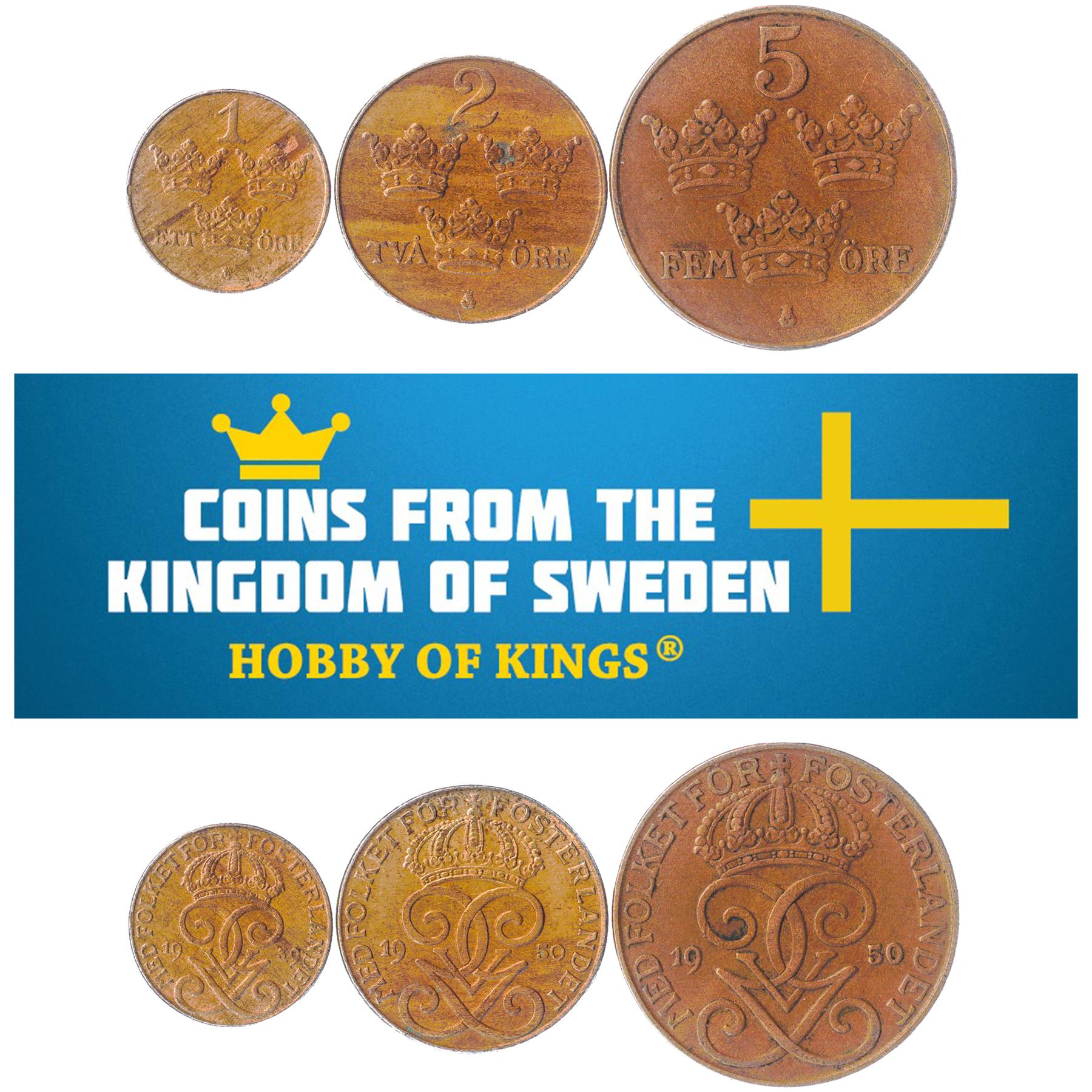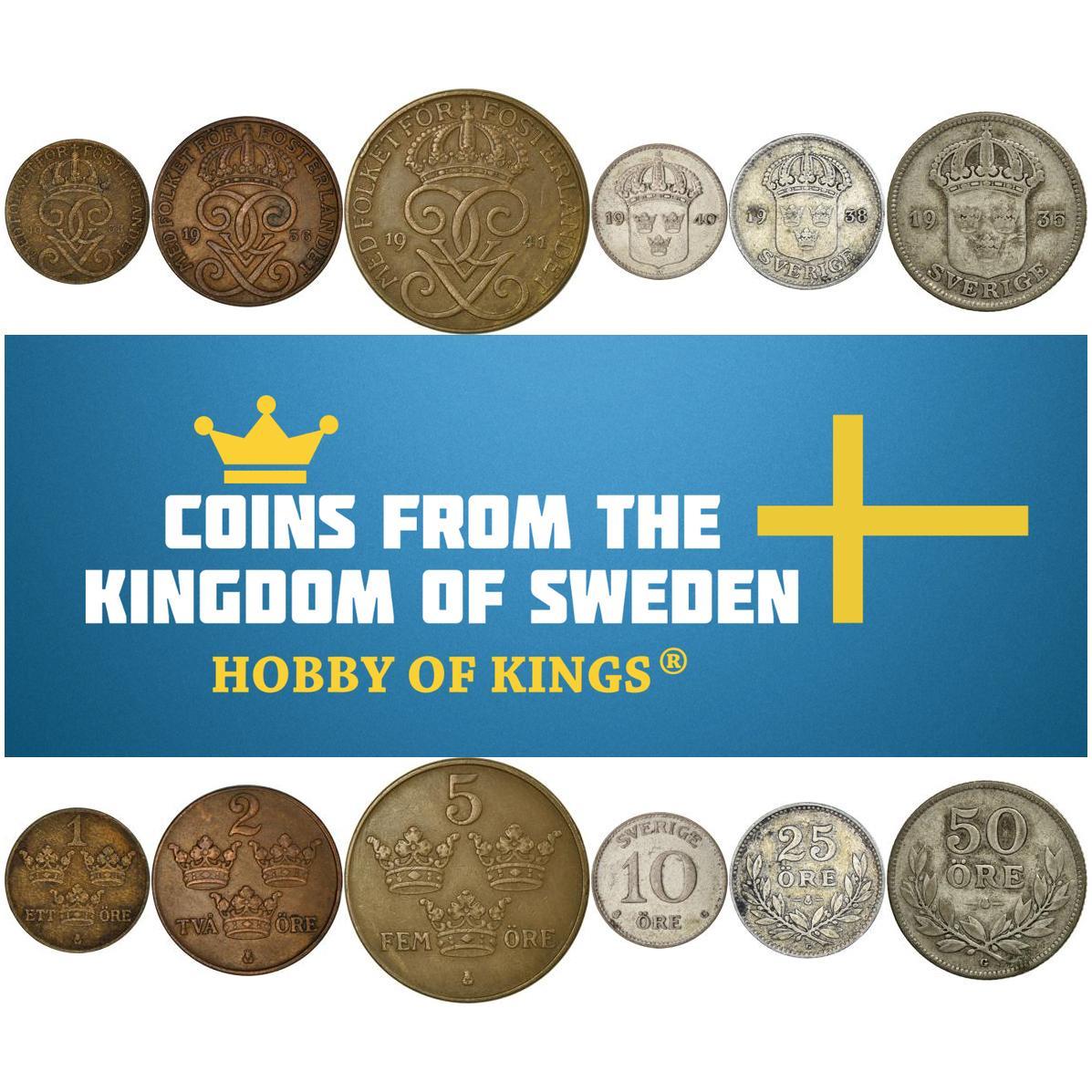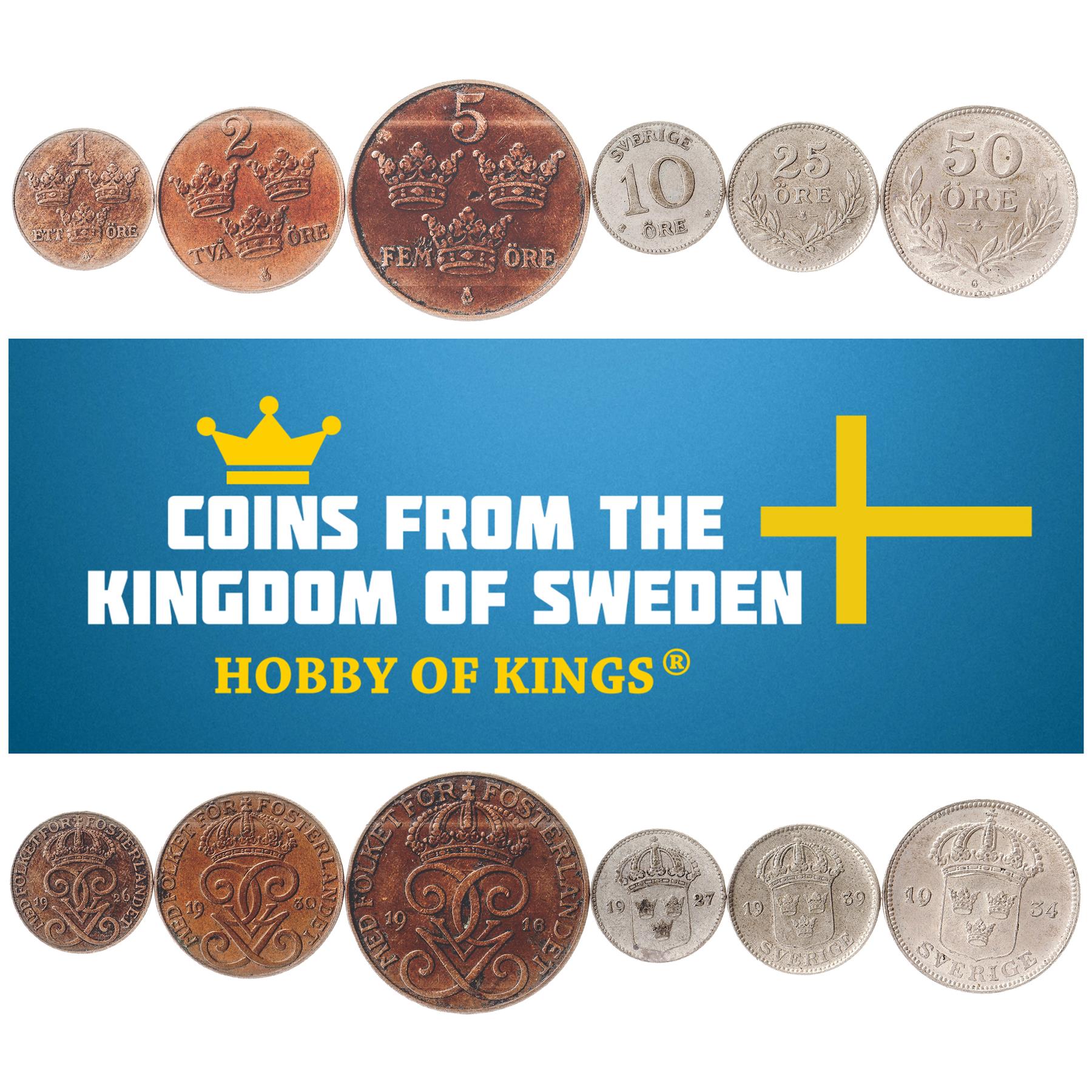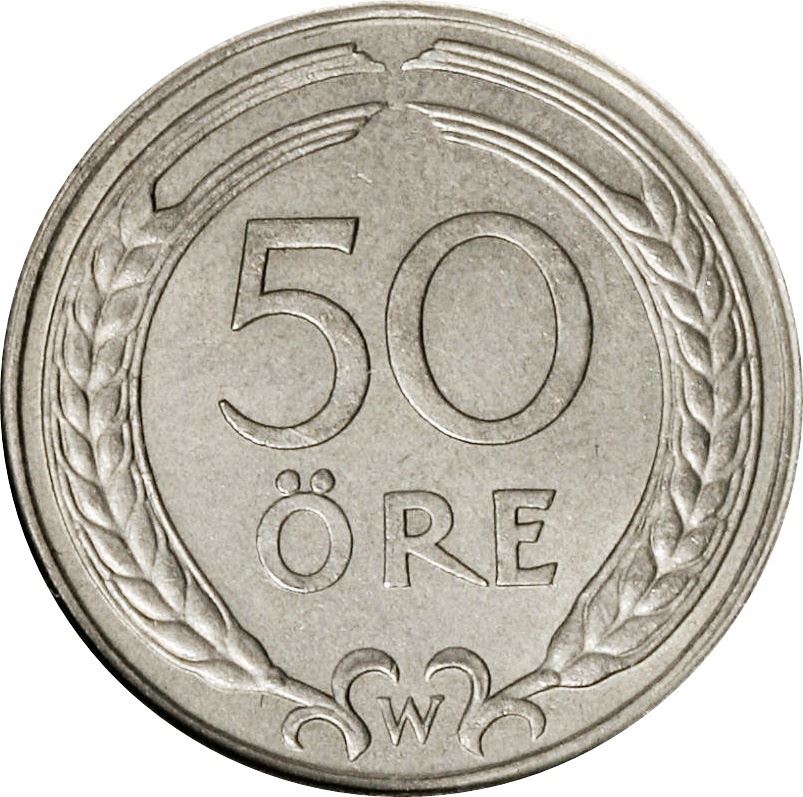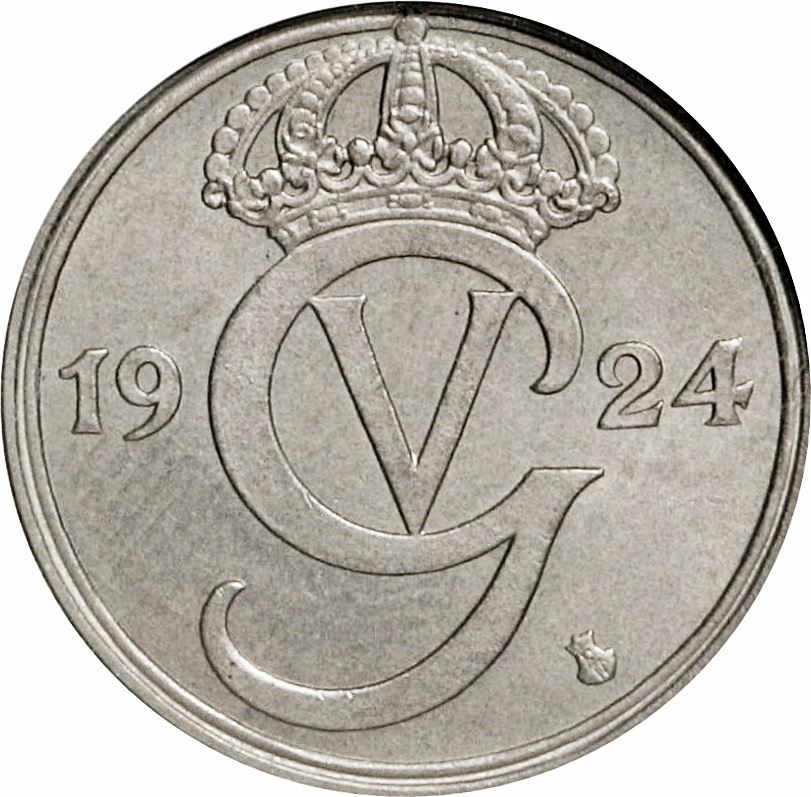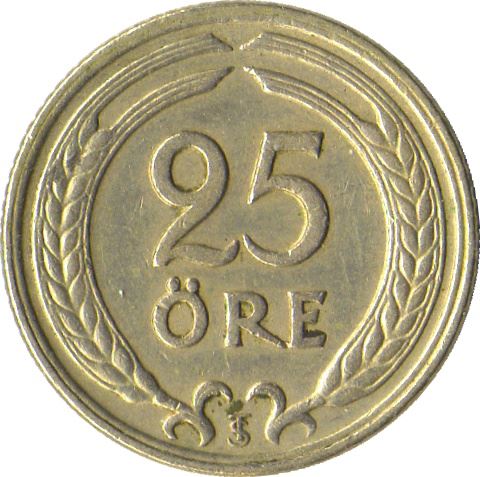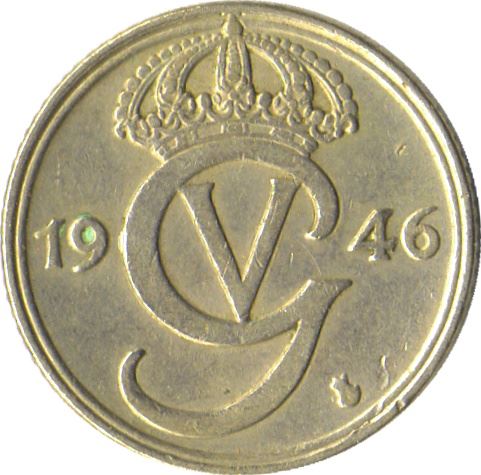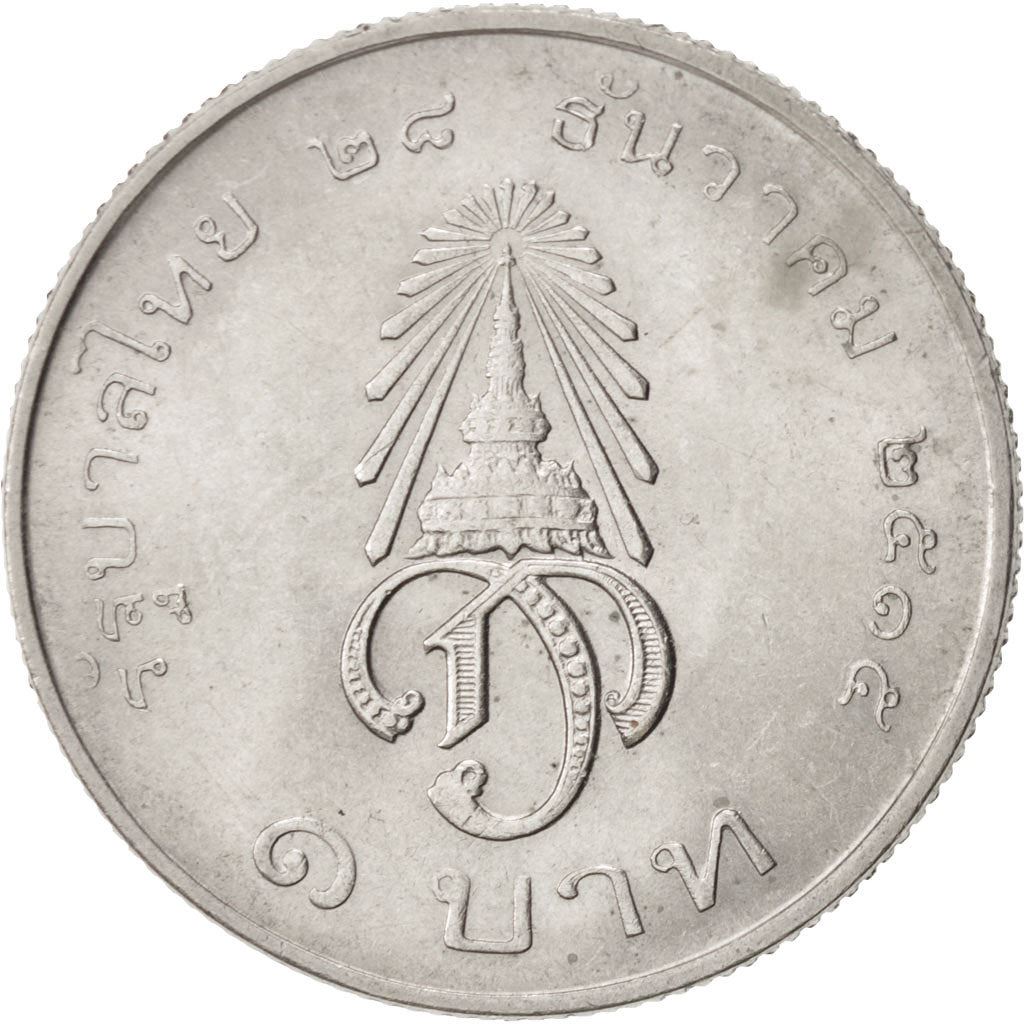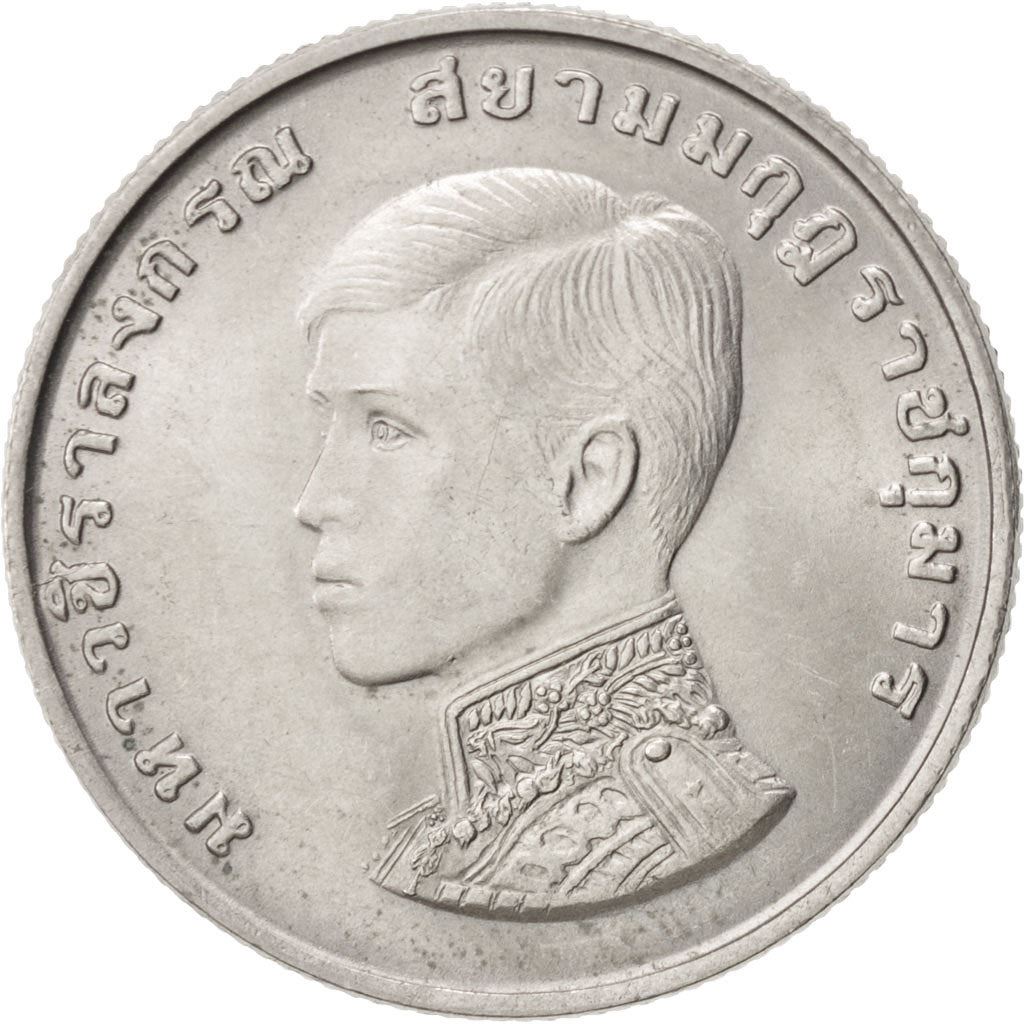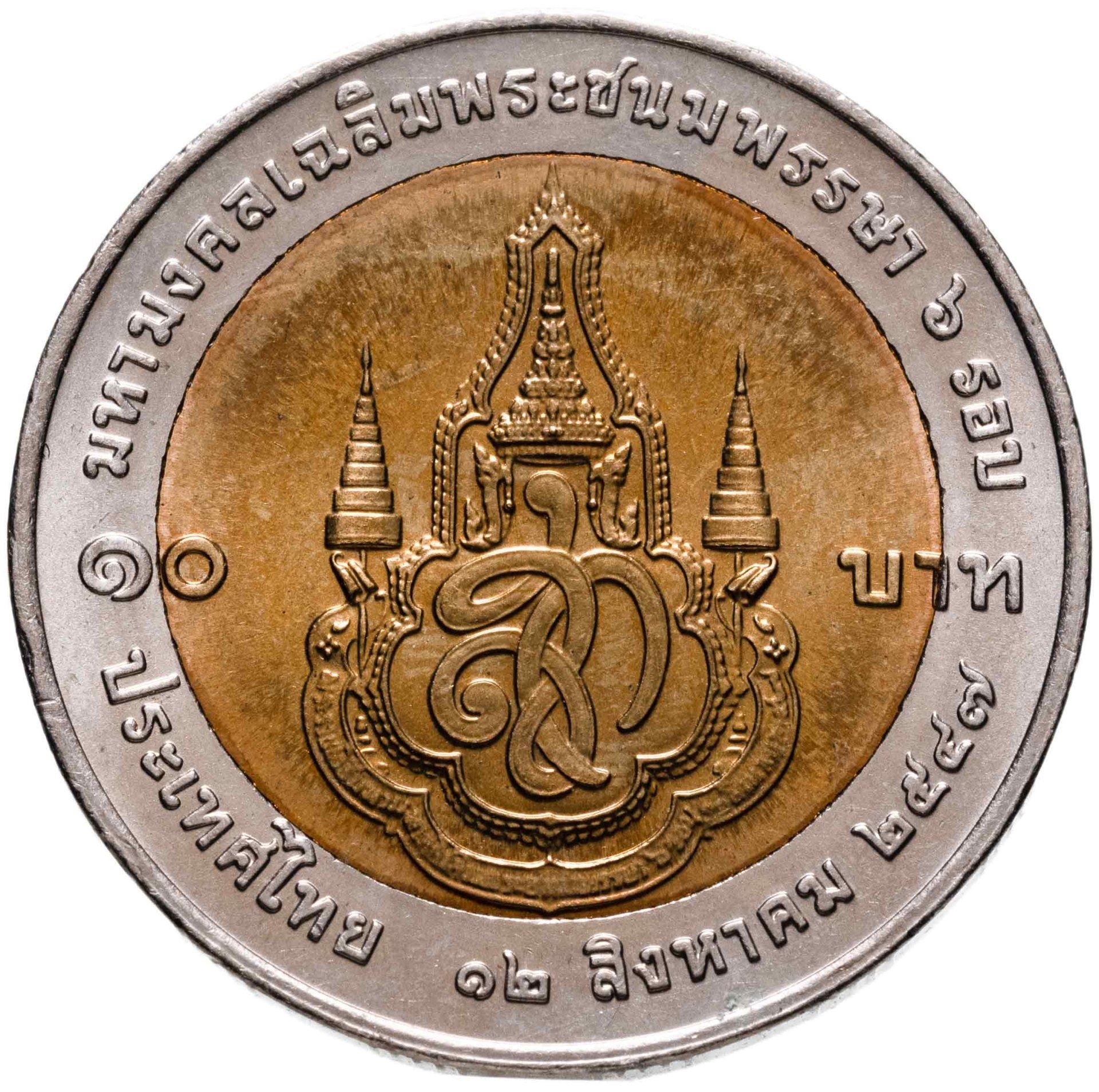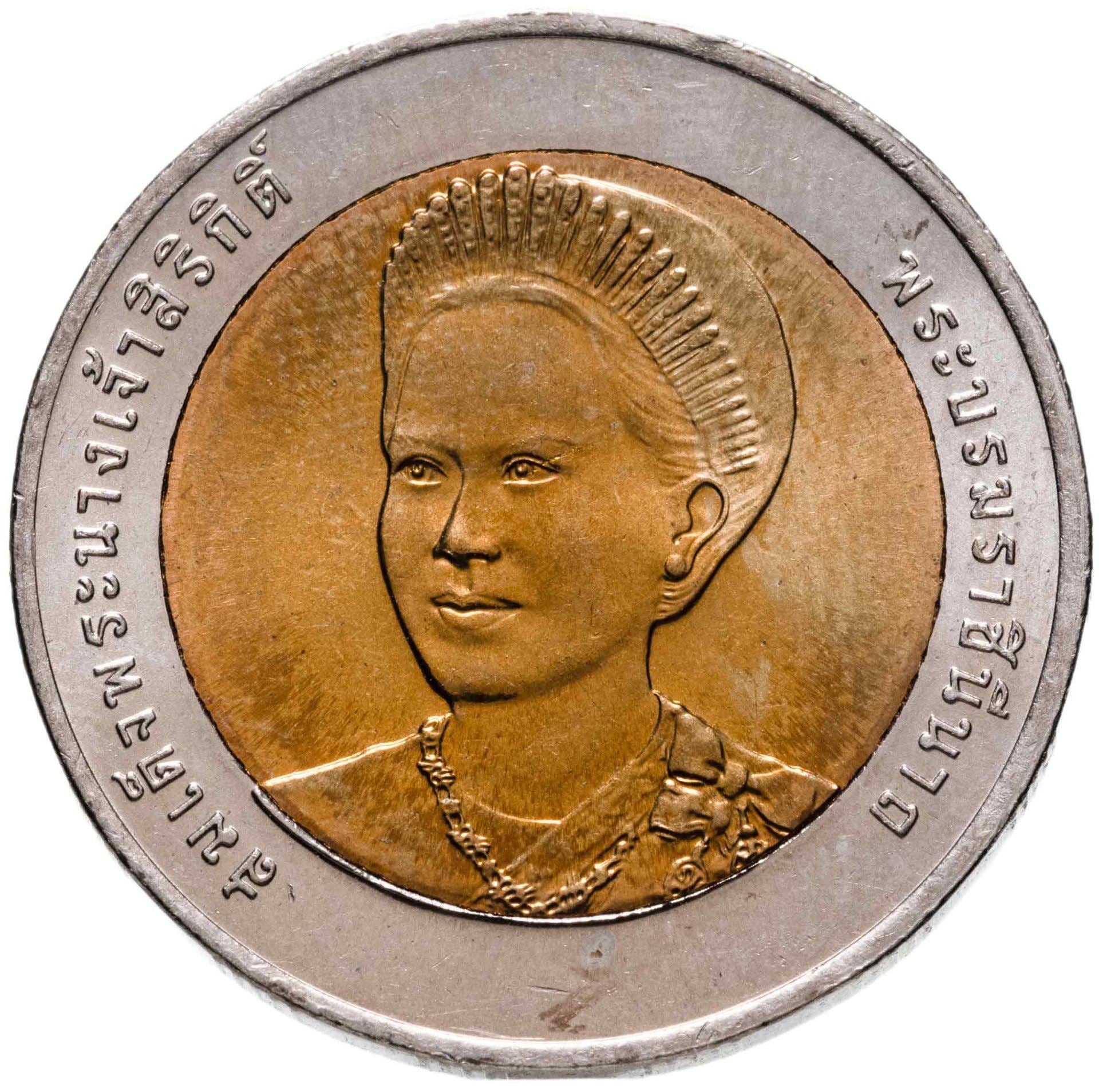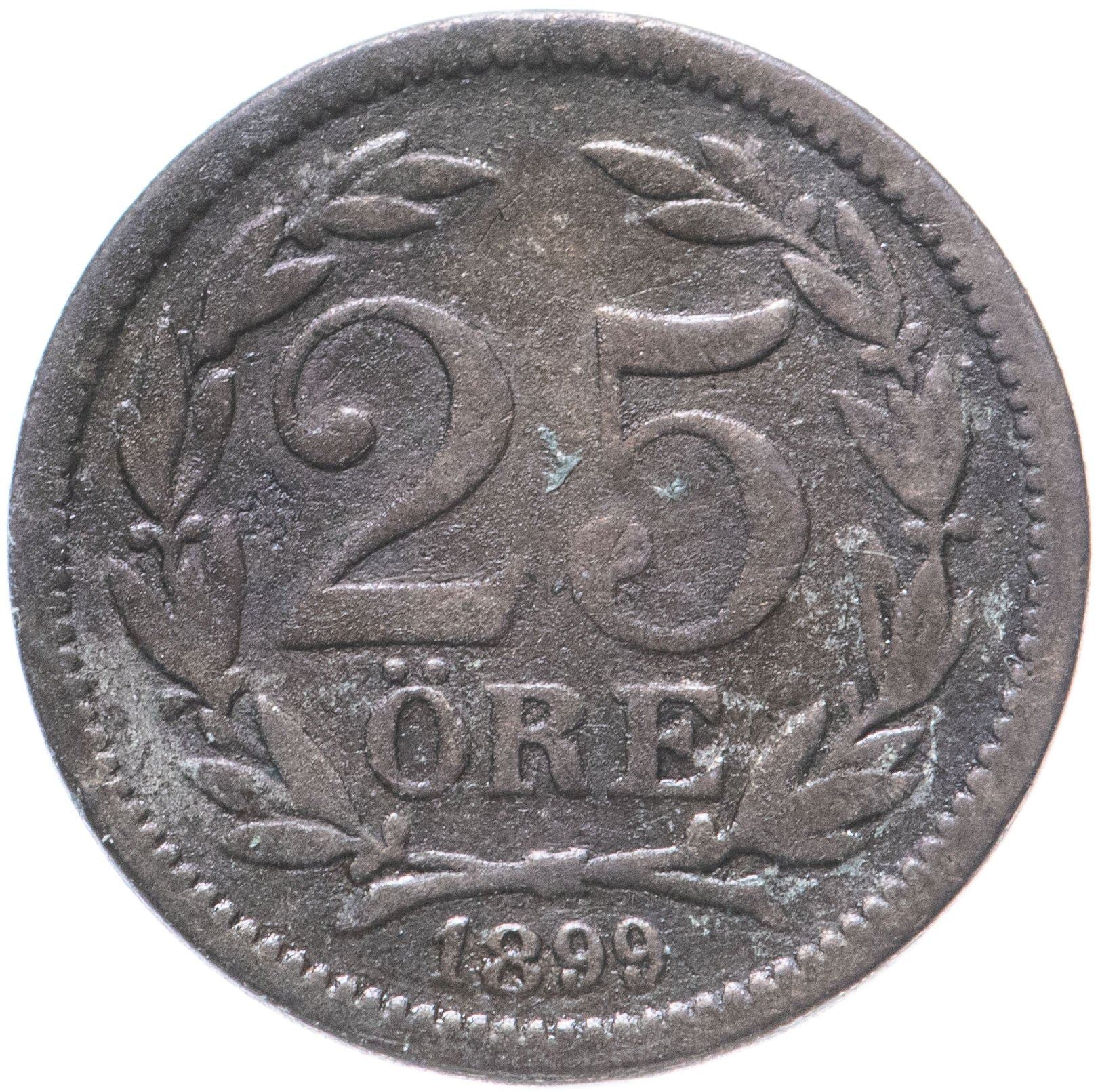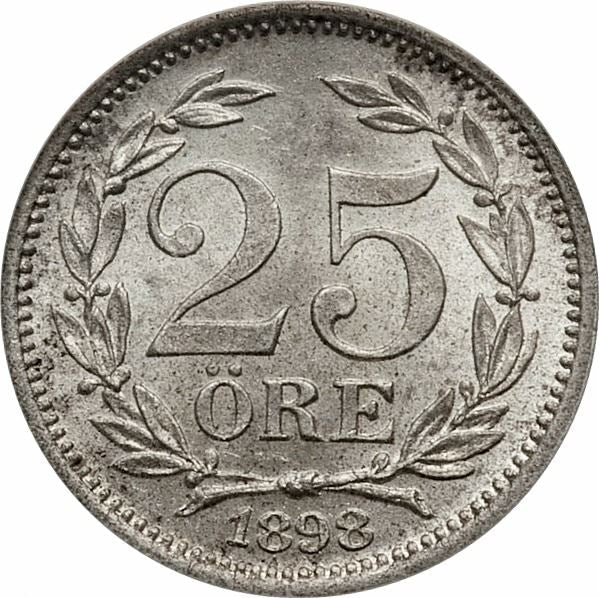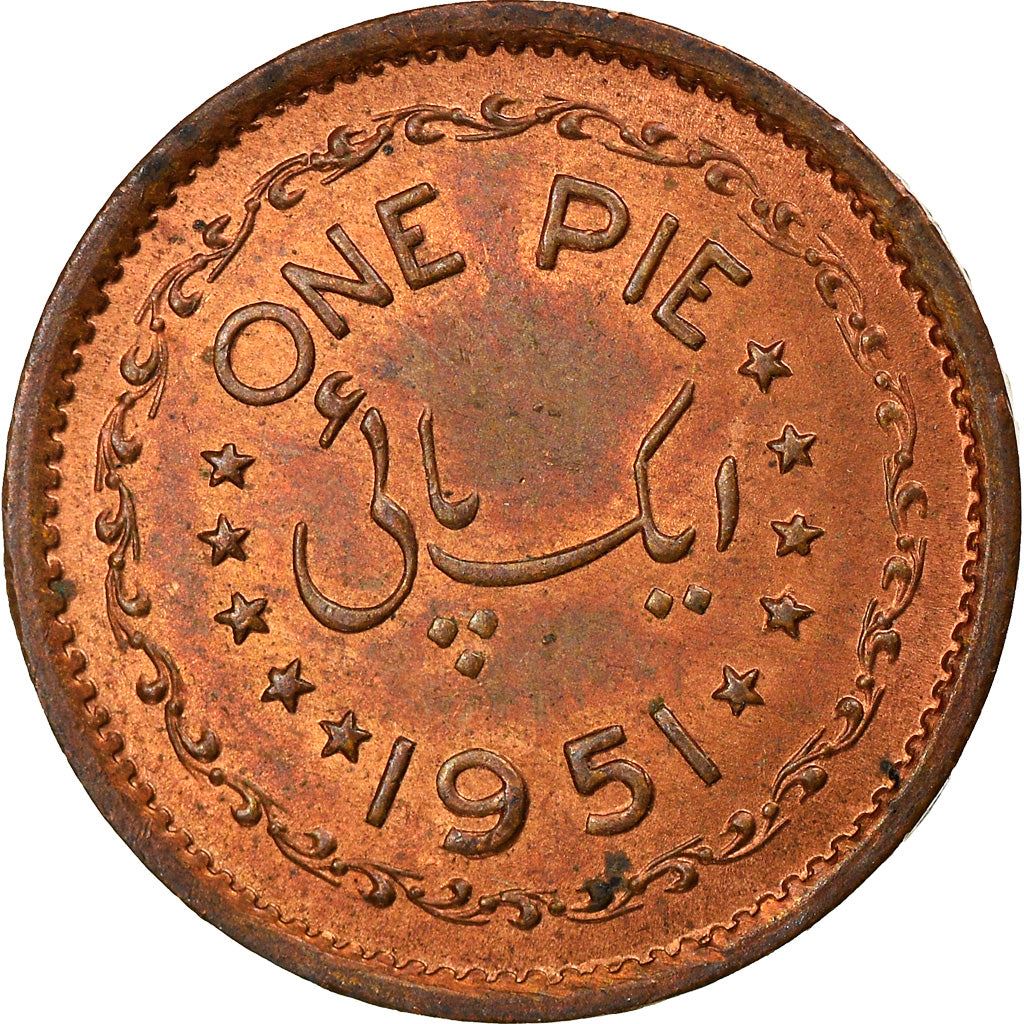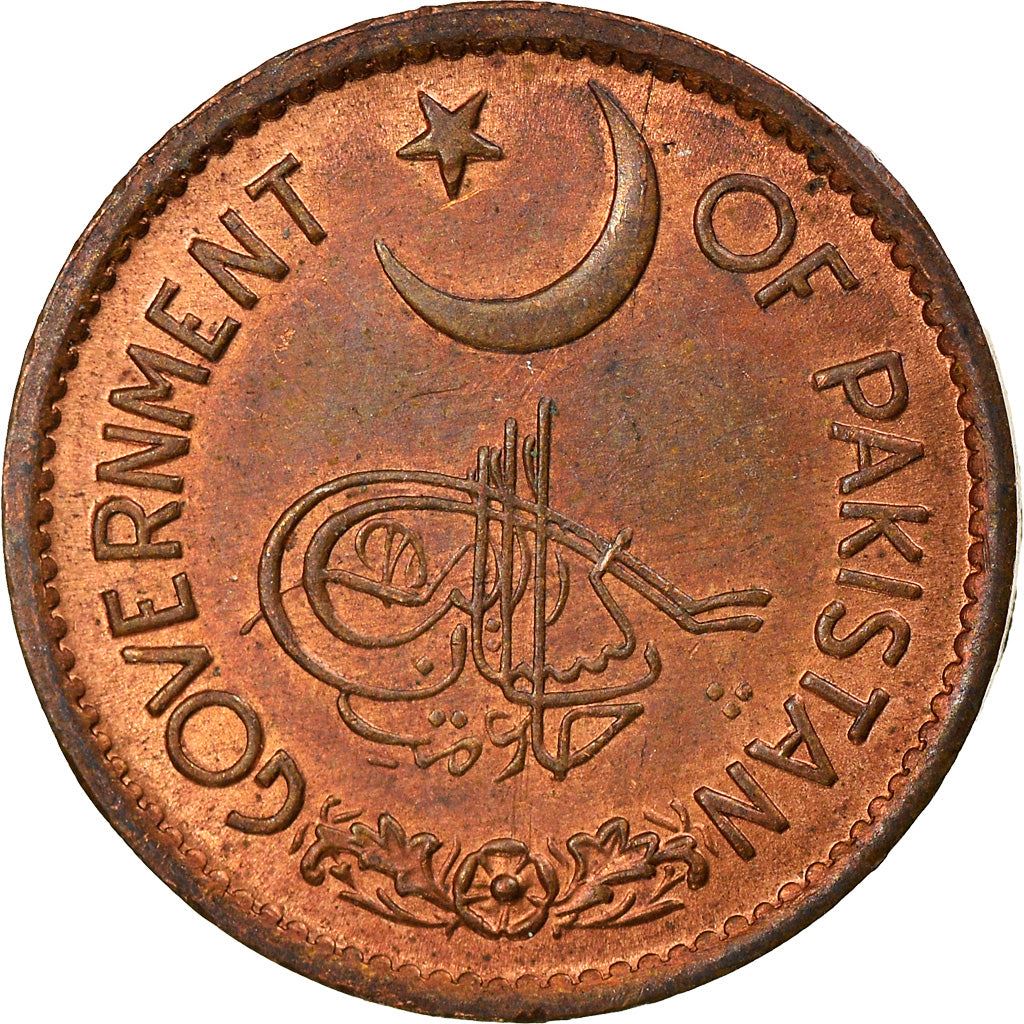Main menu
-
-
-
- Algeria (36)
- Botswana (31)
- Egypt (140)
- Ethiopia (17)
- Ghana (34)
- Kenya (52)
- Libya (7)
- Mauritius (23)
- Malawi (27)
- Morocco (39)
- Namibia (8)
- Nigeria (23)
- Tanzania (17)
- Tunisia (29)
- Sierra Leone (8)
- Seychelles (41)
- South Africa (247)
- Swaziland/Eswatini (22)
- Uganda (34)
- Zambia (24)
- Zimbabwe (15)
- Western African States (8)
-
- Afghanistan (20)
- Armenia (9)
- Azerbaijan (7)
- Bahrain (29)
- British Ceylon (0)
- China (26)
- Cyprus (44)
- Georgia (11)
- Hong Kong (62)
- Iran (26)
- Iraq (12)
- Israel (59)
- India (283)
- Indonesia (47)
- Japan (24)
- Kazakhstan (35)
- Kuwait (20)
- Lebanon (32)
- Macau (6)
- Malaysia (31)
- Maldives (20)
- Malaya and British Borneo (1)
- Nepal (85)
- North Korea (16)
- Oman (142)
- Pakistan (60)
- Philippines (89)
- Saudi Arabia (38)
- Singapore (35)
- South Korea (19)
- Sri Lanka (80)
- Syria (2)
- Taiwan (25)
- Thailand (117)
- United Arab Emirates (29)
- Vietnam (11)
- Qatar (23)
-
- Albania (28)
- Austria (49)
- Belarus (4)
- Belgium (99)
- Bulgaria (84)
- Bosnia and Herzegovina (2)
- Croatia (26)
- Czech Republic (10)
- Czechoslovakia (65)
- Estonia (13)
- Denmark (104)
- France (156)
- Finland (59)
- Germany (282)
- West Germany (13)
- East Germany (23)
- German Reich (32)
- Nazi Germany (17)
- Greece (89)
- Guernsey (45)
- Hungary (87)
- Iceland (48)
- Ireland (29)
- Italy (86)
- Jersey (56)
- Kingdom of Prussia (1)
- Poland (155)
- Latvia (23)
- Lithuania (21)
- Luxembourg (32)
- Malta (26)
- Moldova (4)
- Netherlands (74)
- North Macedonia (10)
- Norway (65)
- Portugal (52)
- Russian Federation (9)
- Russian Empire (4)
- Romania (88)
- Serbia (17)
- Sweden (97)
- Spain (141)
- Slovenia (15)
- Slovakia (9)
- Soviet Union (70)
- Switzerland (40)
- Turkey (105)
- United Kingdom (295)
- Ukraine (29)
- Yugoslavia (92)
-
- Aruba (10)
- Bahamas (18)
- Barbados (20)
- Belize (16)
- Bermuda (25)
- Cayman Islands (20)
- Canada (140)
- Cuba (59)
- Costa Rica (67)
- Dominican Republic (31)
- Eastern Caribbean States (28)
- Guatemala (3)
- Honduras (10)
- Jamaica (35)
- Mexico (80)
- Netherland Antilles (22)
- Nicaragua (50)
- Panama (60)
- Trinidad & Tobago (20)
- United States (214)
-
- Banknotes (145)
- Currency supplies (18)
- Berlin wall (1)
- Postage stamps (21)
Monograms
82 products
Showing 1 - 48 of 82 products
A Monogram is a motif created by overlapping or combining two or more letters, typically the initials of a person, family, or institution. On coins, monograms are used to symbolize identity and ownership, representing the issuer or honoring individuals of significance.
Historical Significance
-
Royal Monograms:
- Historically, royal monograms have been used on coins to denote the authority of the ruling monarch. This practice is especially prevalent in European coinage, where the initials of the reigning king or queen are intertwined in a unique design, symbolizing the sovereign's ownership of the currency.
- For instance, British coins have featured monograms such as "ER" (Elizabeth Regina) for Queen Elizabeth II and "GR" (Georgius Rex) for King George V.
-
Institutional Monograms:
- Institutions like banks, mints, and corporations have also used monograms on coins to signify their authority and to authenticate the coin as a legitimate piece of currency. This practice ensures that each coin can be traced back to its source, providing a layer of security and trust in the currency system.
Representation on Coins
-
Design Elements:
- Monograms on coins are typically designed to be visually appealing and easily recognizable. They often incorporate stylistic elements that reflect the personality or characteristics of the issuer.
- The letters may be interlaced, superimposed, or arranged in a way that makes the monogram distinct and memorable.
-
Royal and National Monograms:
- In many countries, especially monarchies, coins regularly feature the monogram of the current ruler. These monograms are updated with each change in leadership, reflecting the continuity of the nation's history and governance.
- National monograms may include elements like crowns, shields, or other national symbols, enhancing the patriotic significance of the currency.
-
Commemorative Coins:
- Monograms are often used on commemorative coins issued to celebrate anniversaries, significant events, or notable individuals. These coins may feature the monogram of the person being honored or the institution sponsoring the commemorative issue.
Examples of Monogram on Coins
-
British Coinage:
- British coins commonly feature the monogram of the reigning monarch, such as "ER" for Queen Elizabeth II. This practice dates back centuries and is a key element of the UK's currency design.
-
European Monarchies:
- Other European monarchies, including Sweden, Denmark, and the Netherlands, also use monograms on their coins to signify the ruling monarch's authority. These designs are often intricate and reflect the traditional styles of heraldry.
-
Modern Commemorative Coins:
- Contemporary commemorative coins may feature monograms to honor historical figures, celebrate royal events, or mark the achievements of significant institutions. These monograms are crafted to be both aesthetically pleasing and symbolically meaningful.
Conclusion
Monograms on coins are a distinctive way to denote identity and authority, whether for individuals, families, or institutions. This practice connects the coin to its source, whether a sovereign state or a commemorative event, and adds a layer of historical and cultural significance to the currency. Through the careful design and use of monograms, coins become not just mediums of exchange but also symbols of legacy and ownership.
